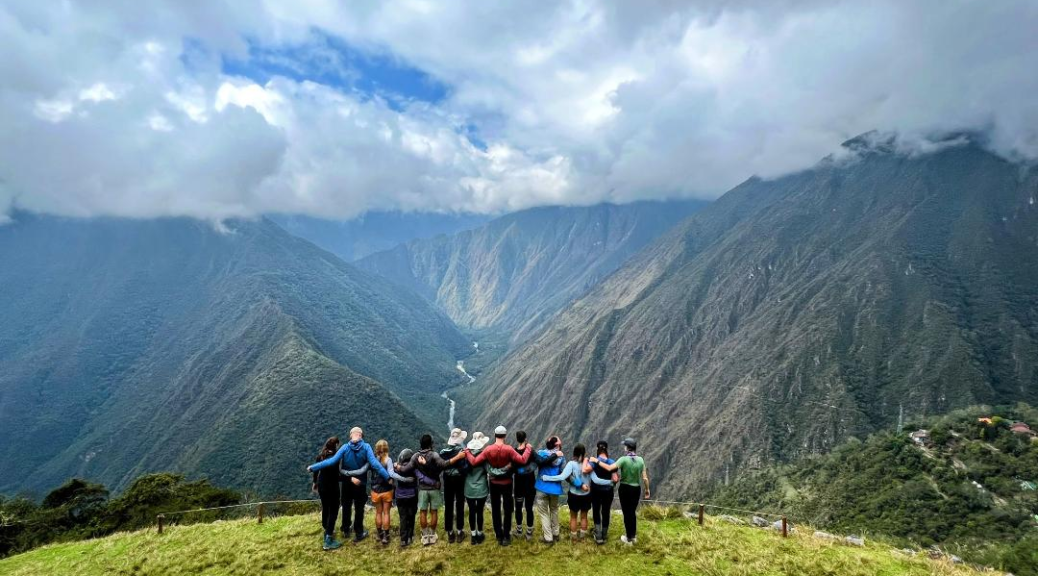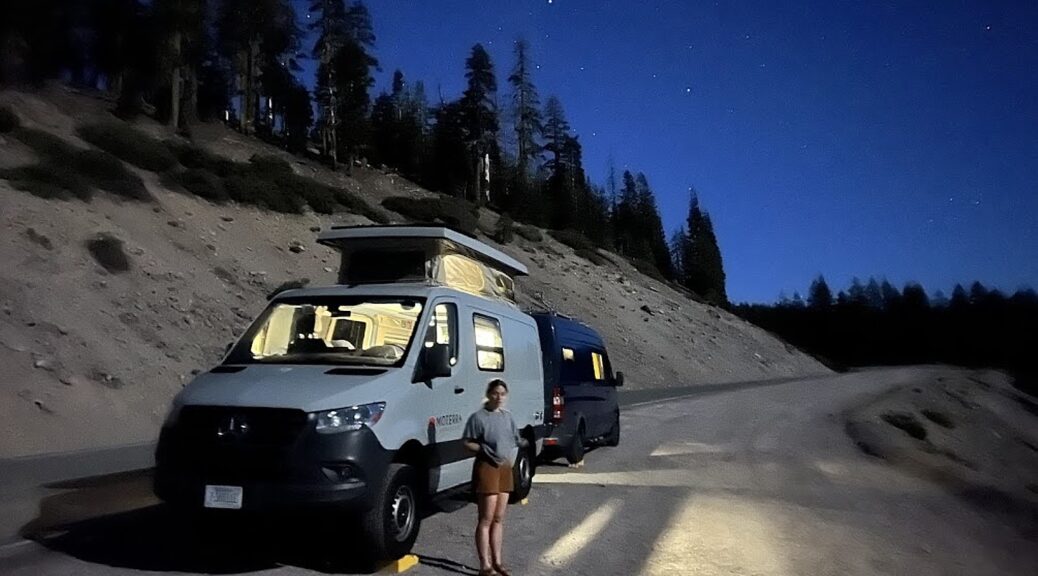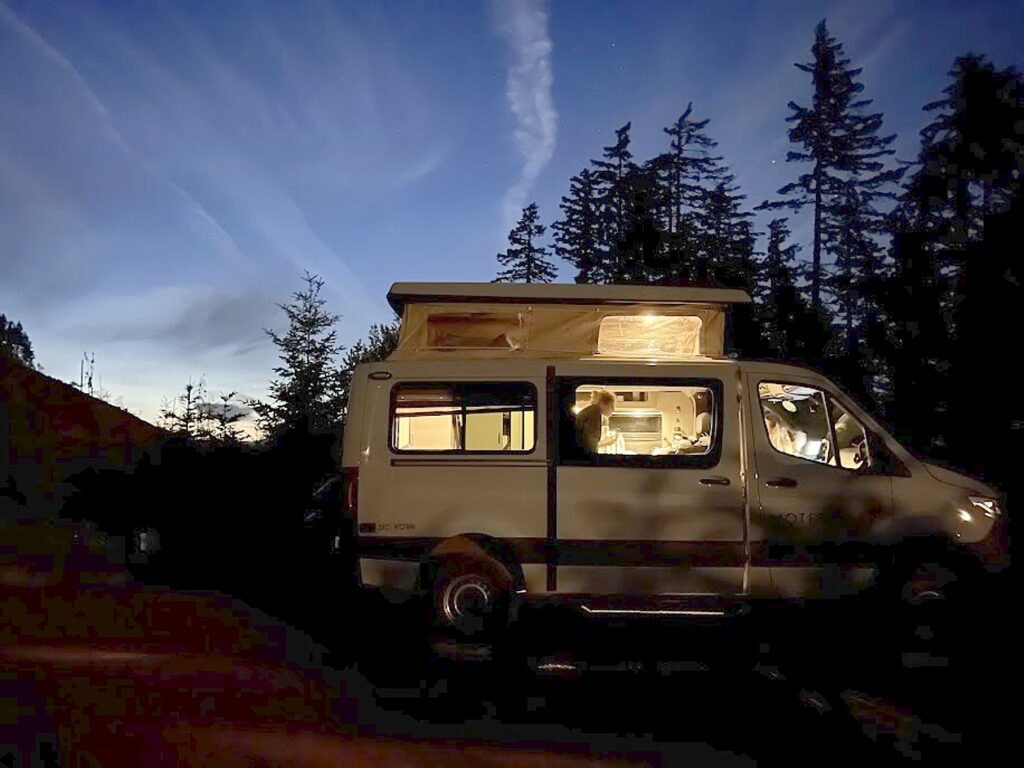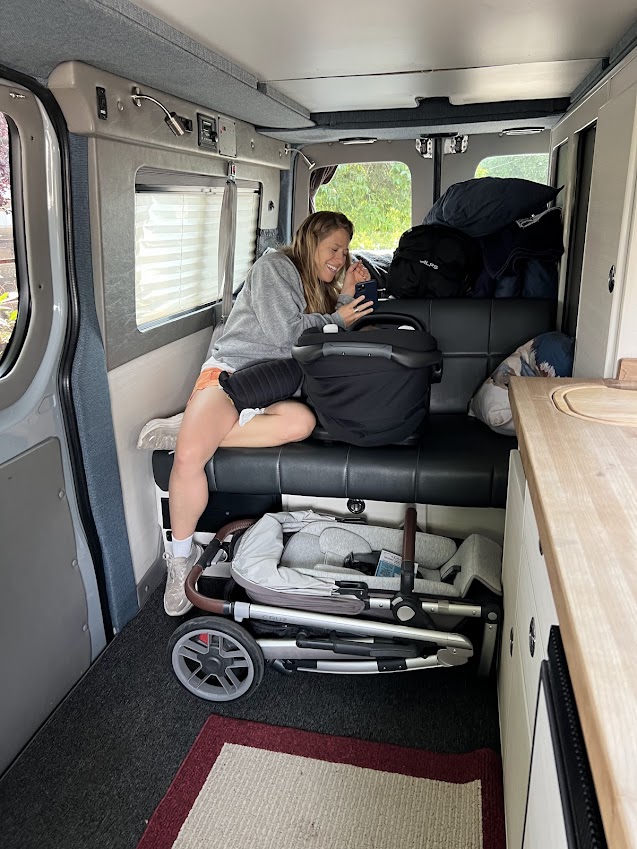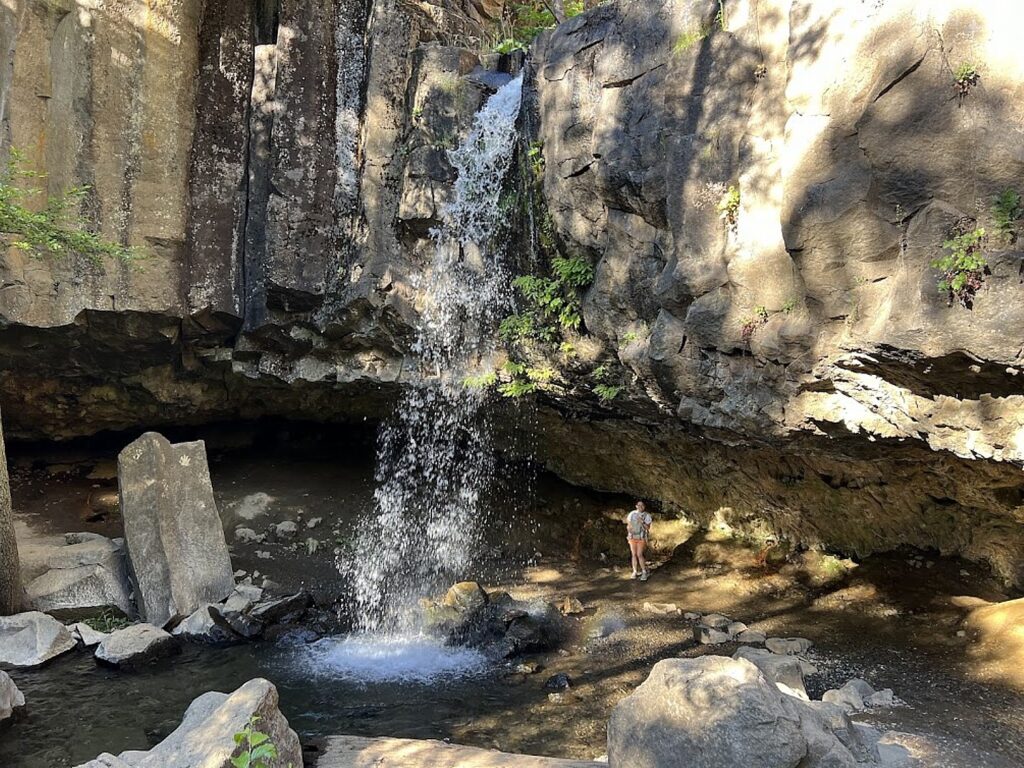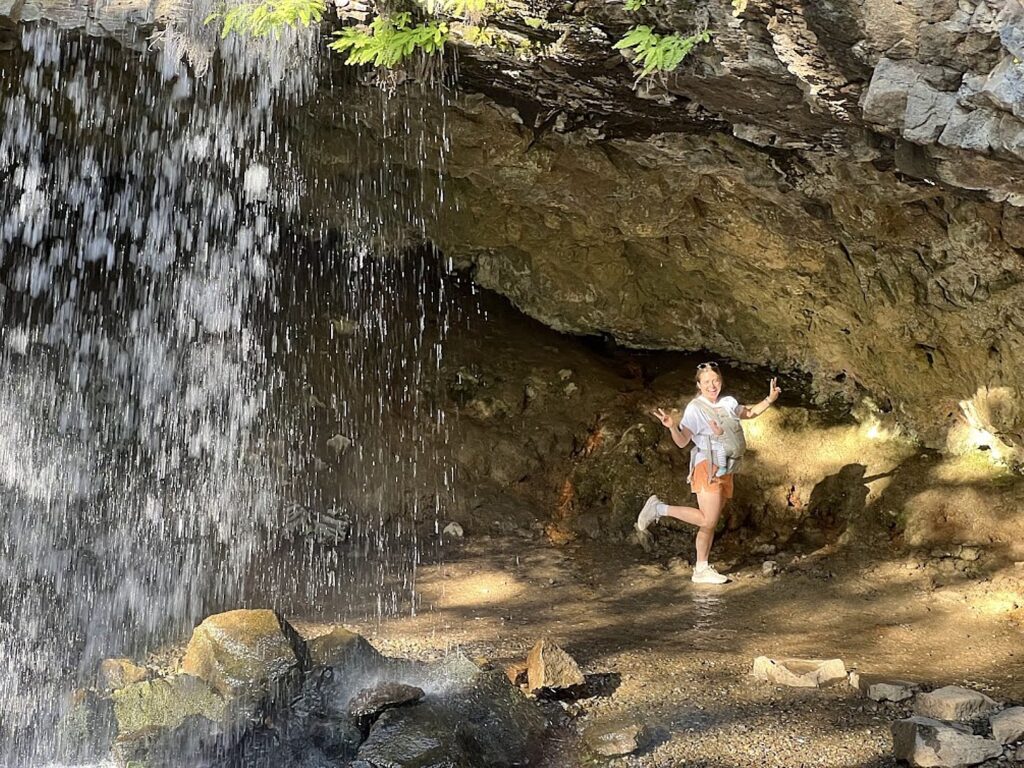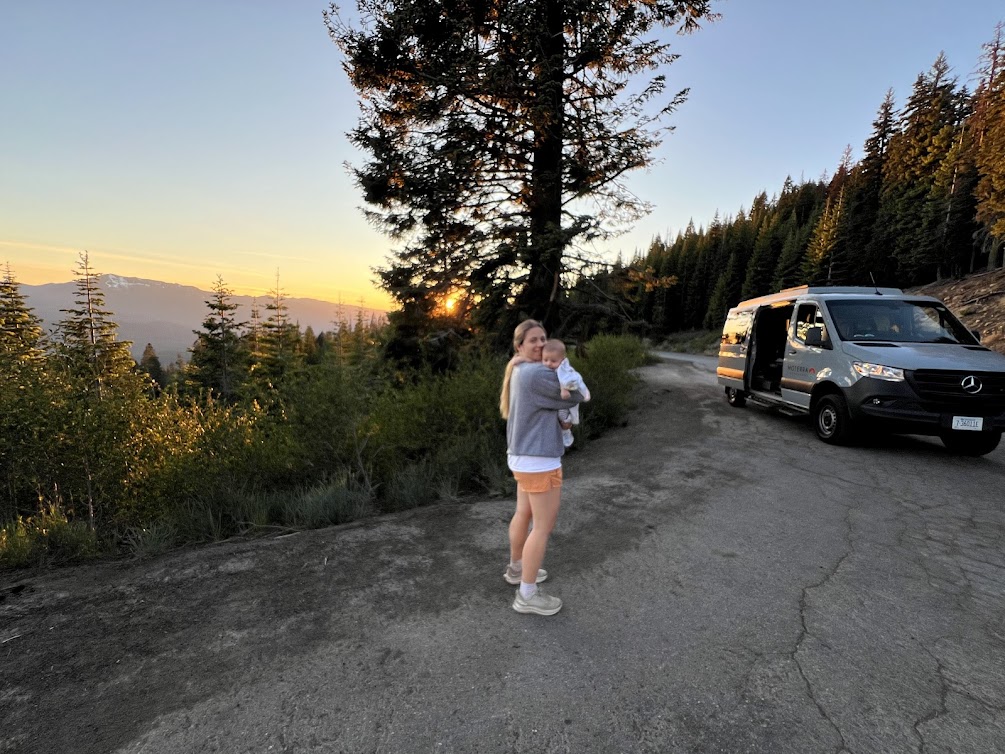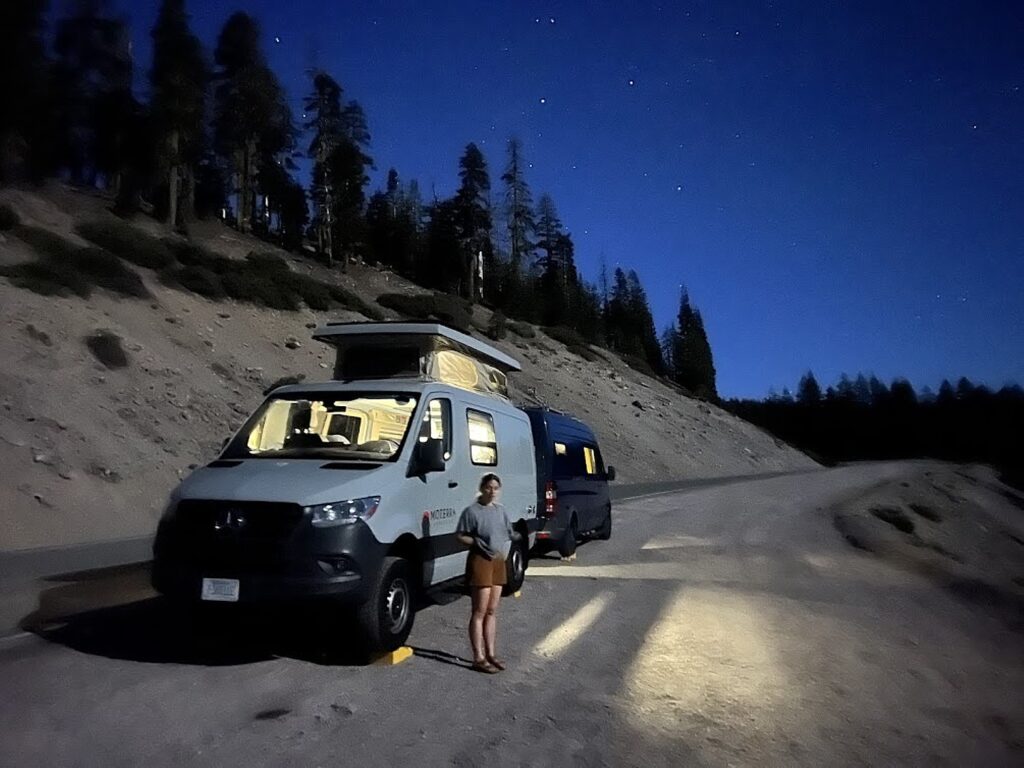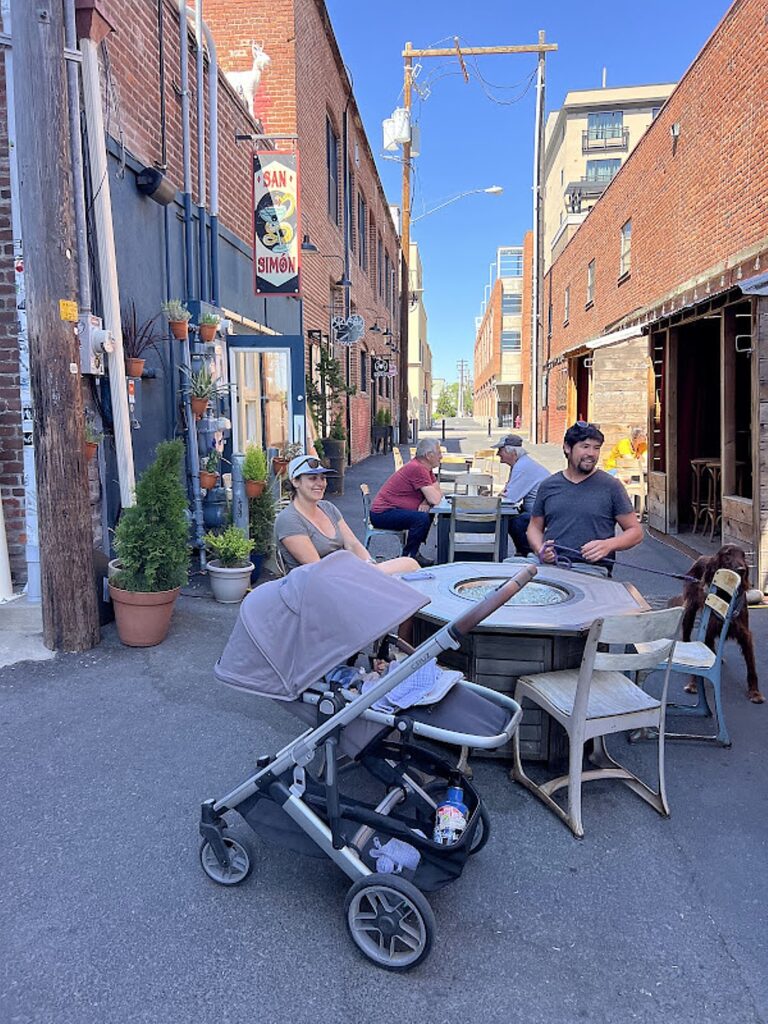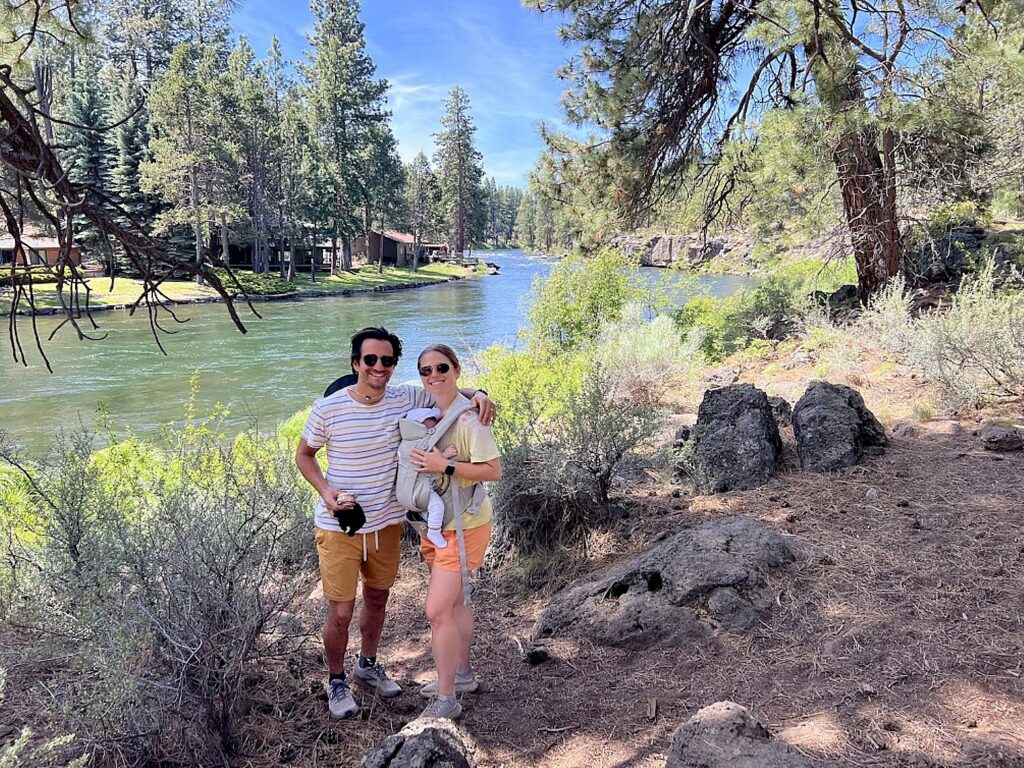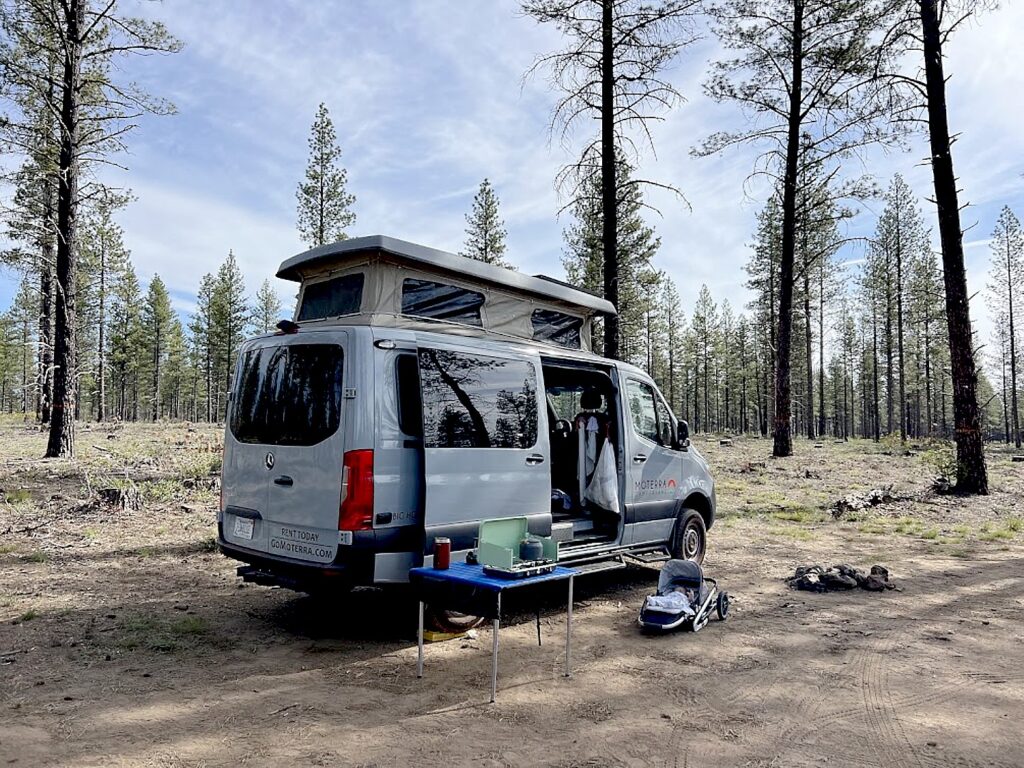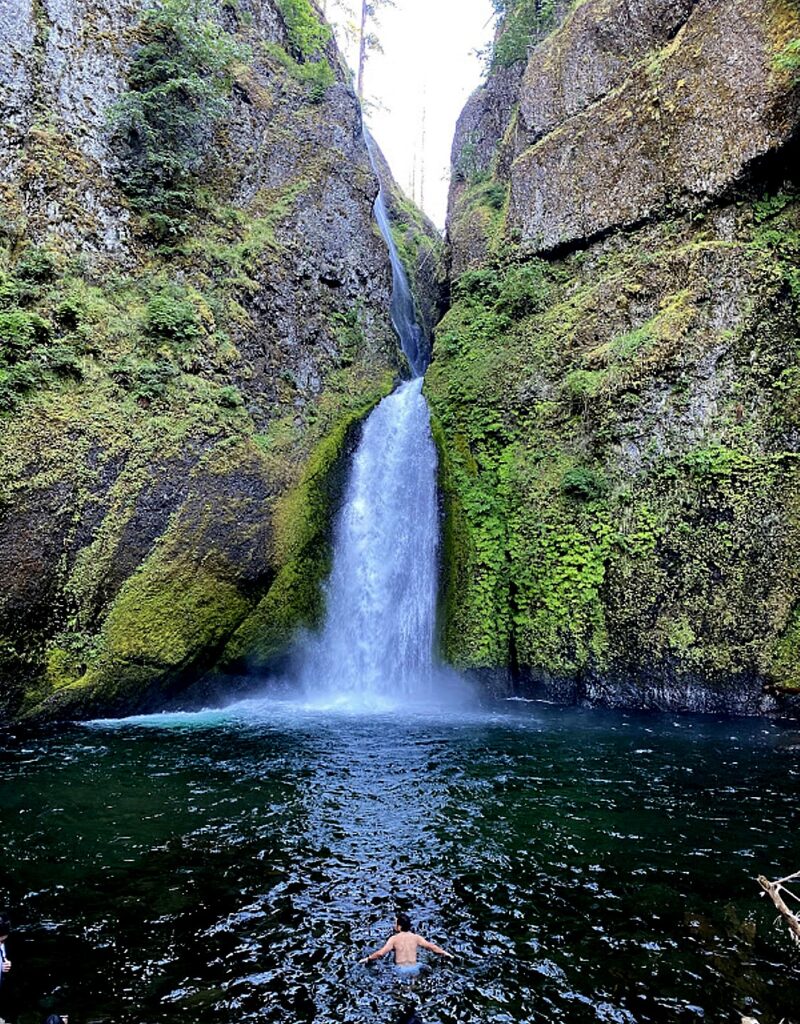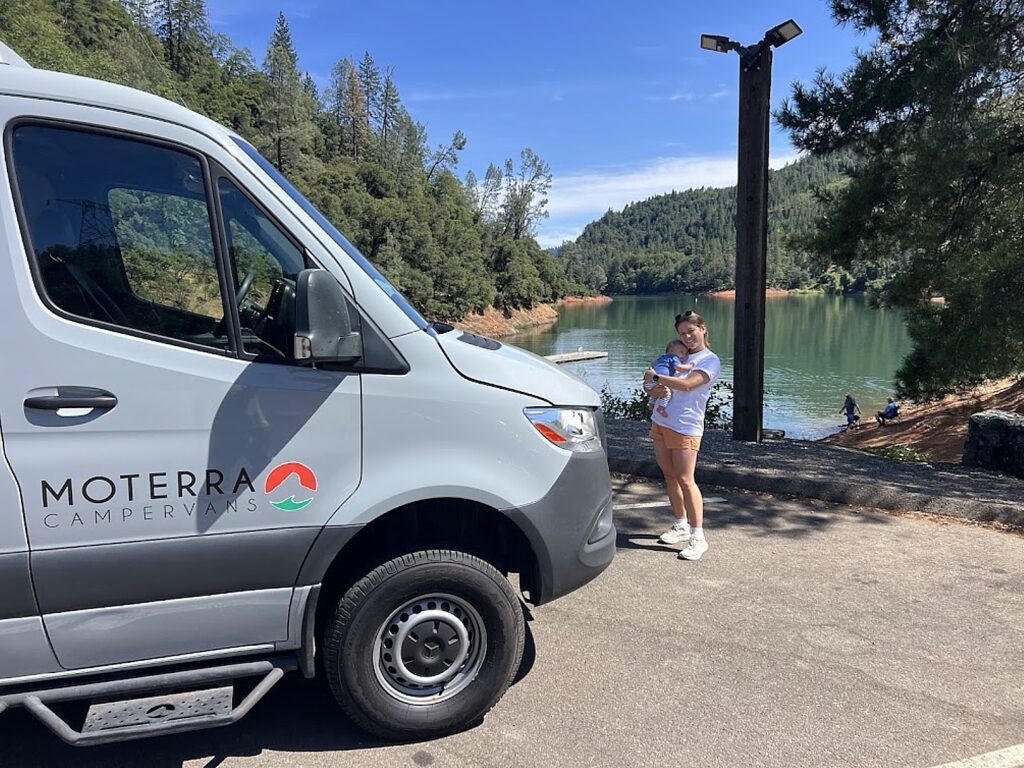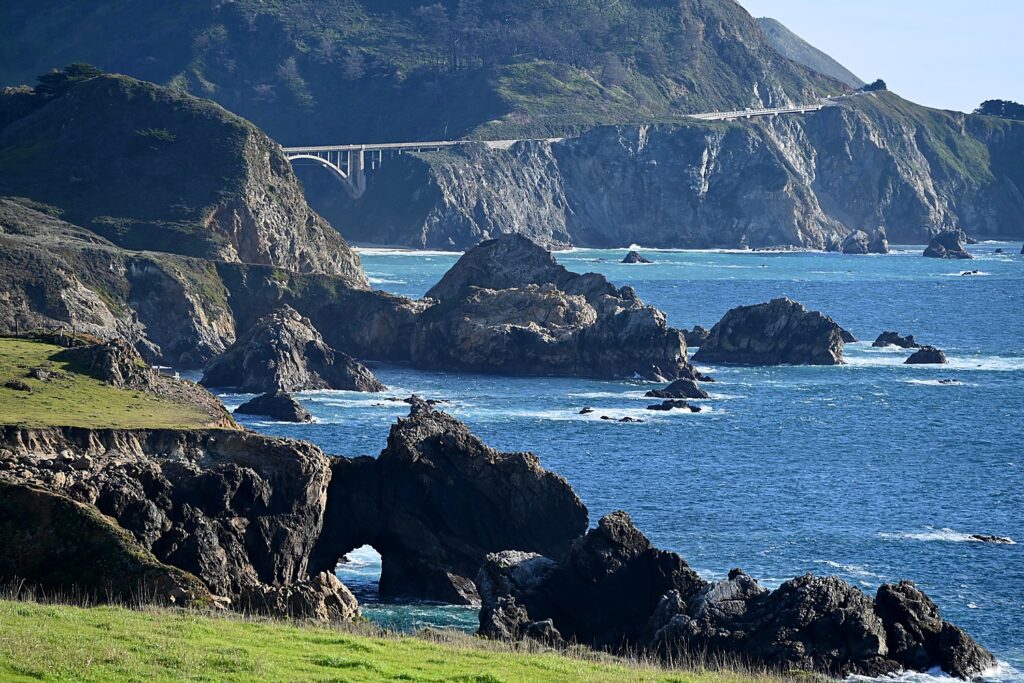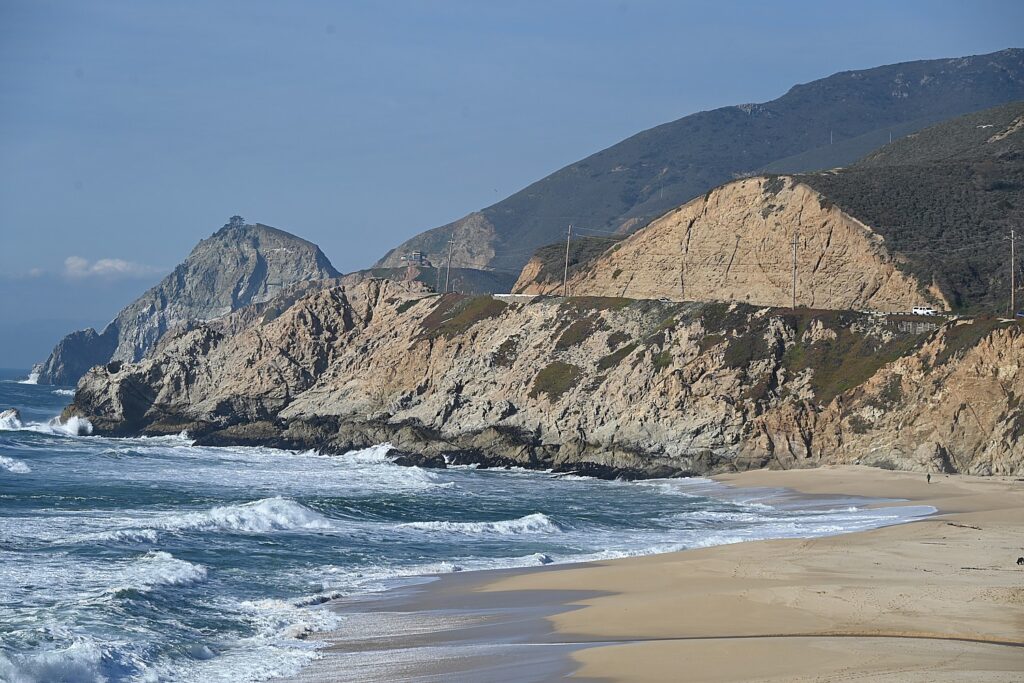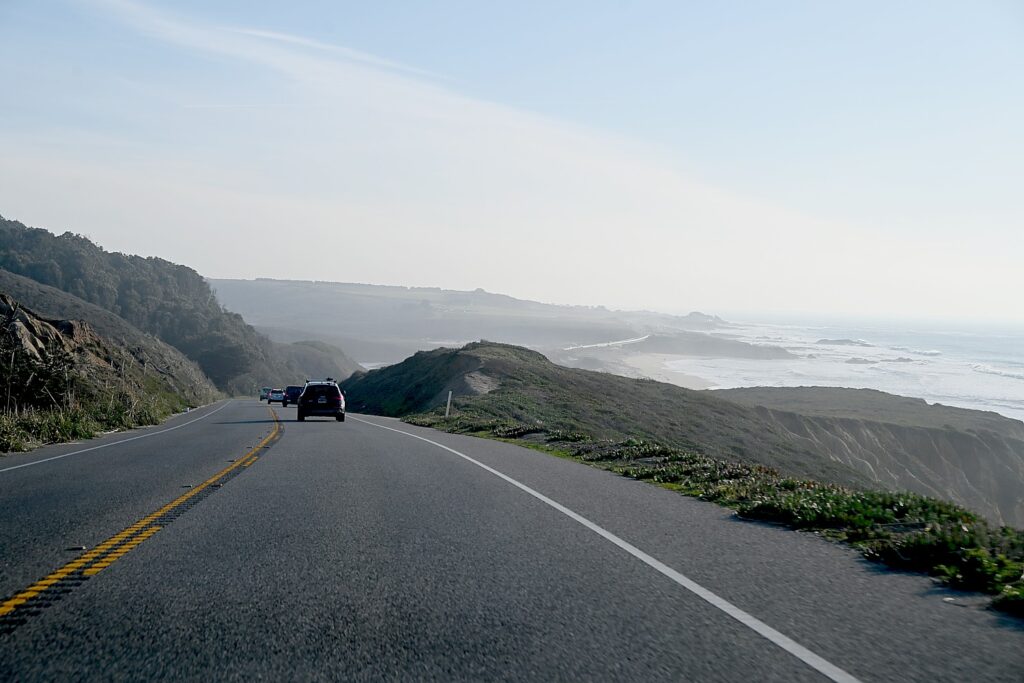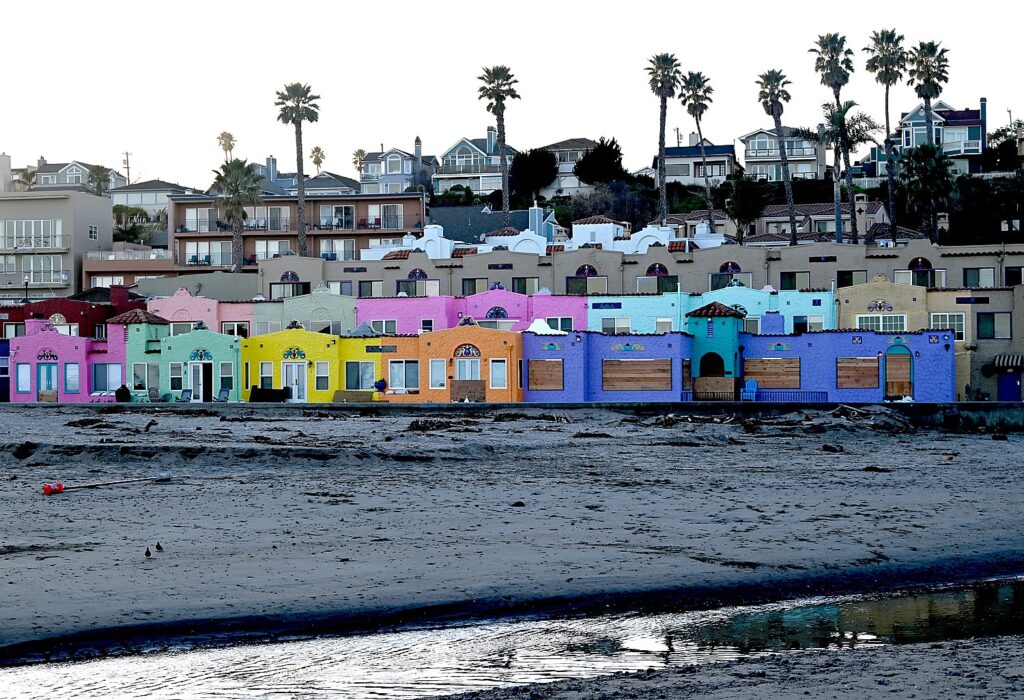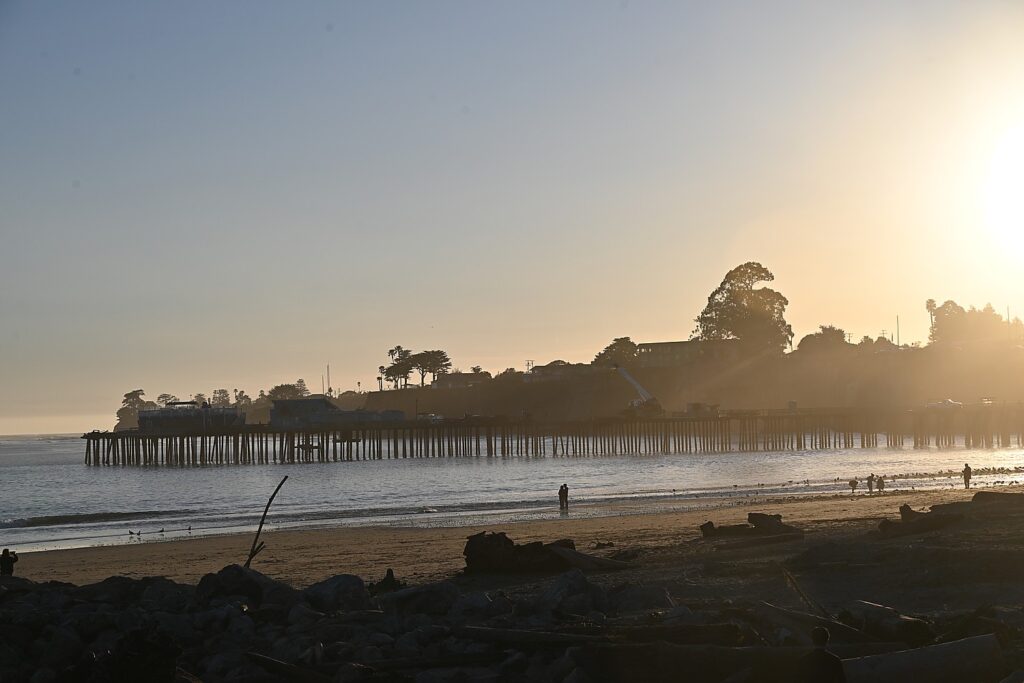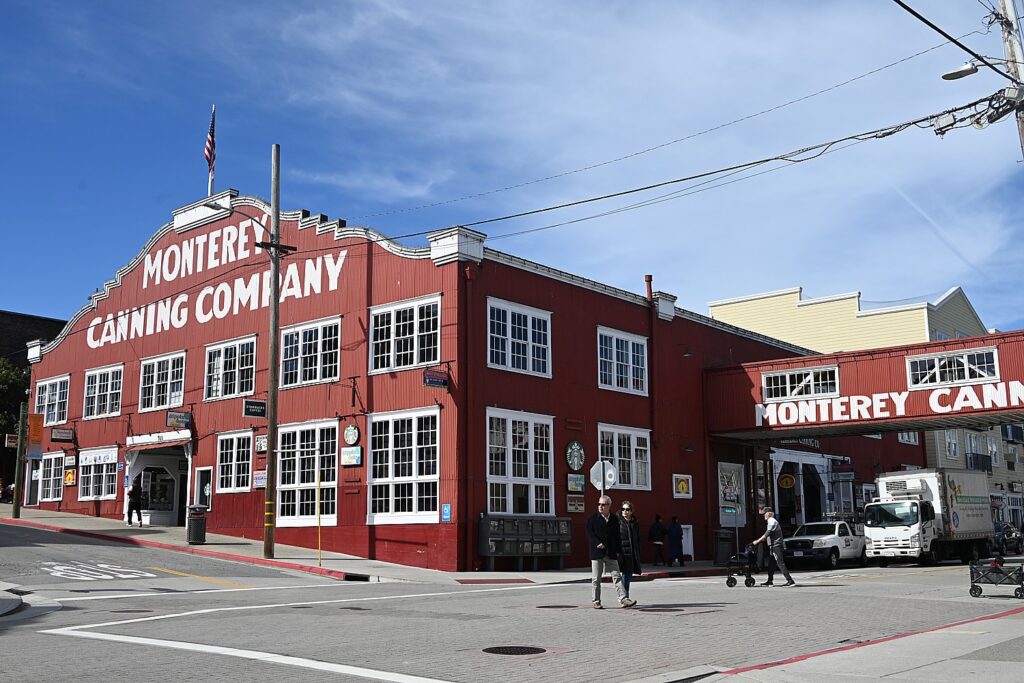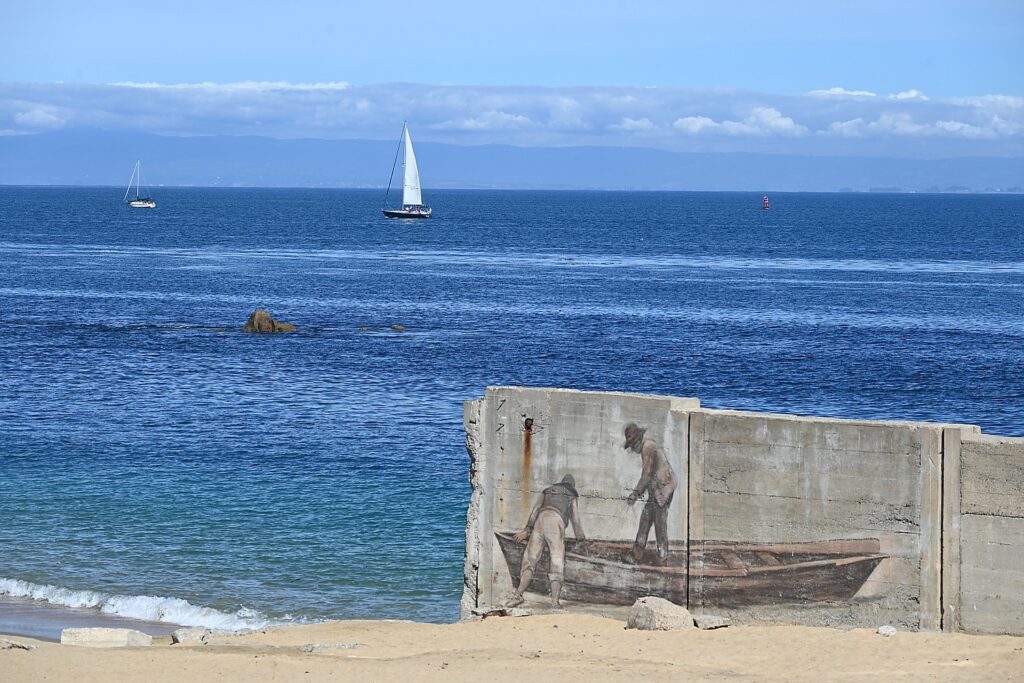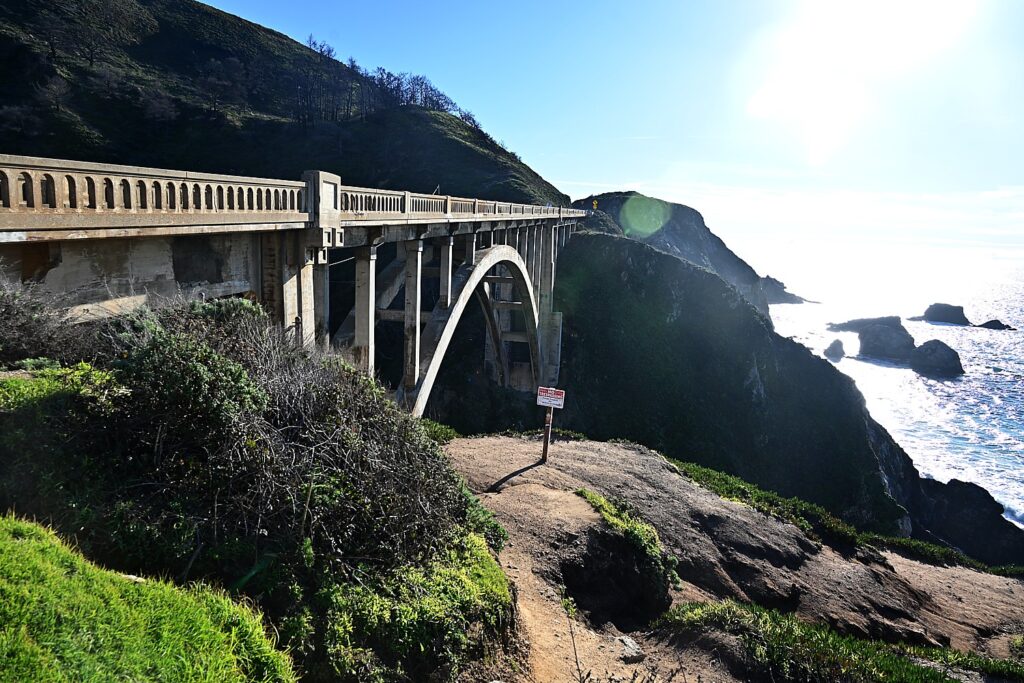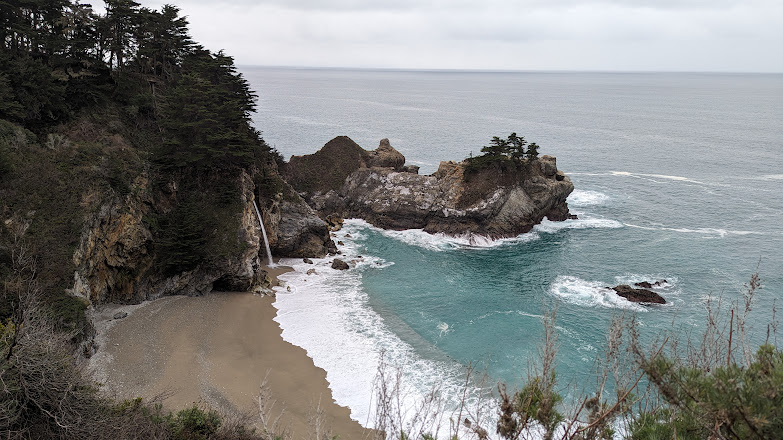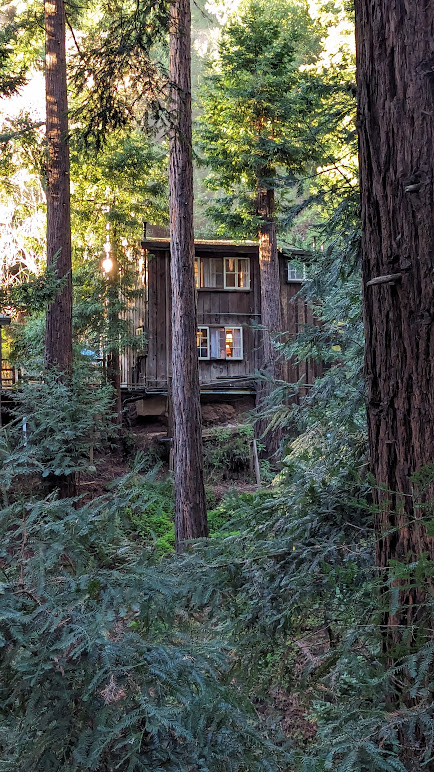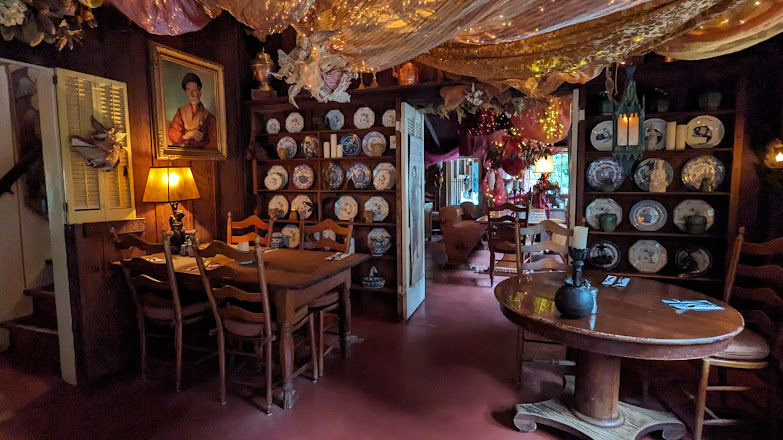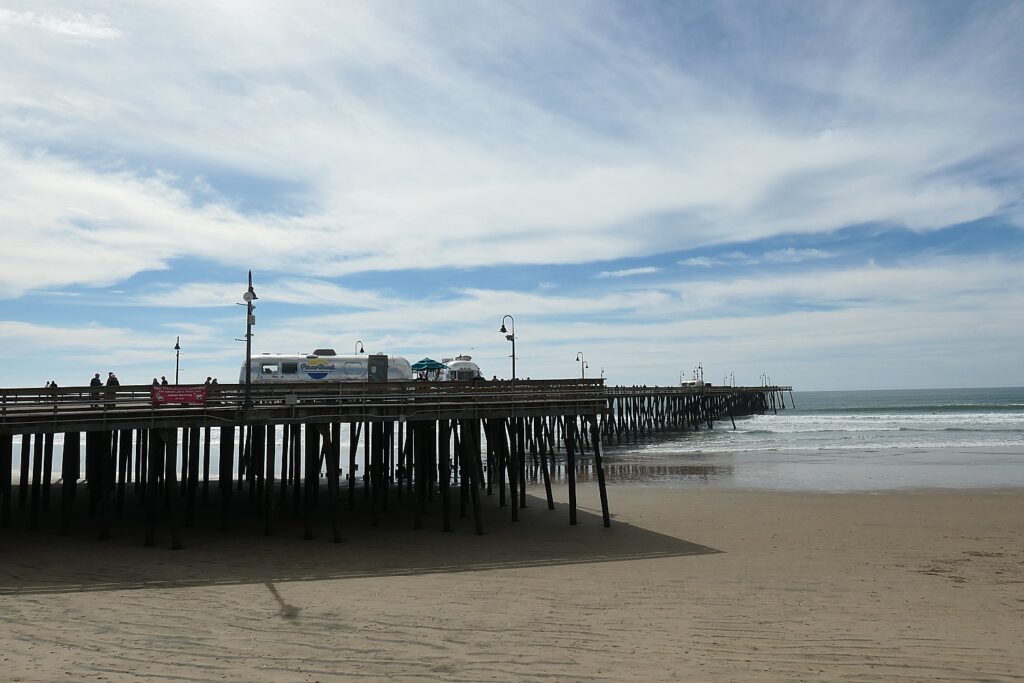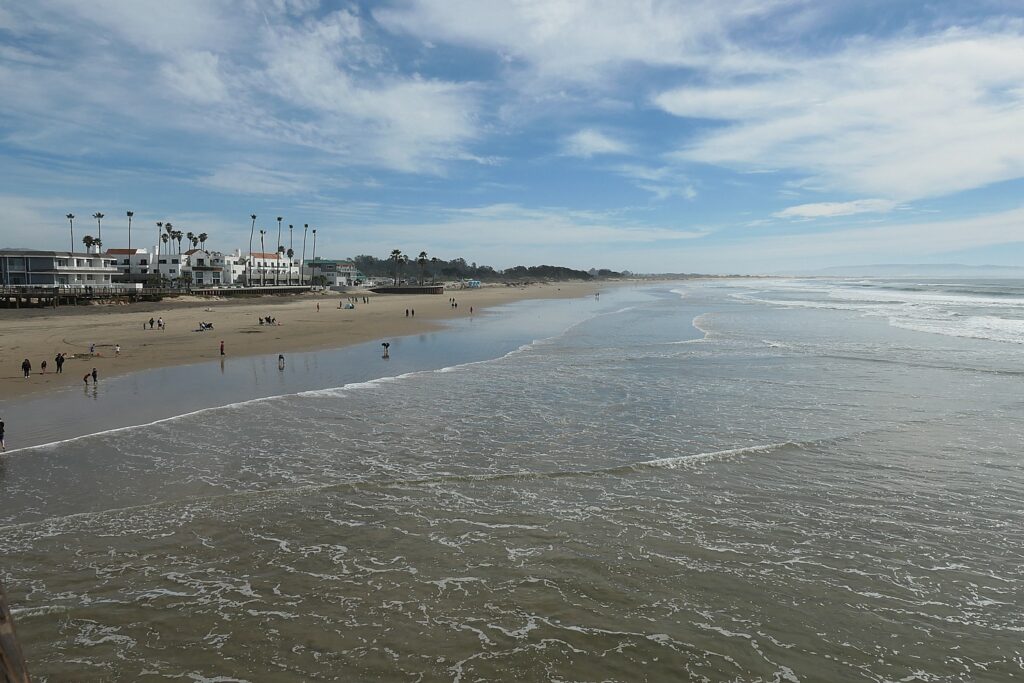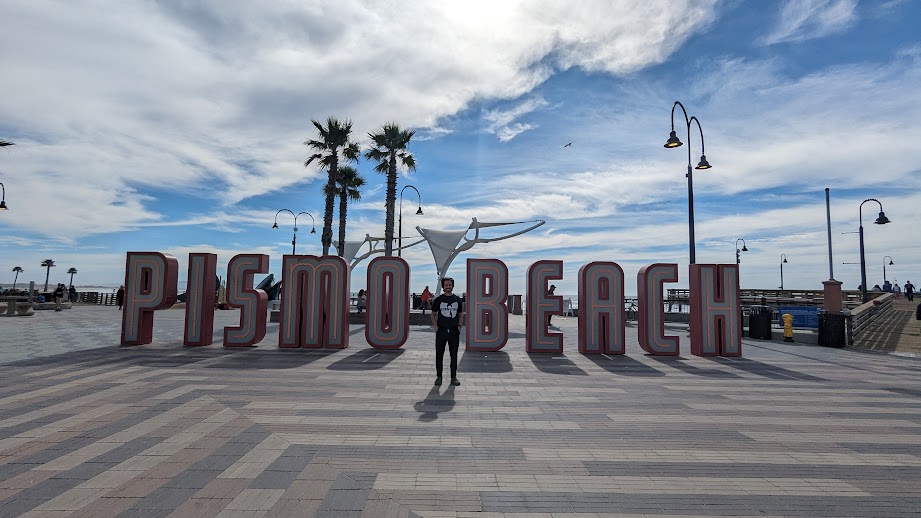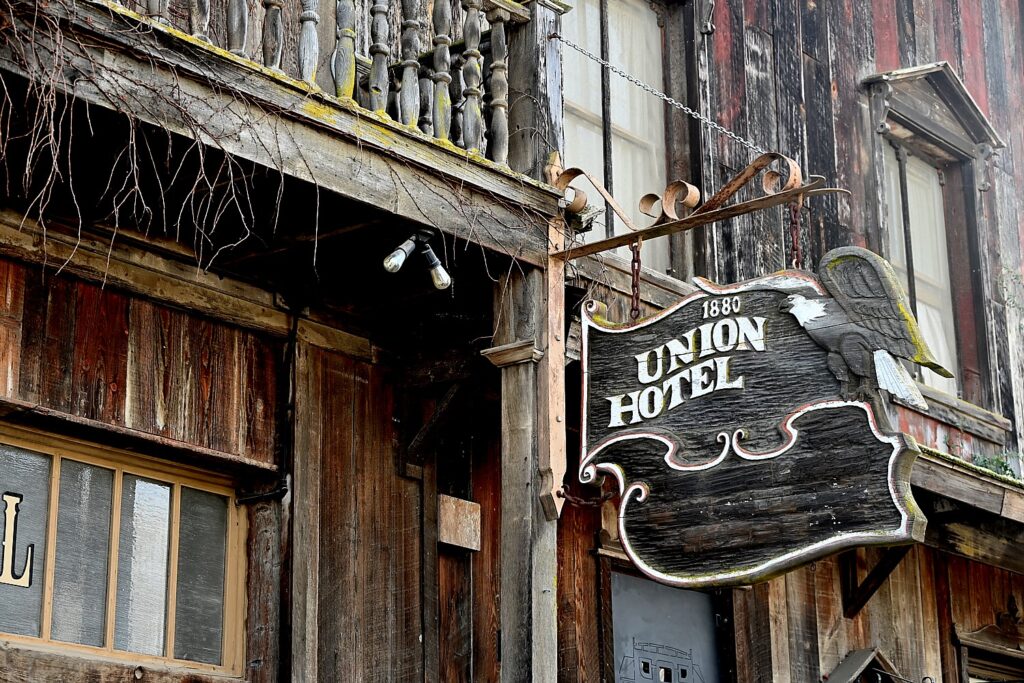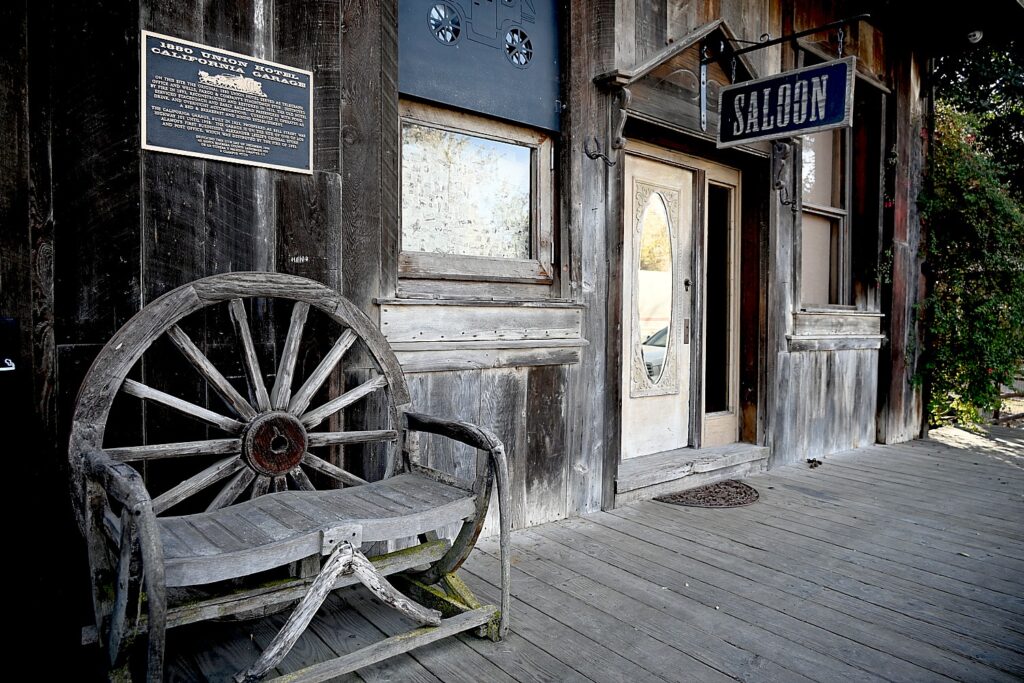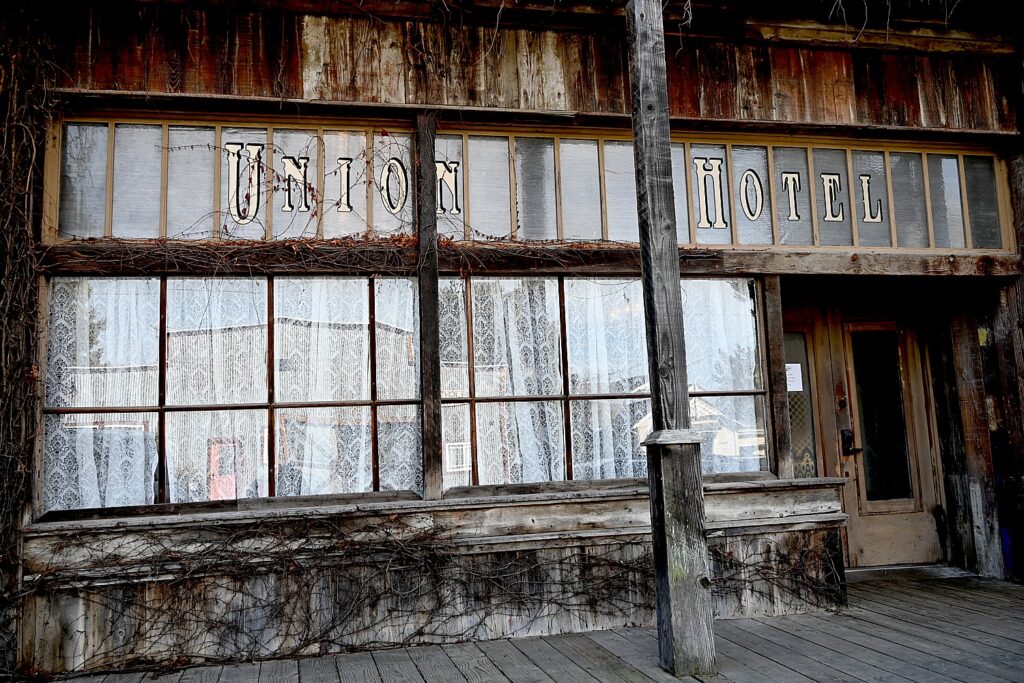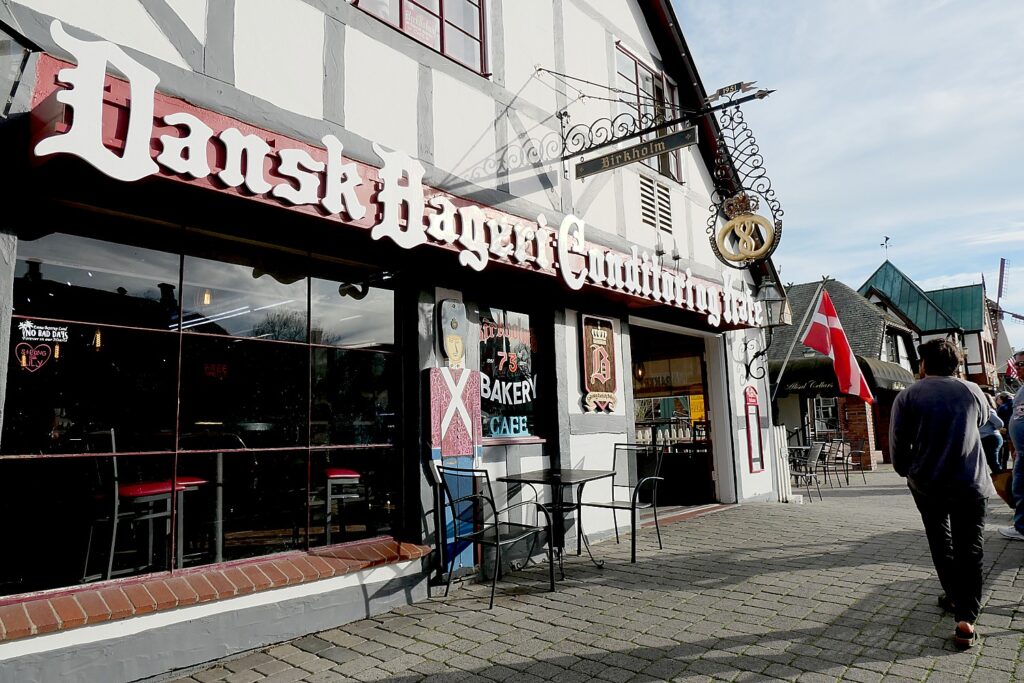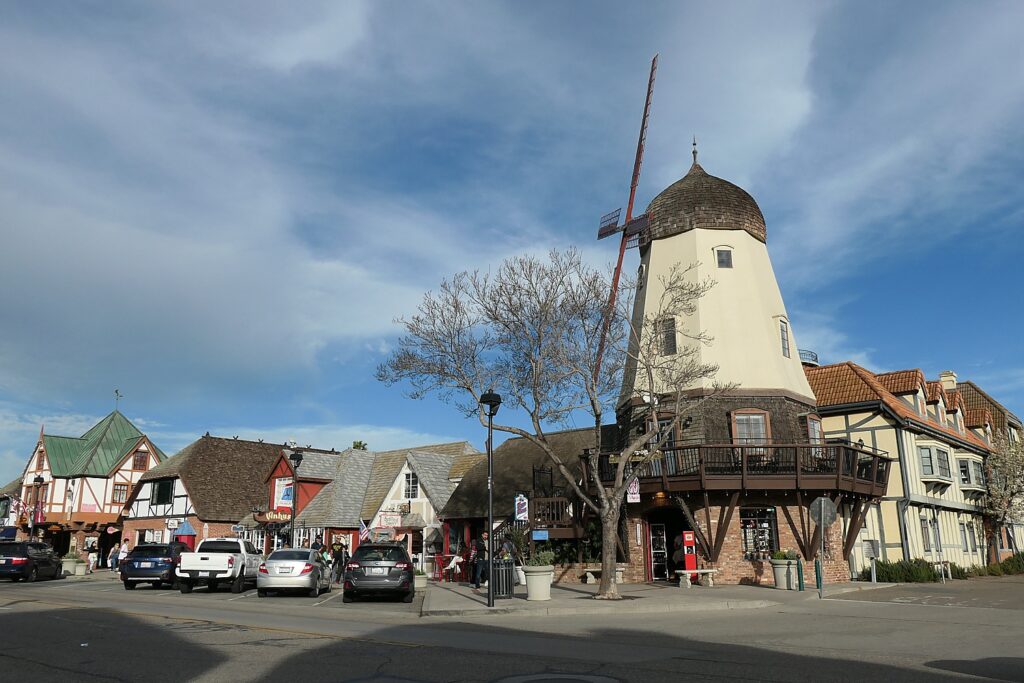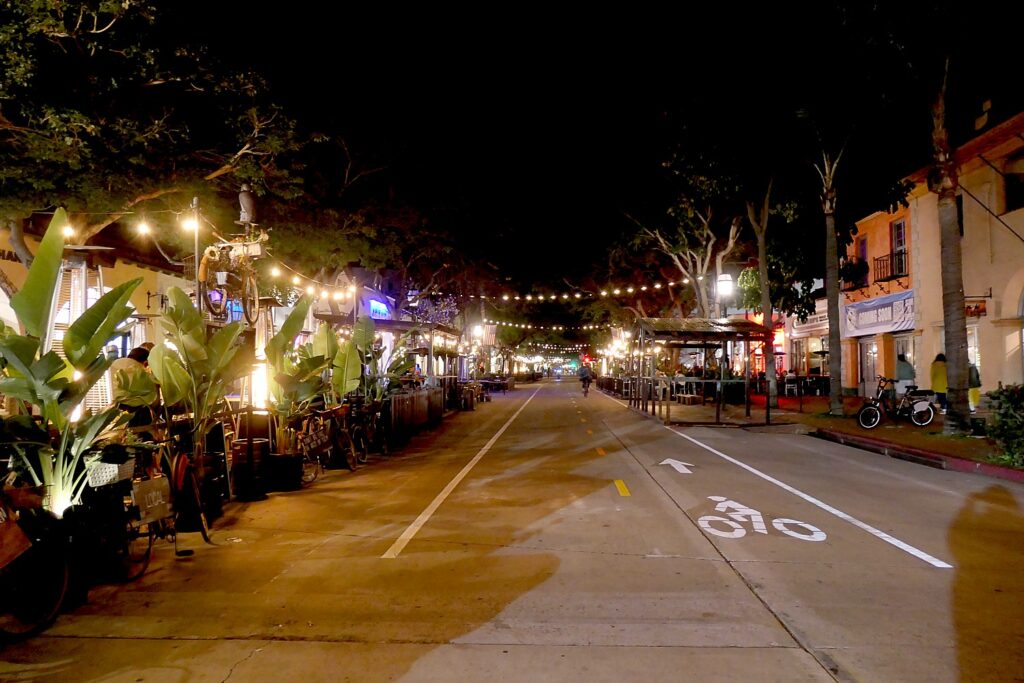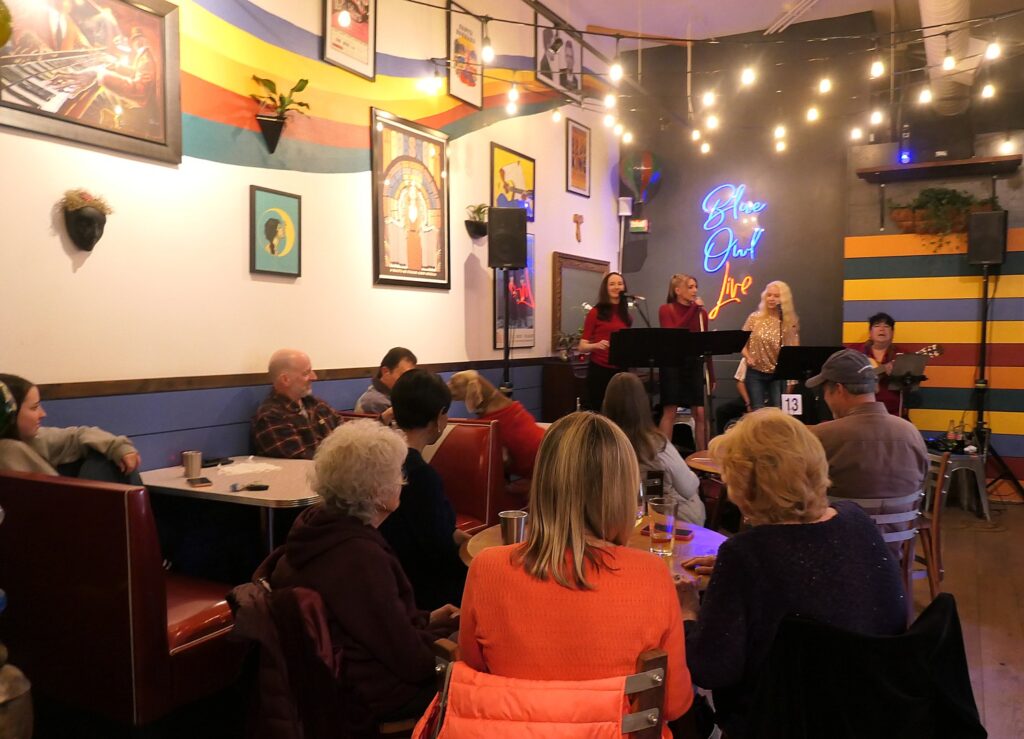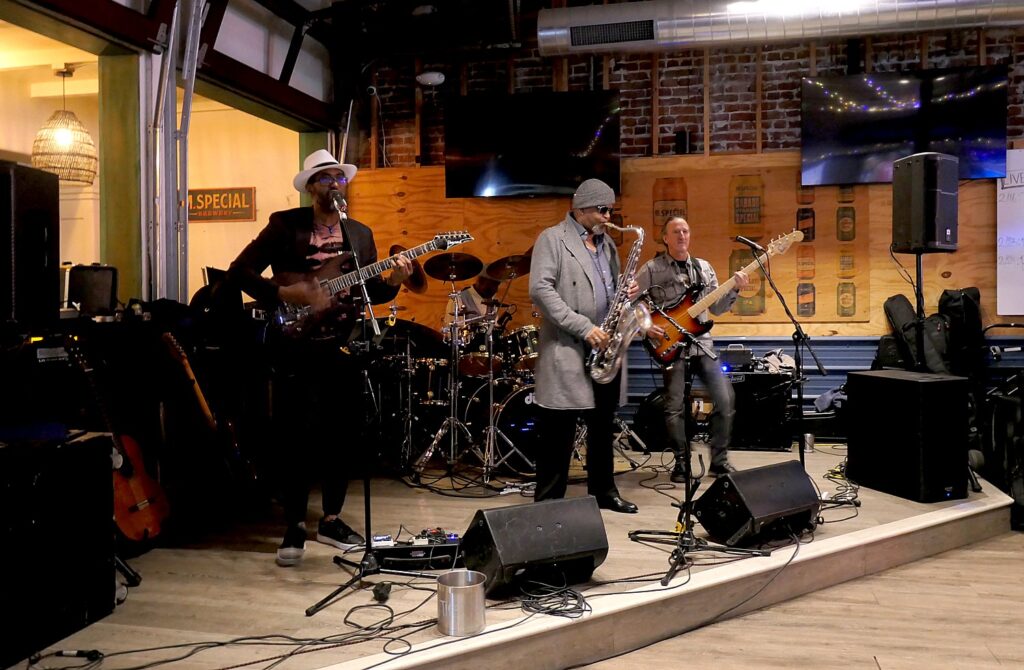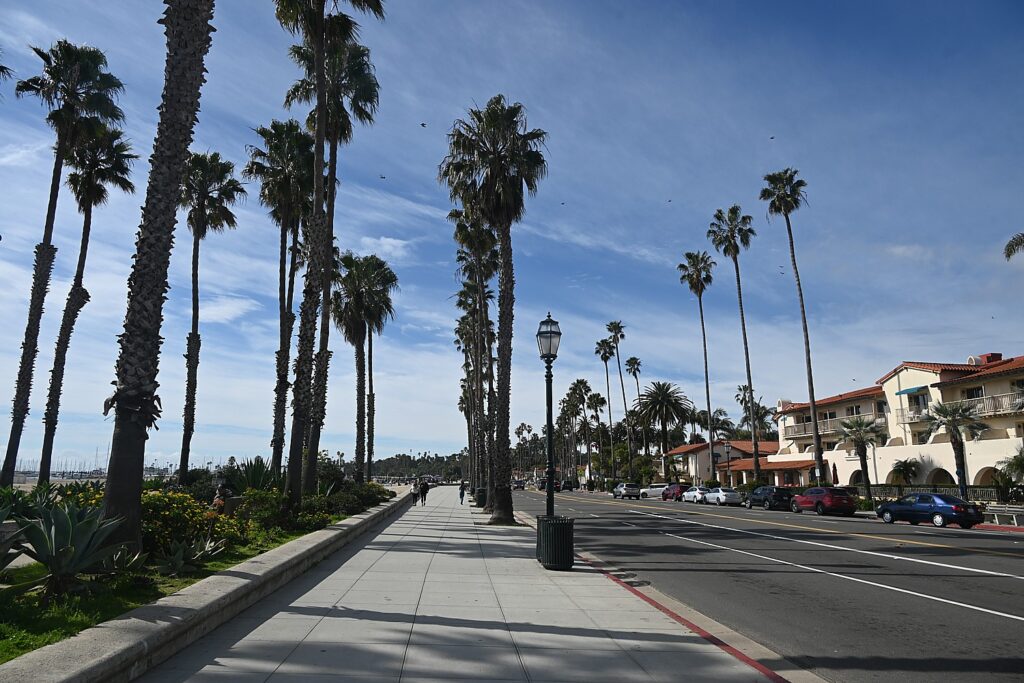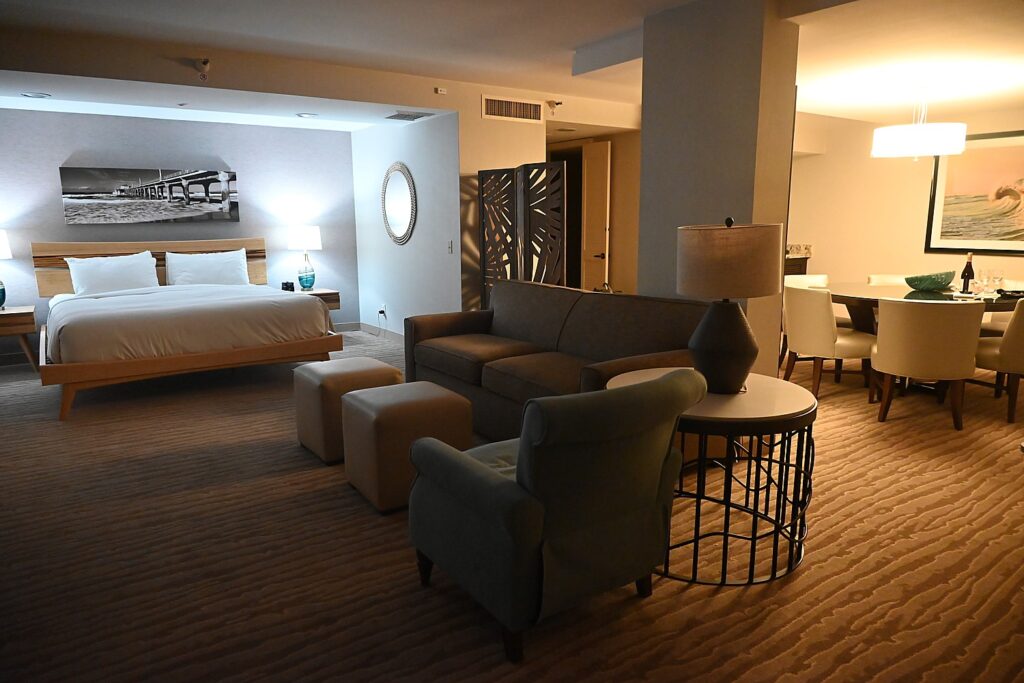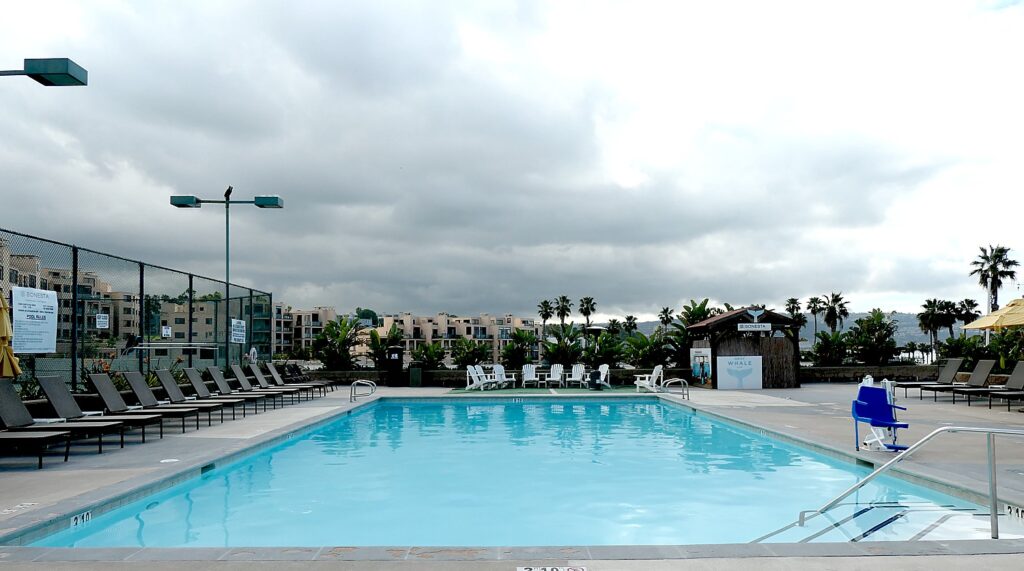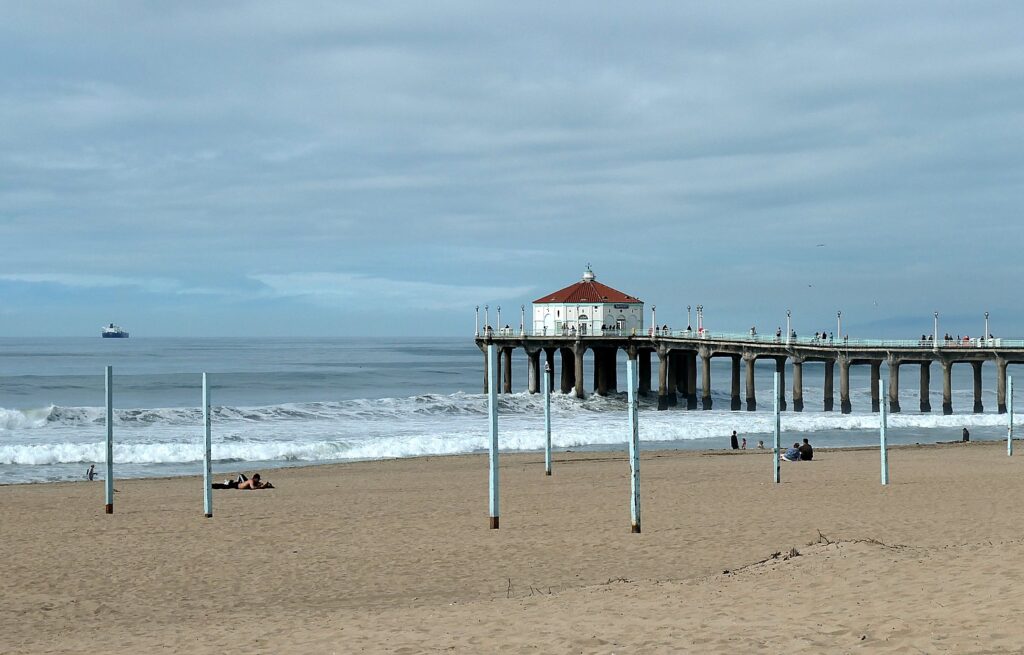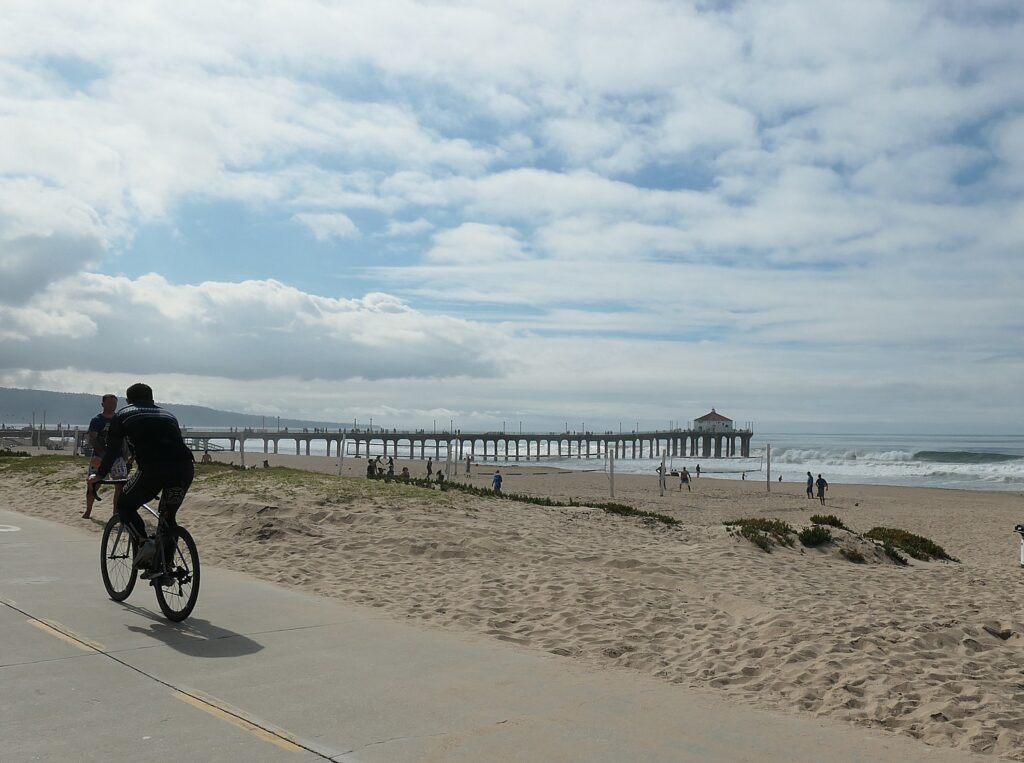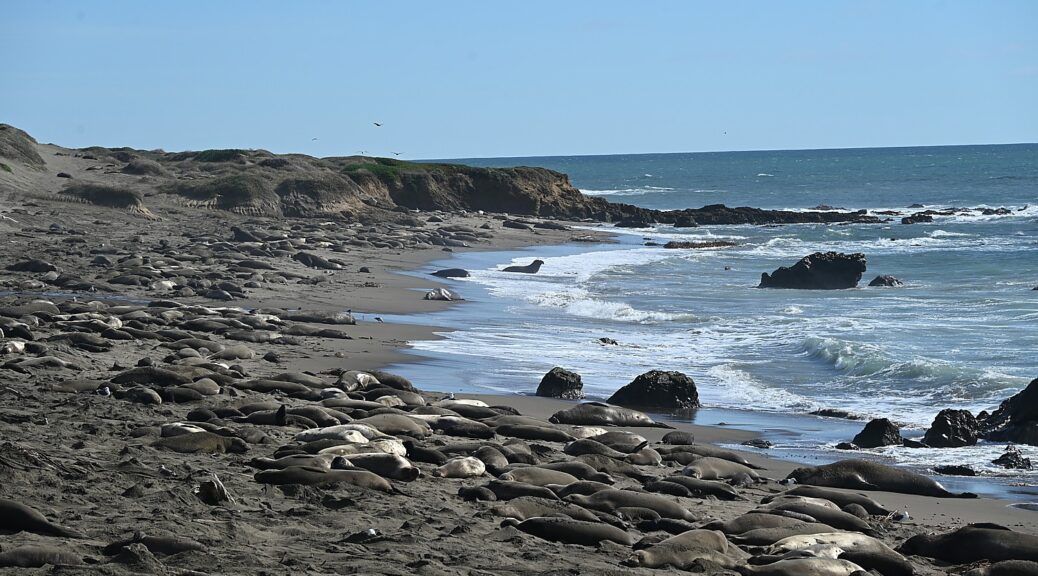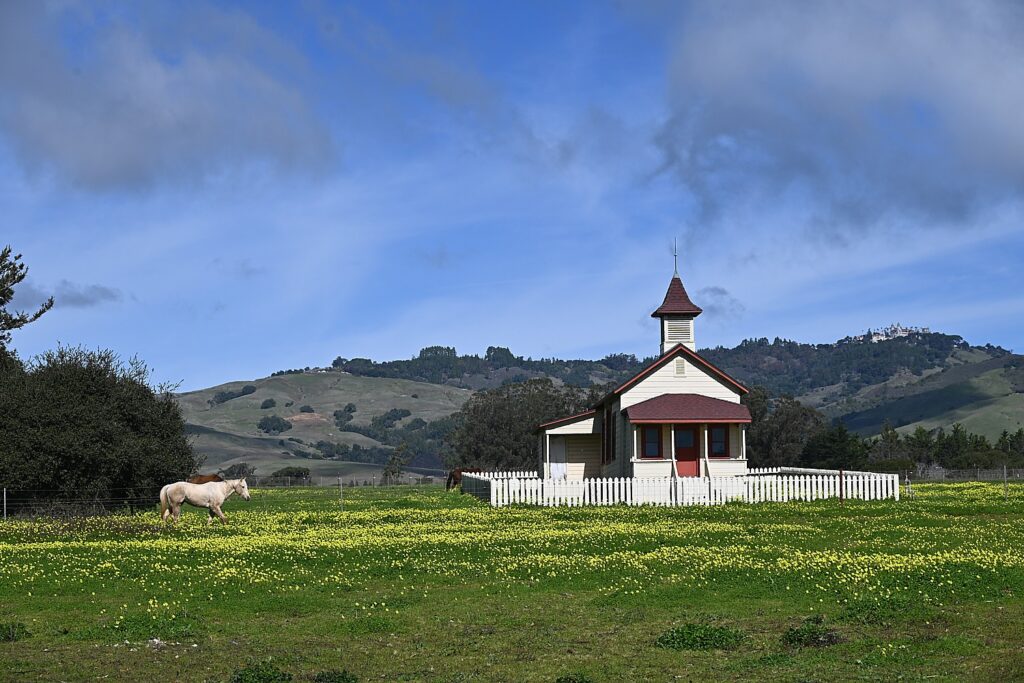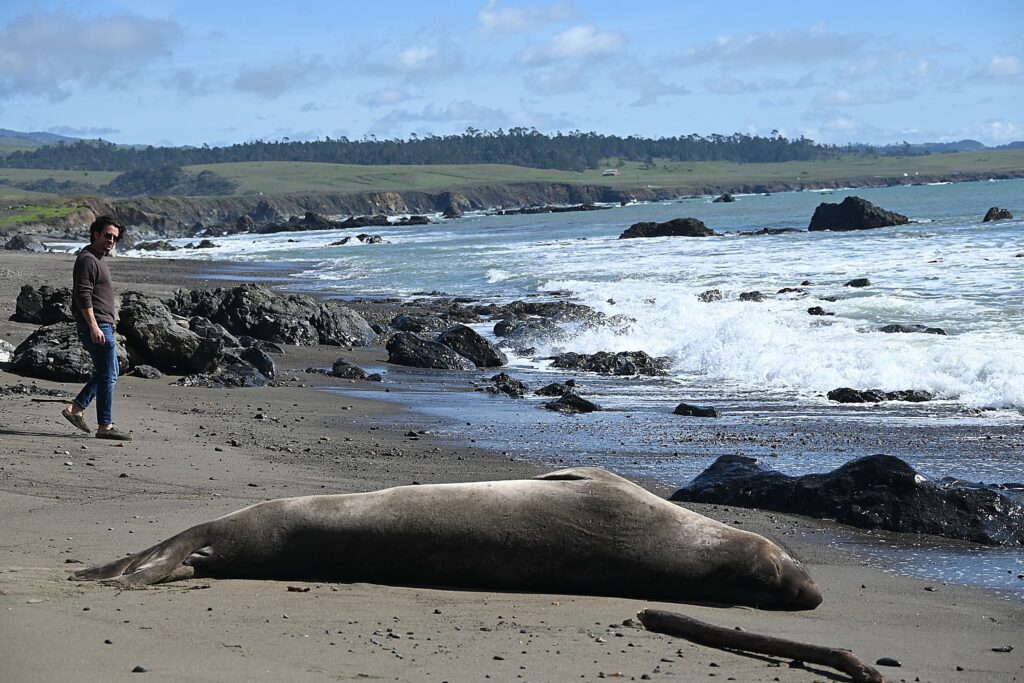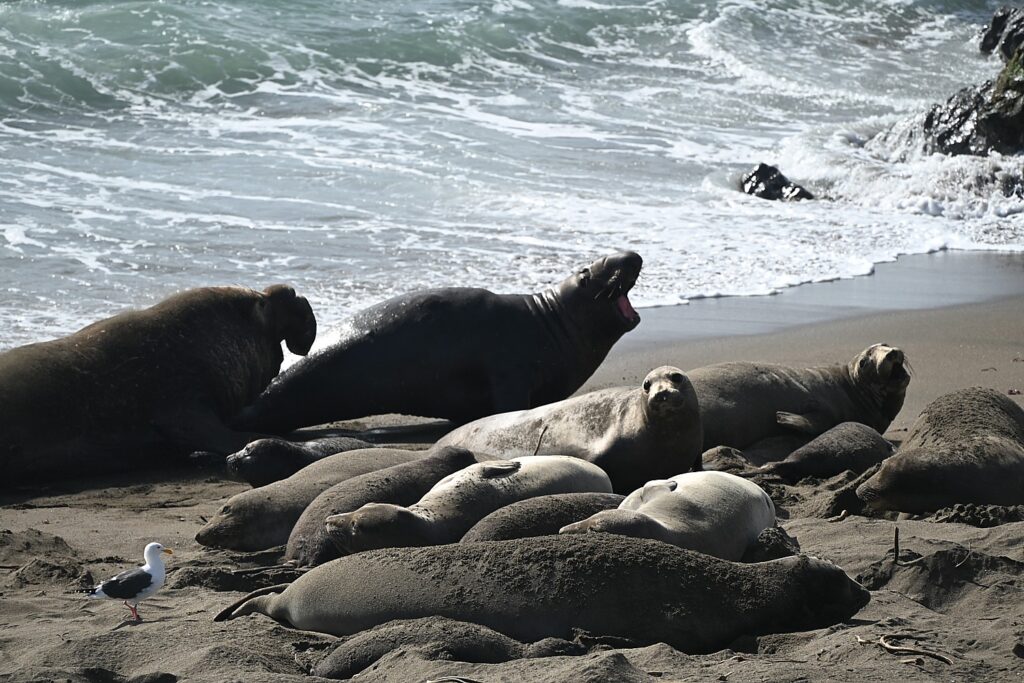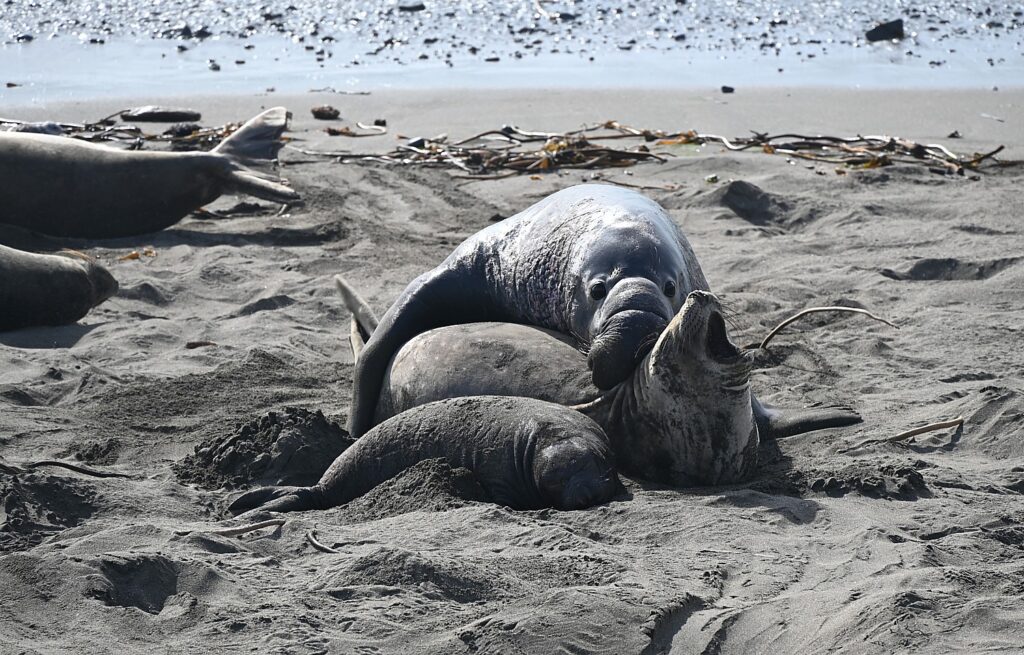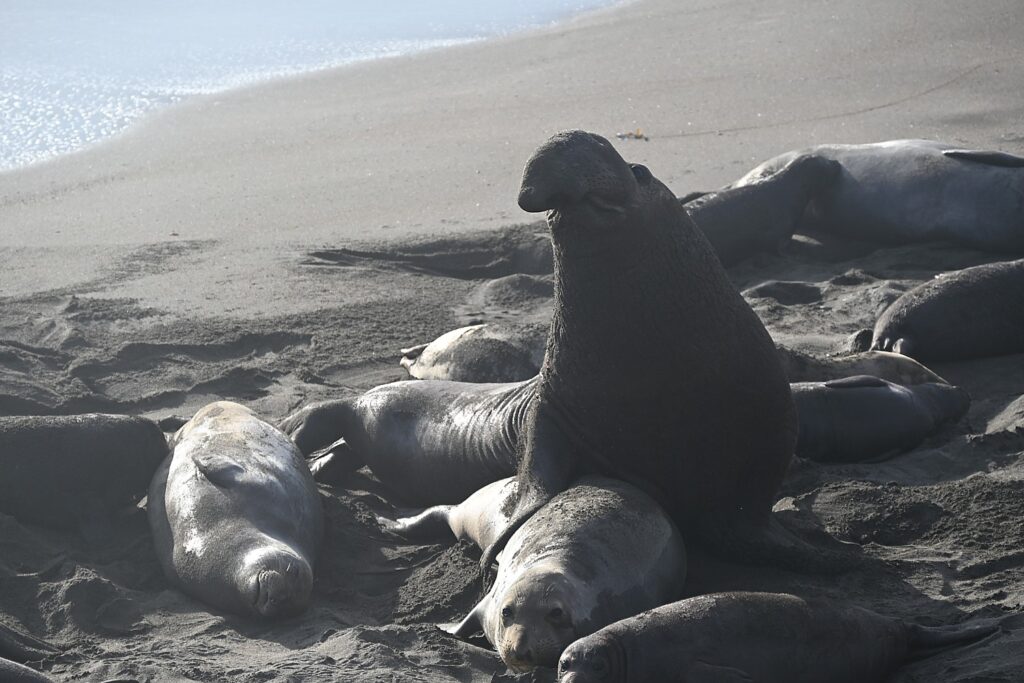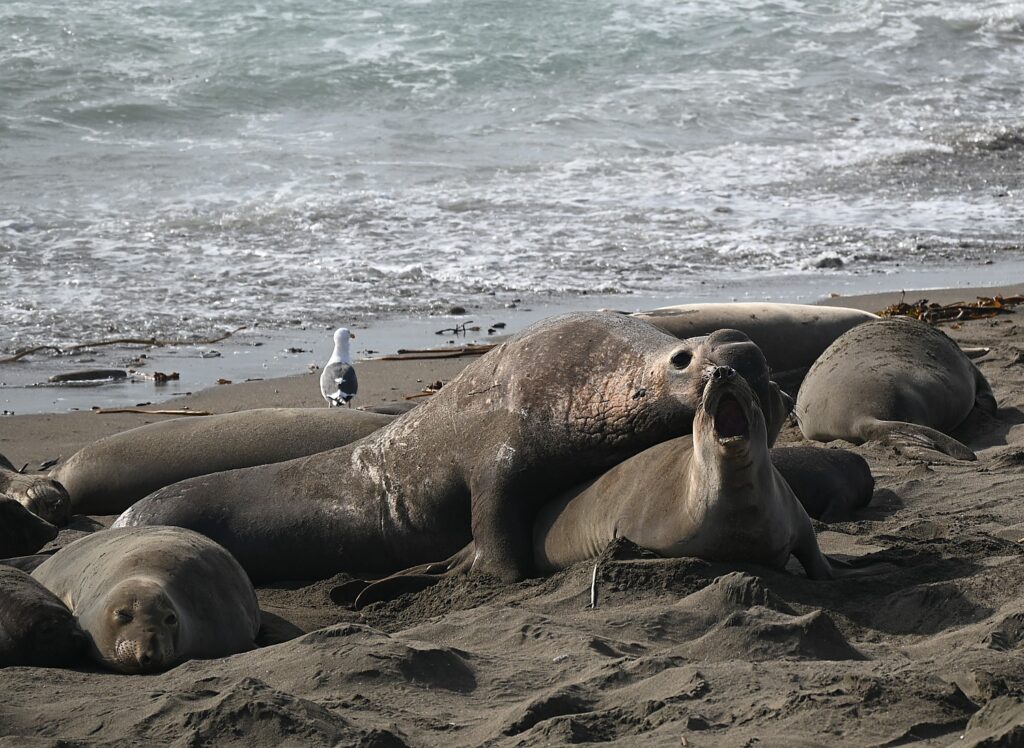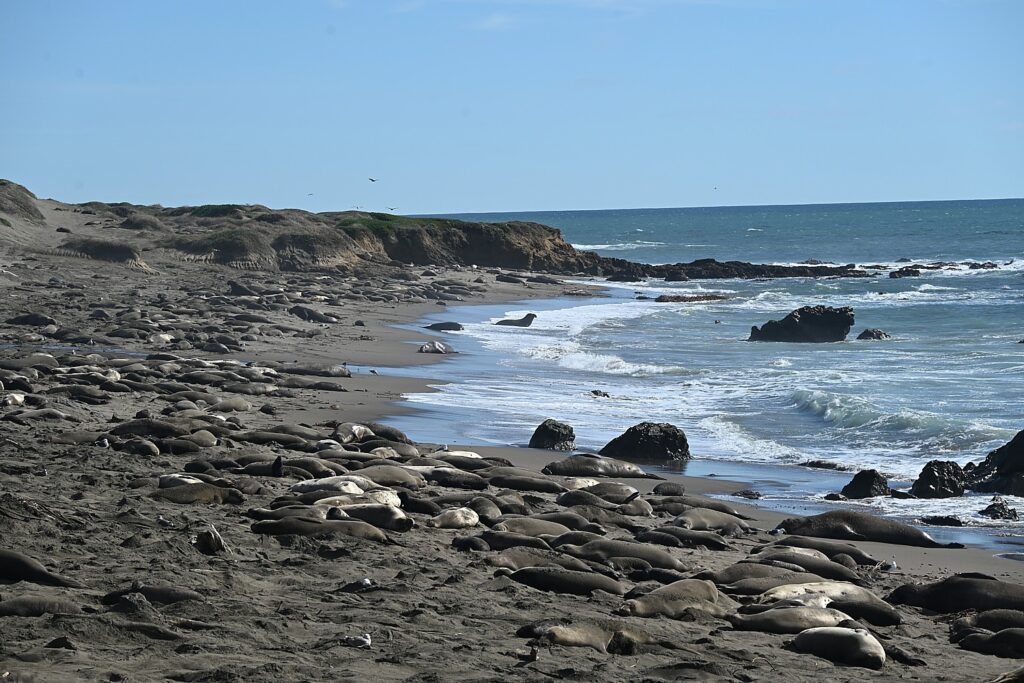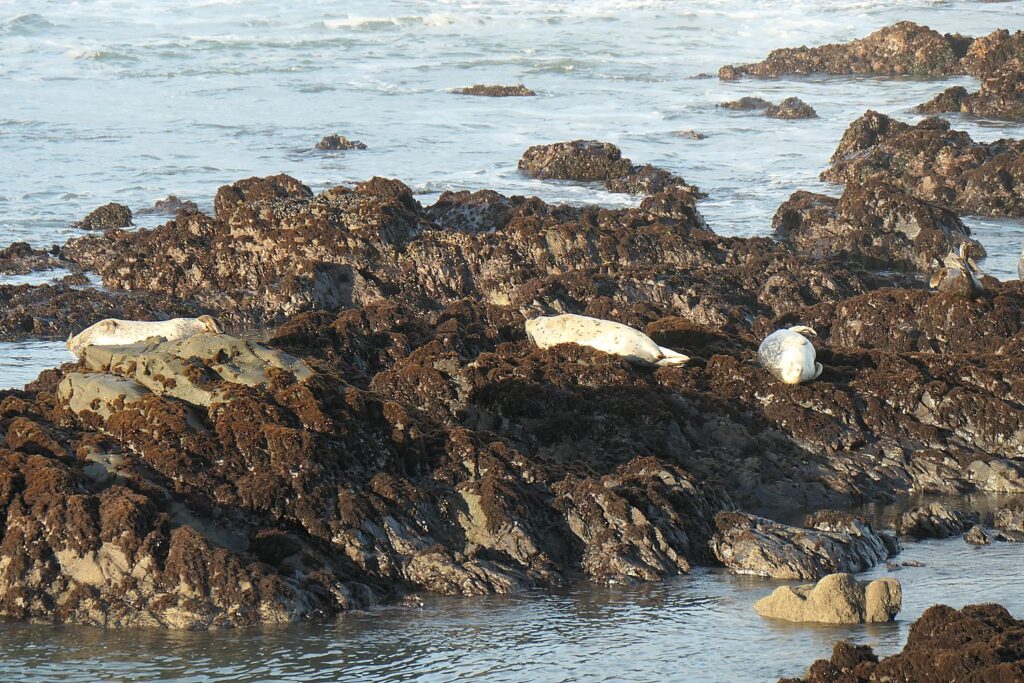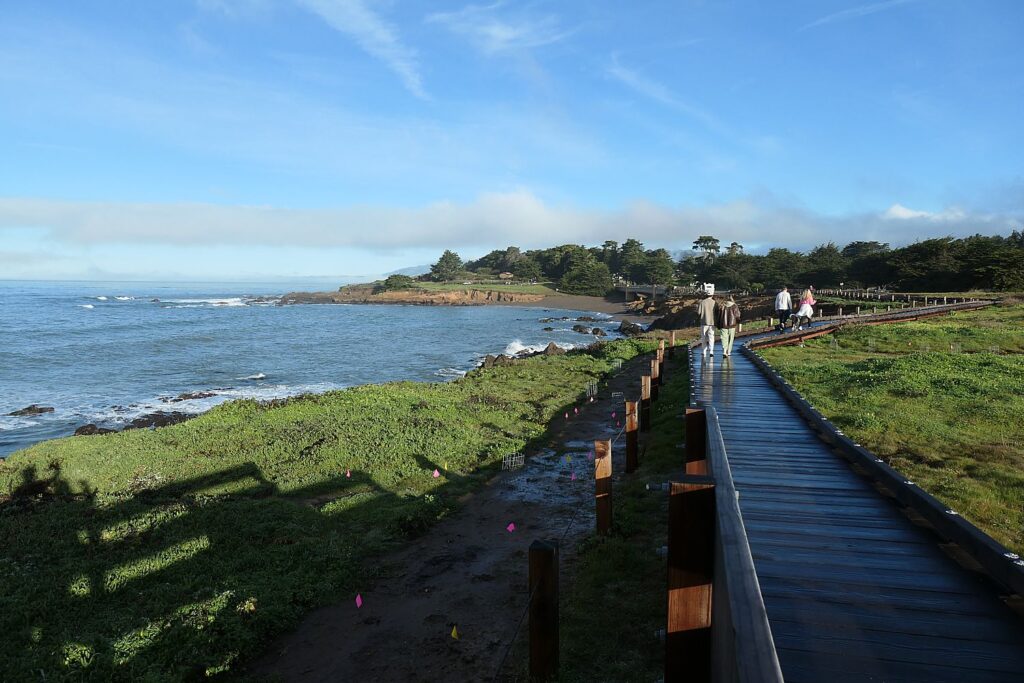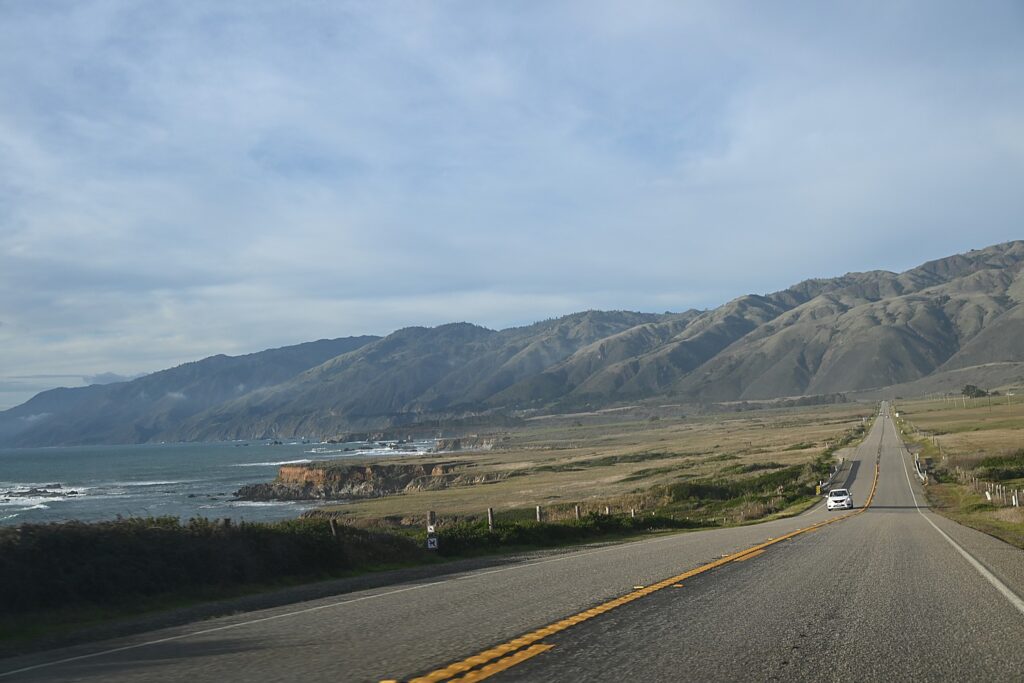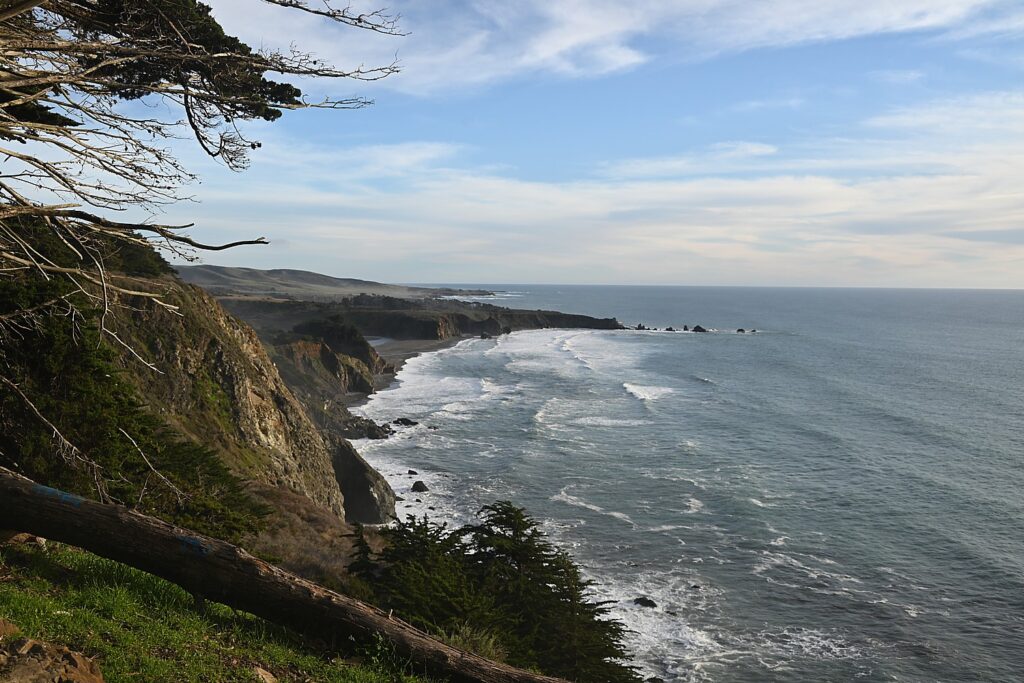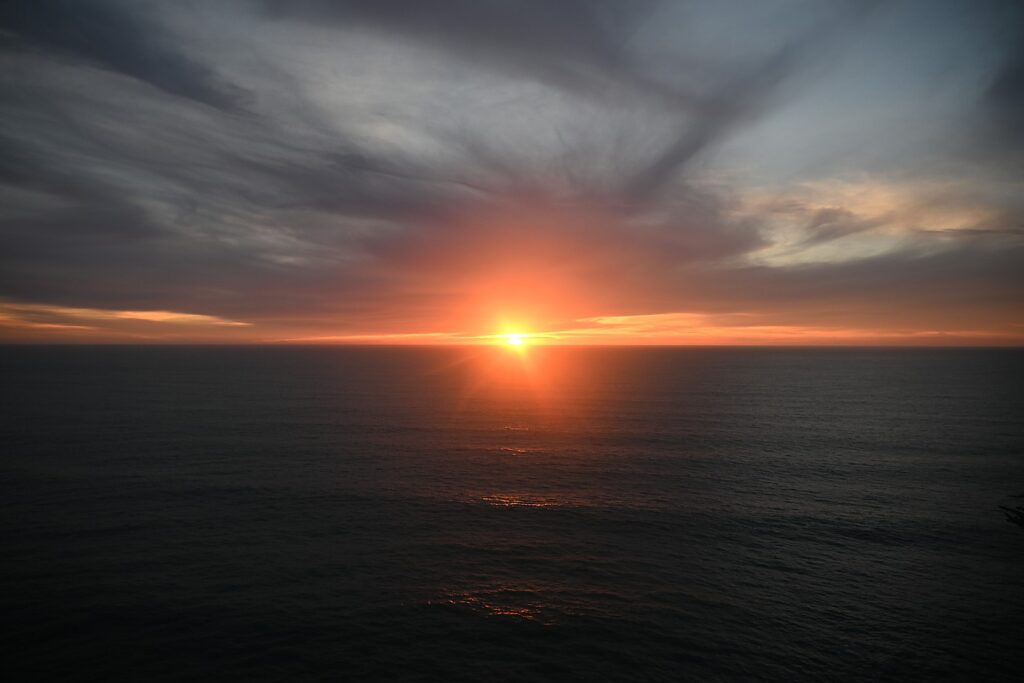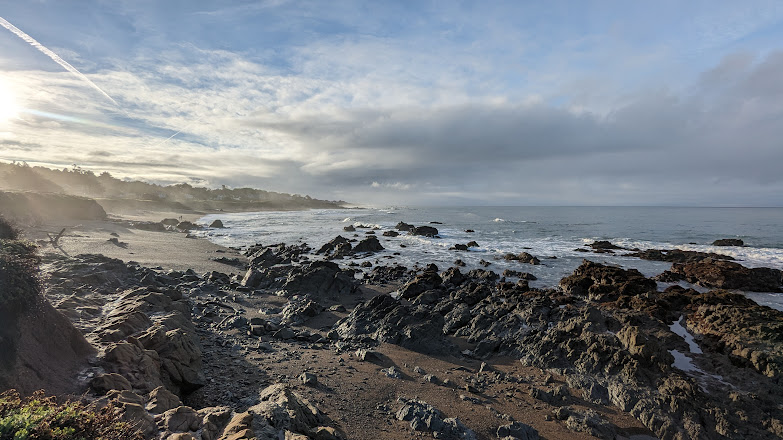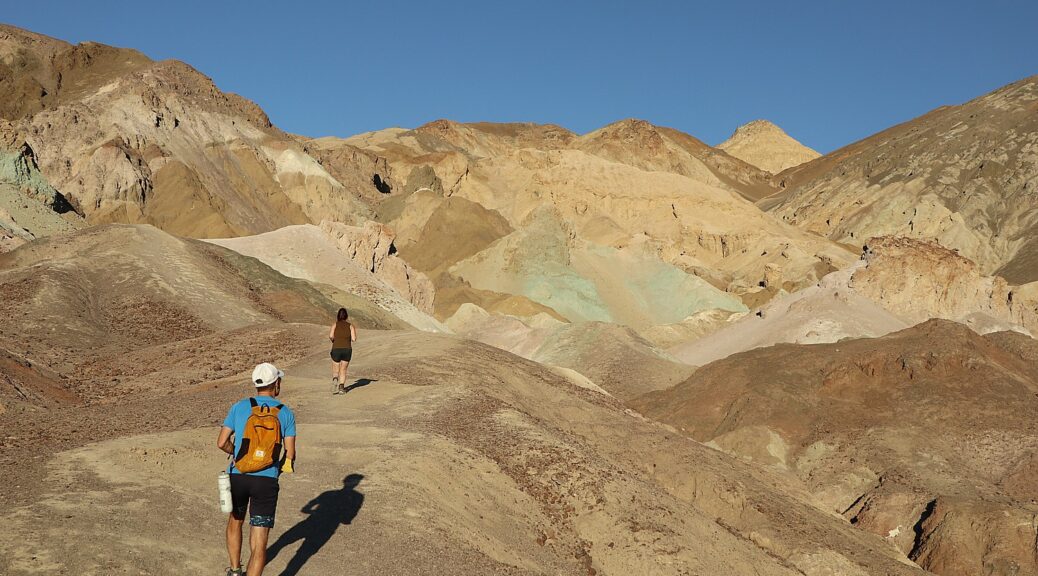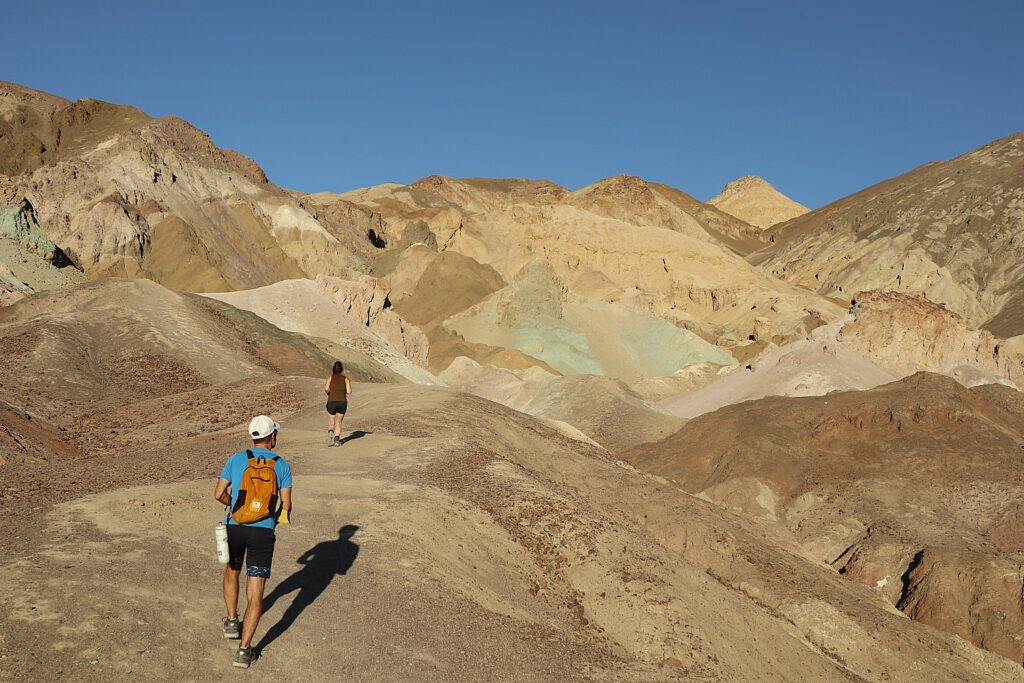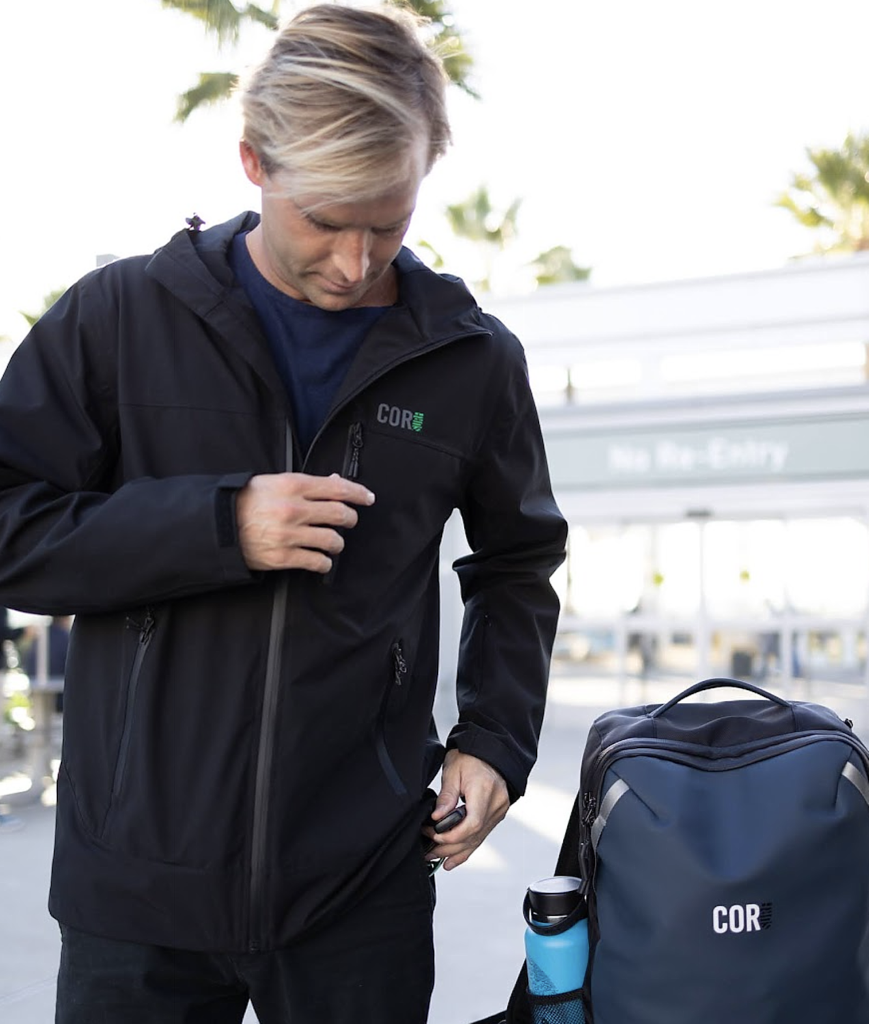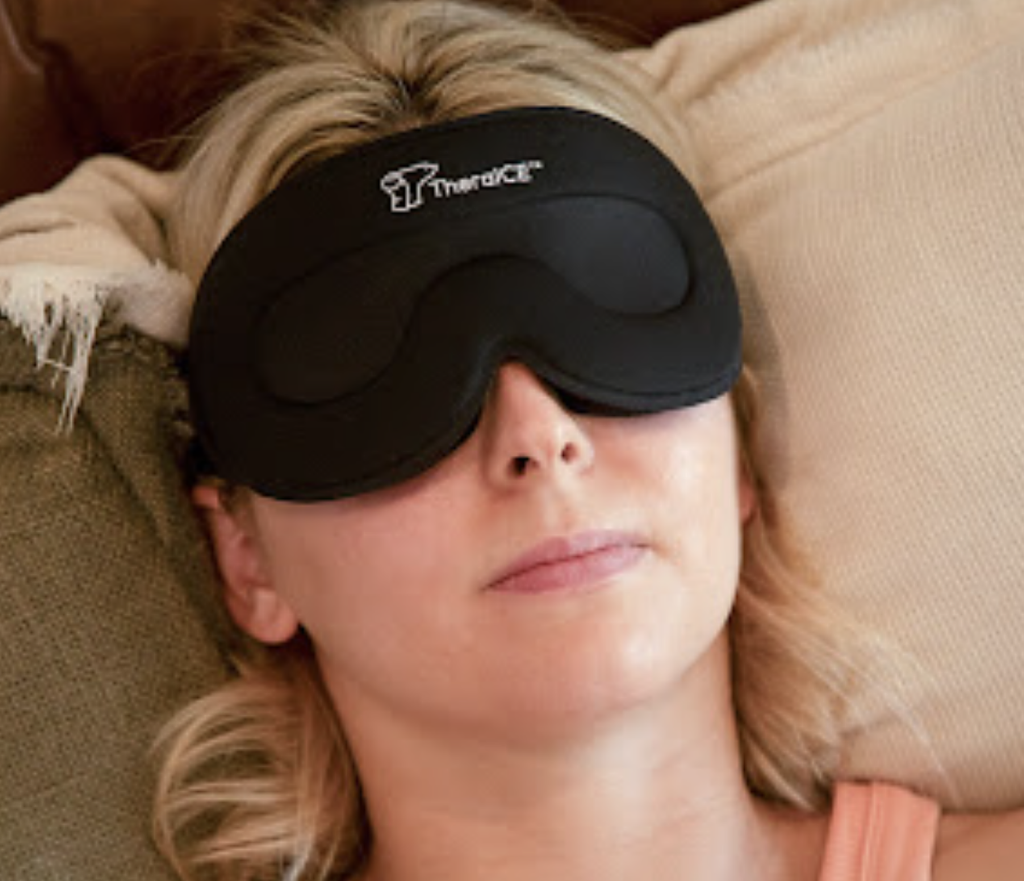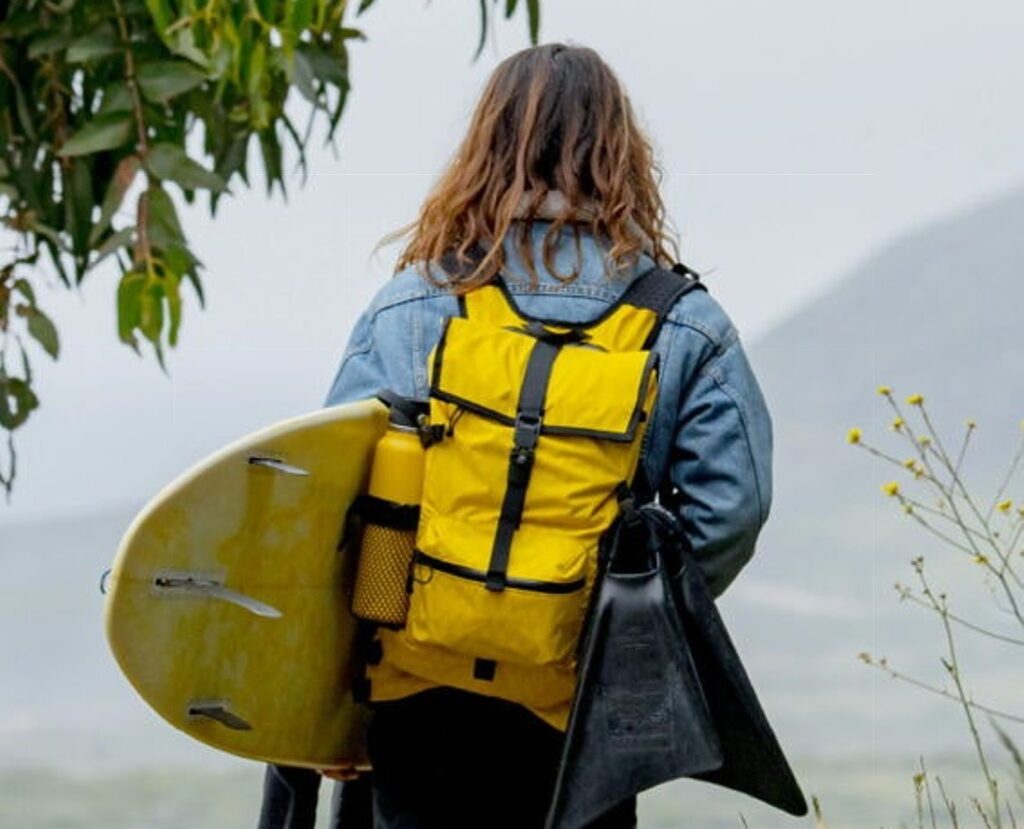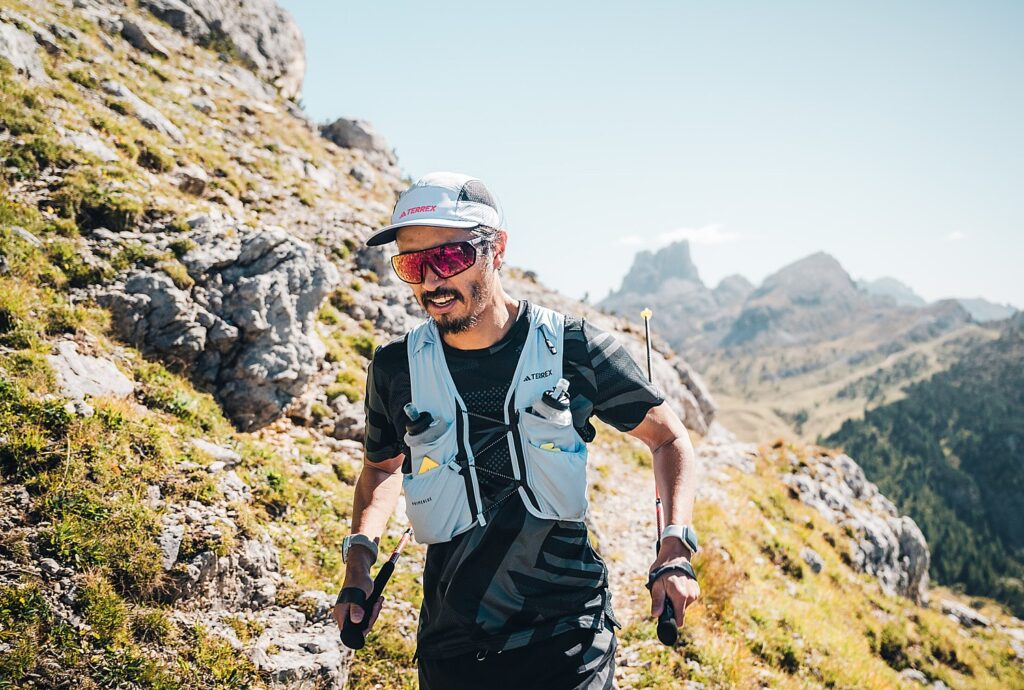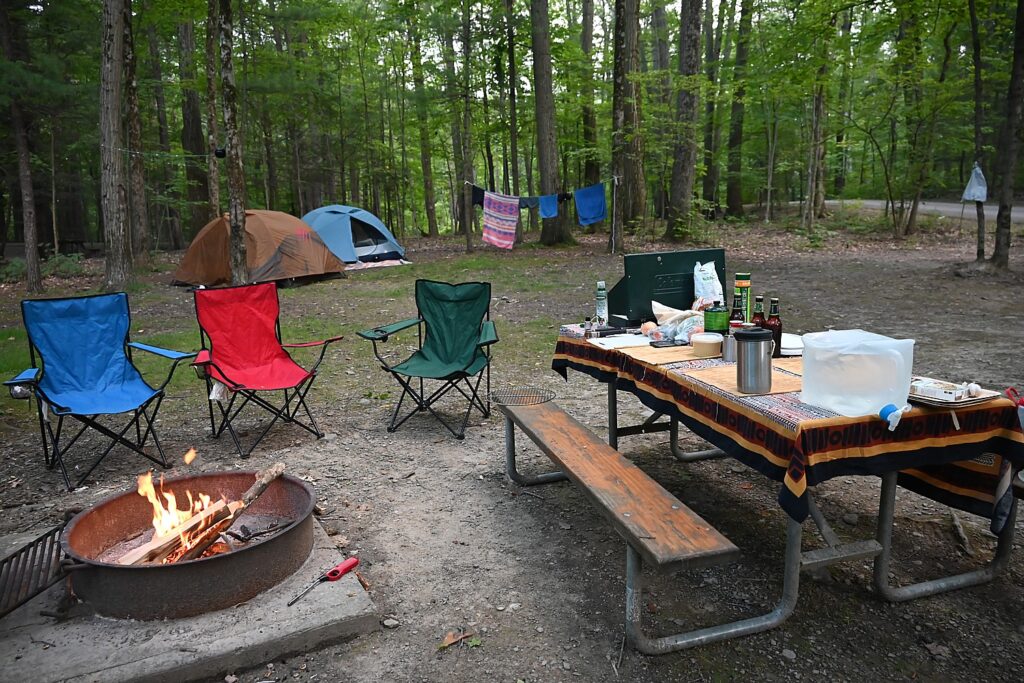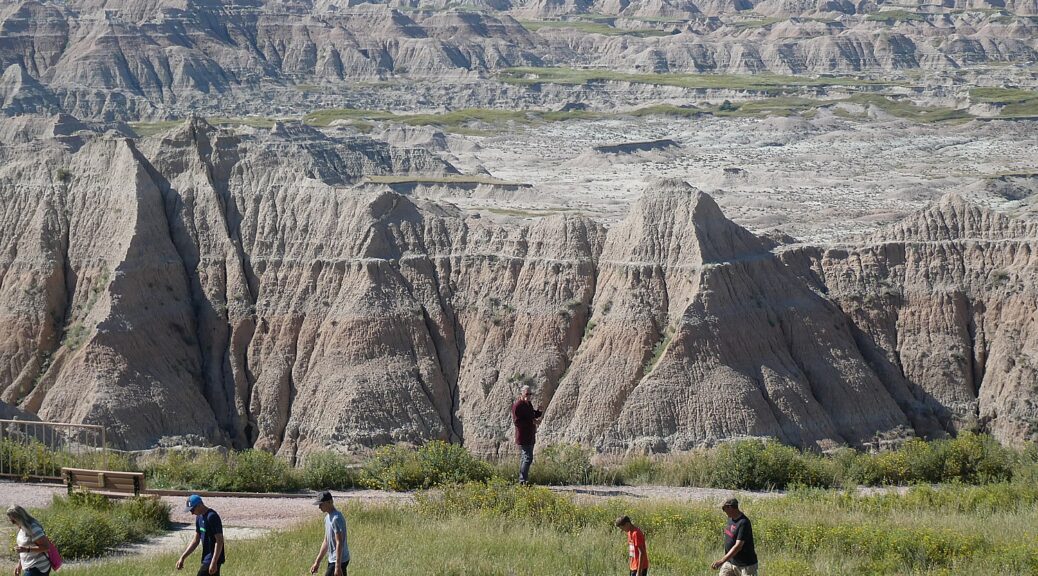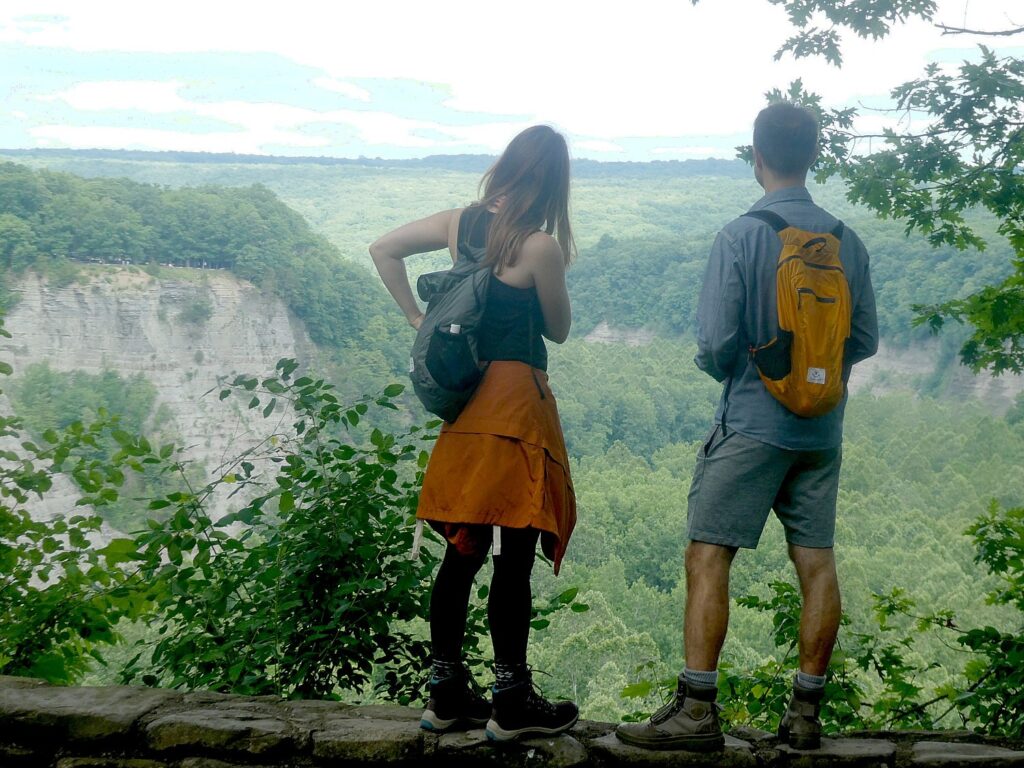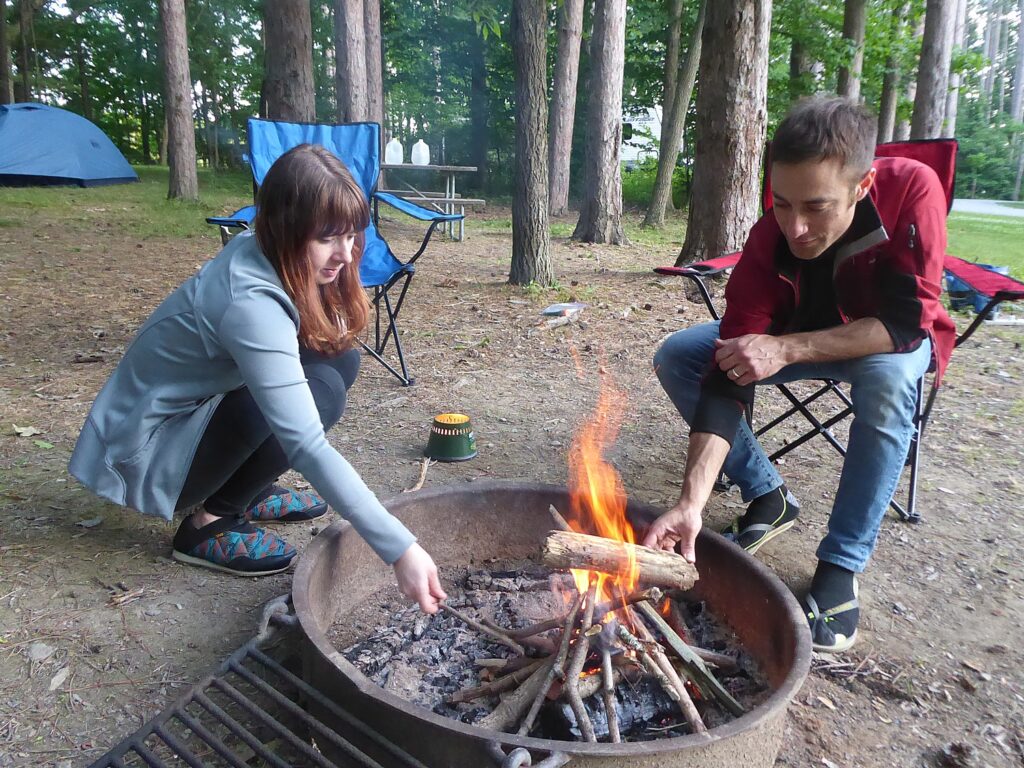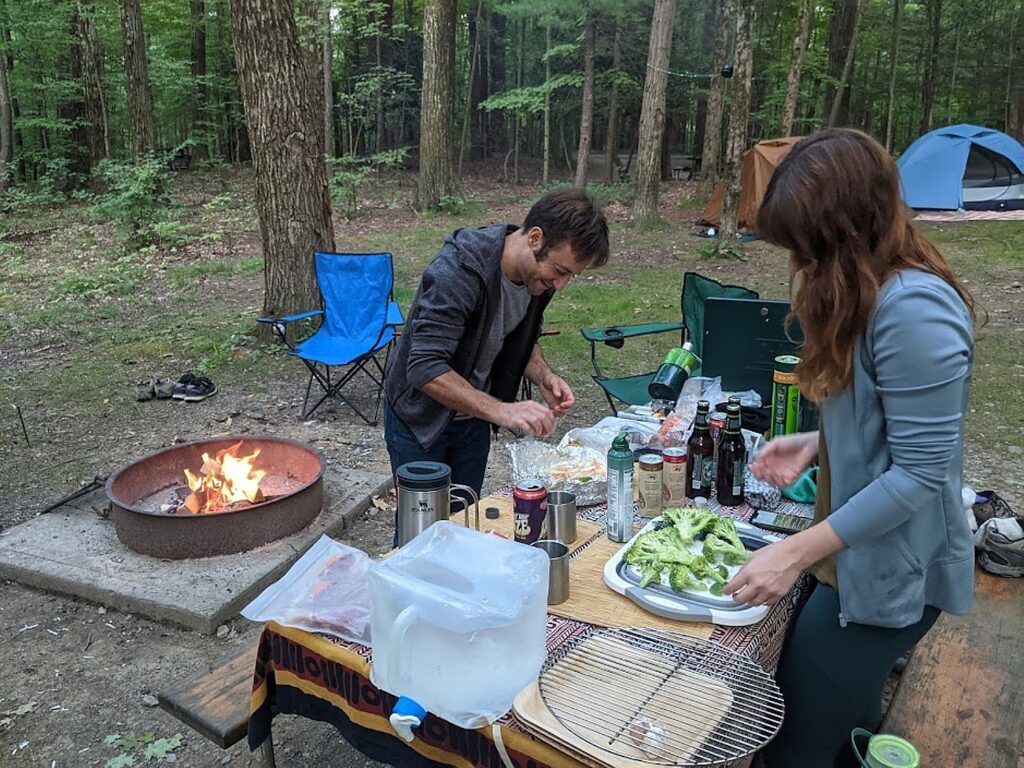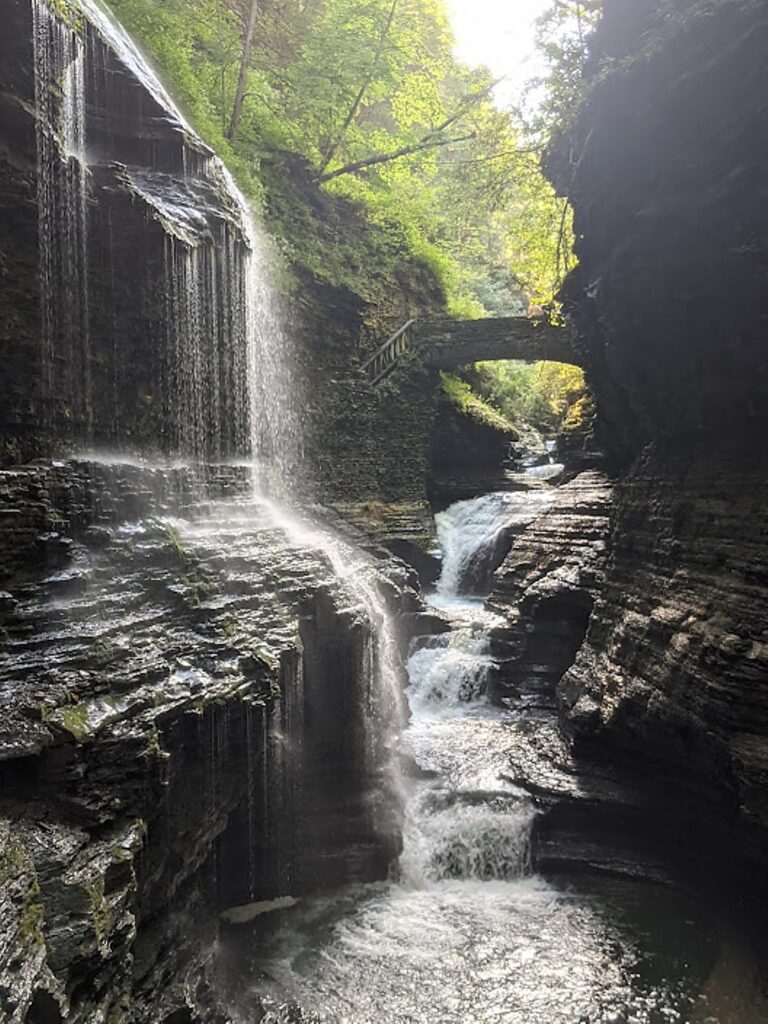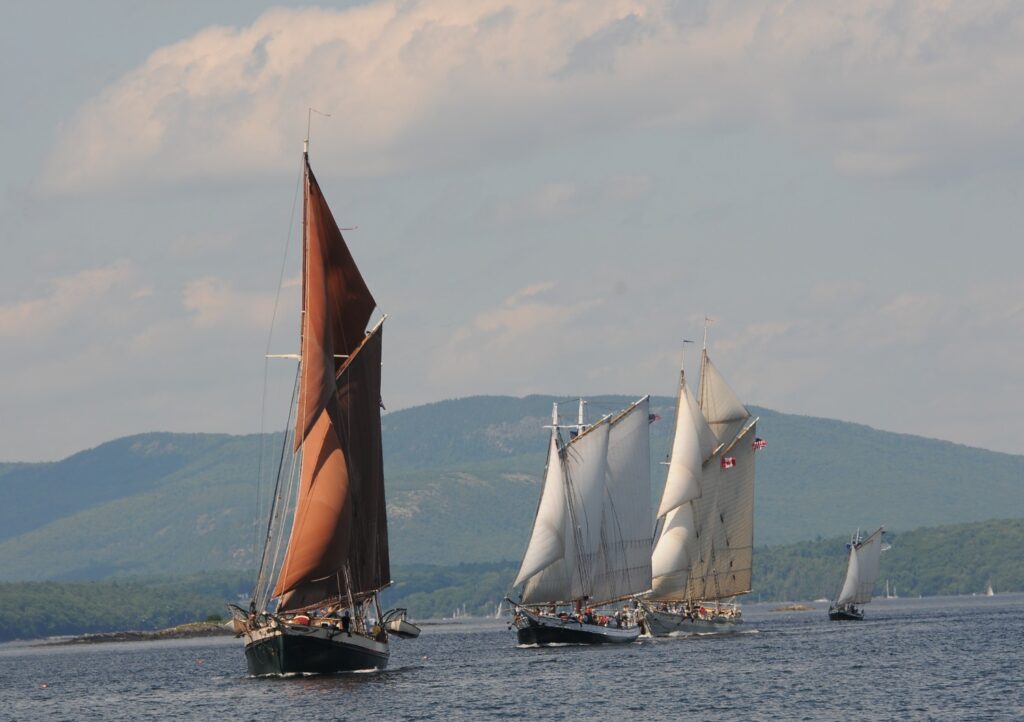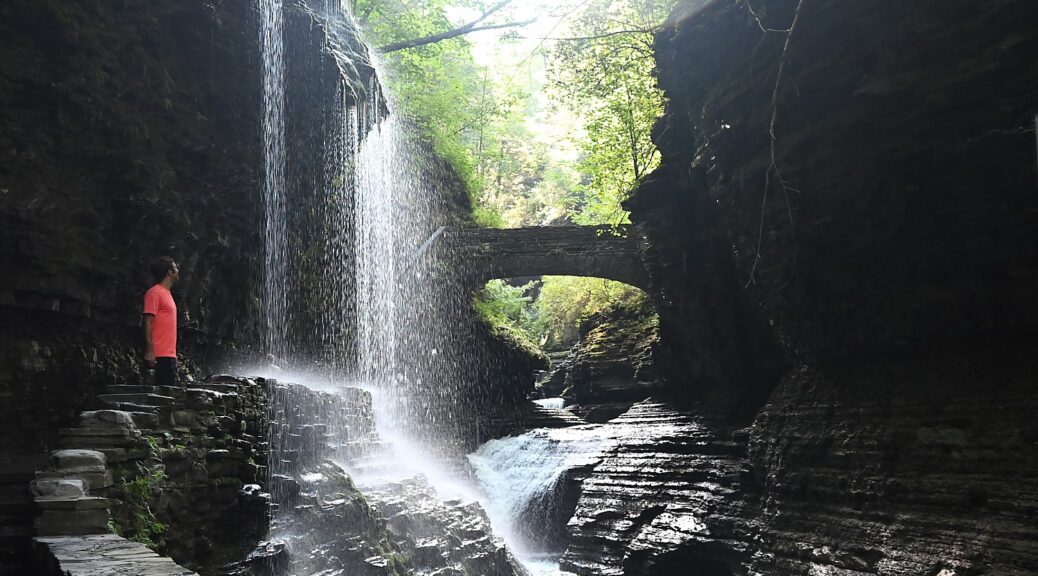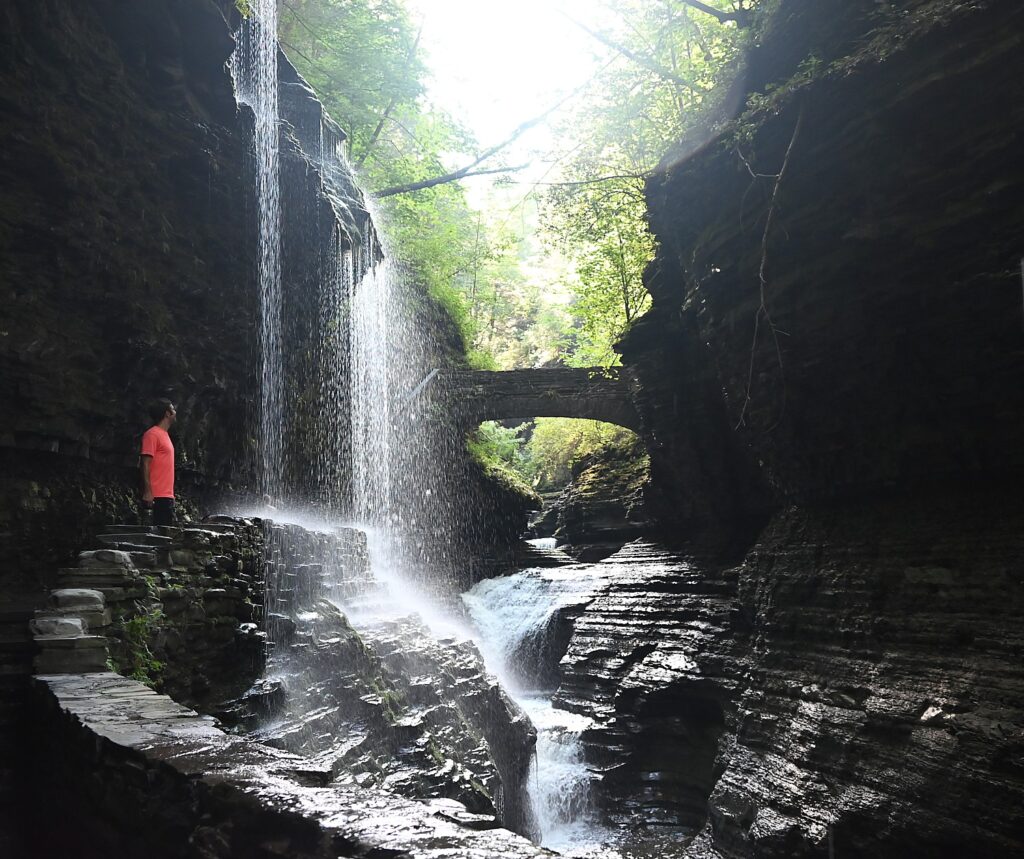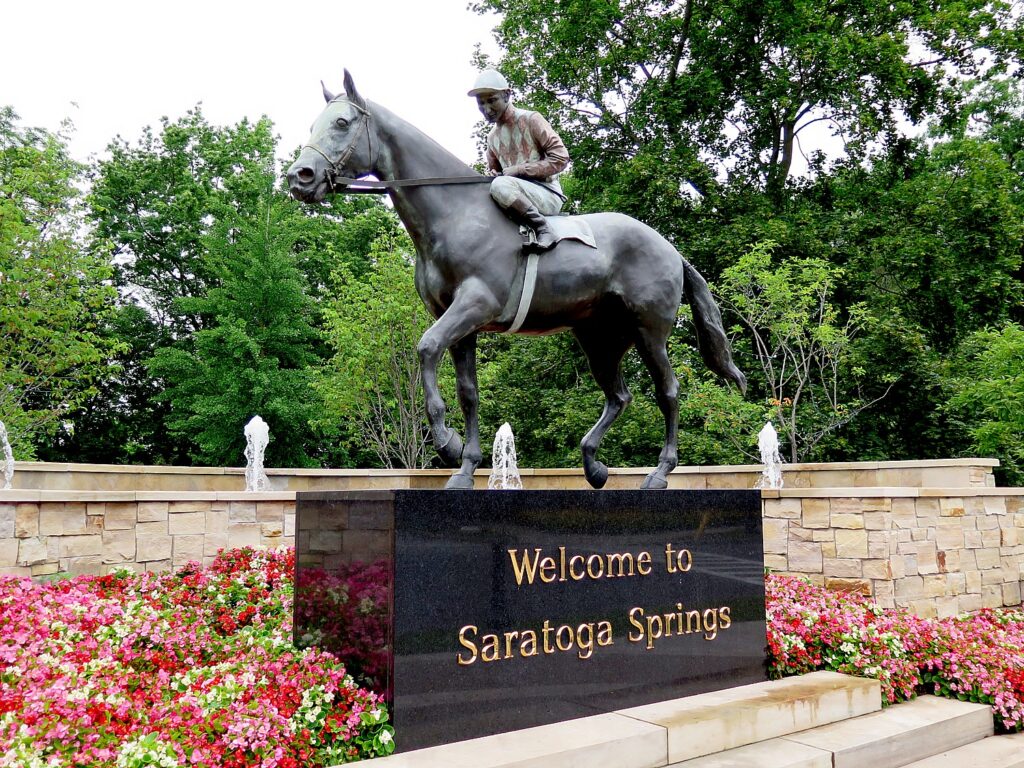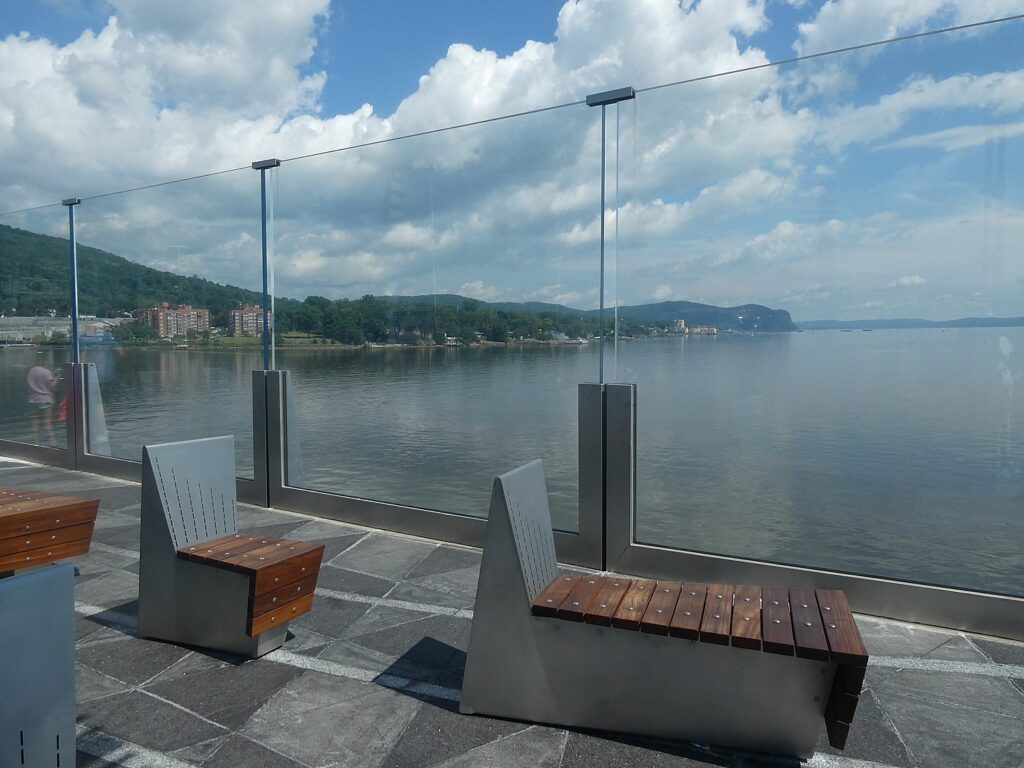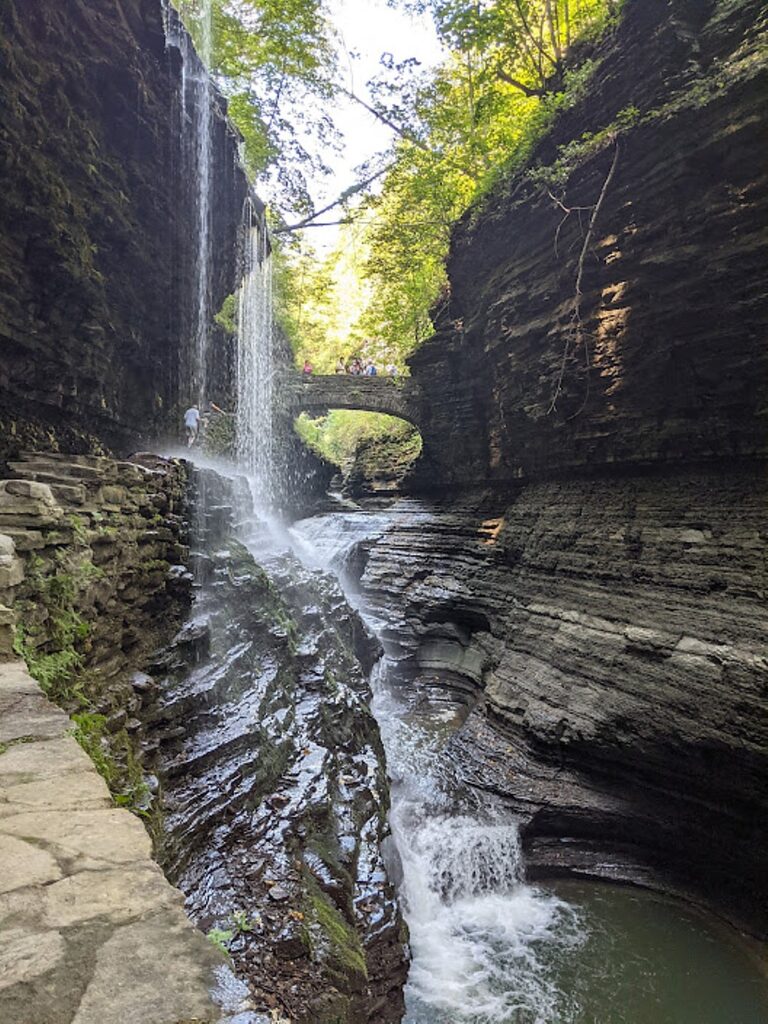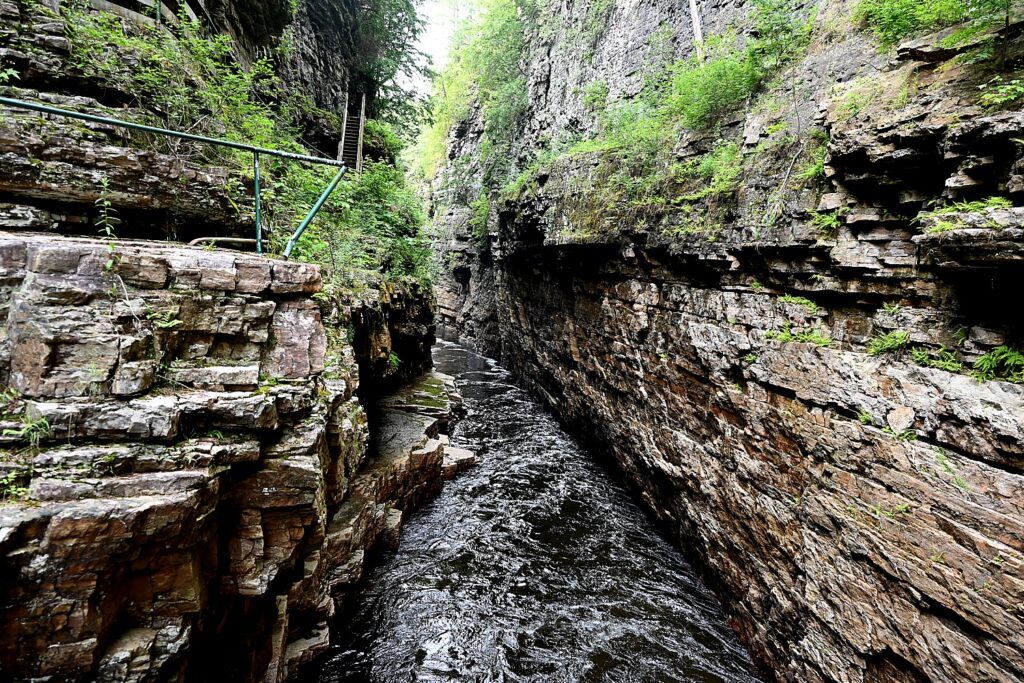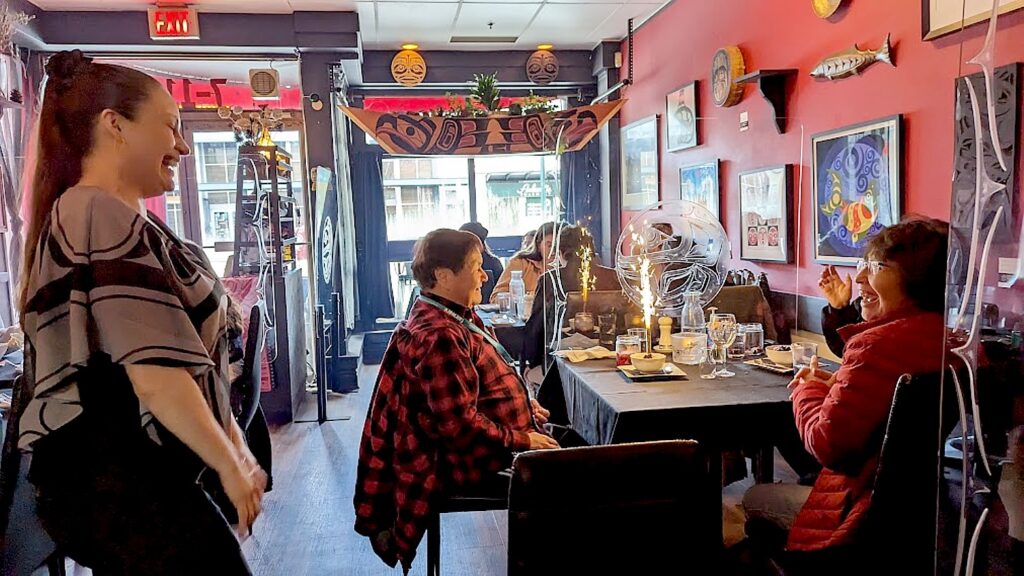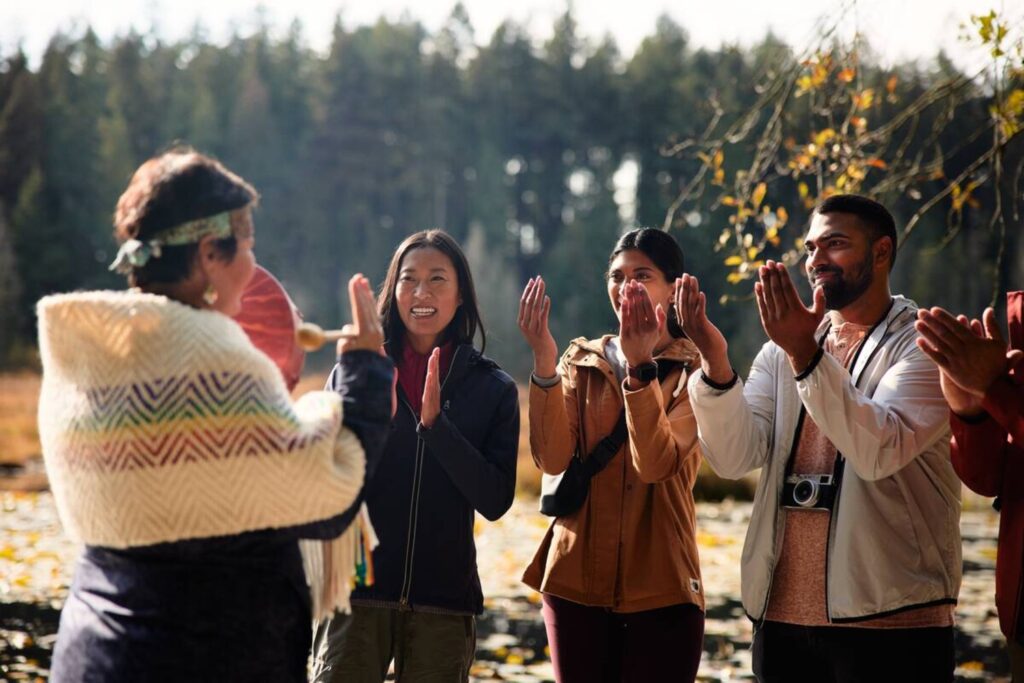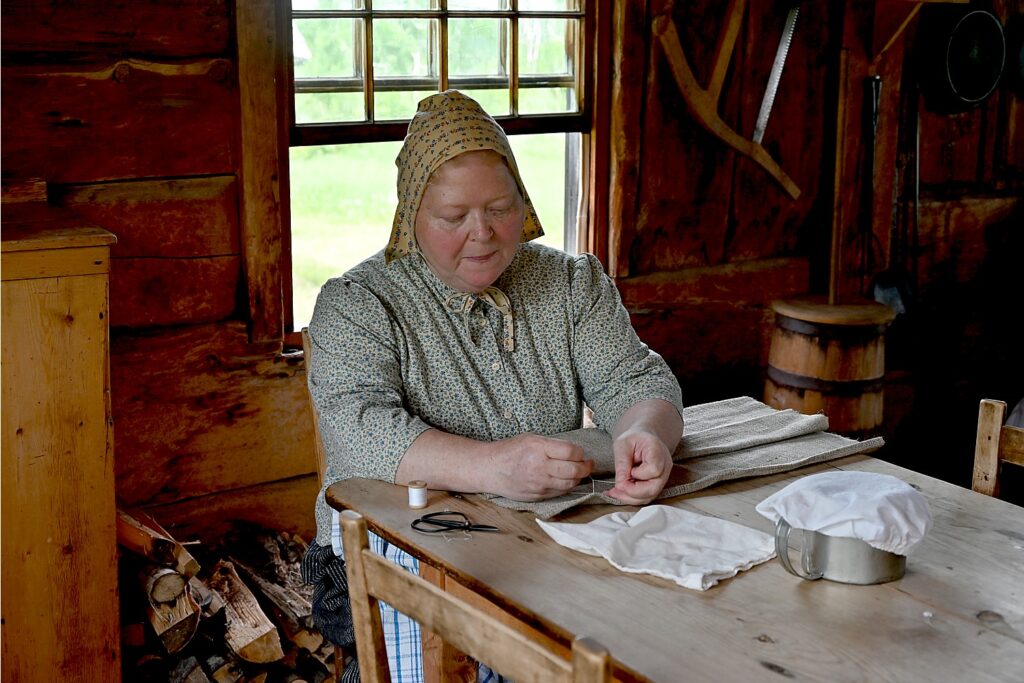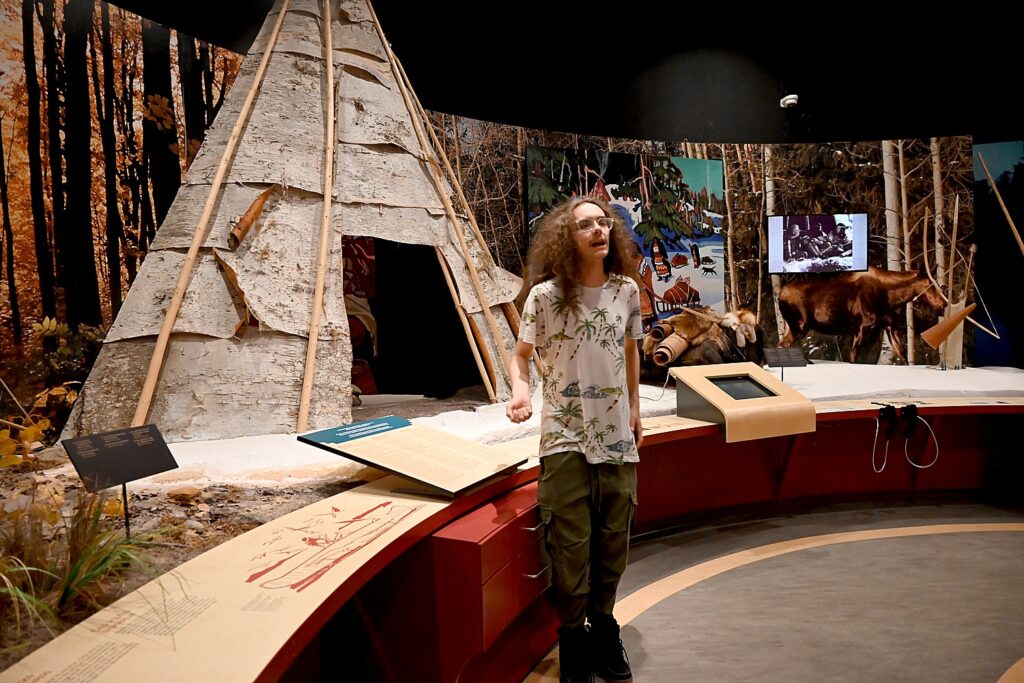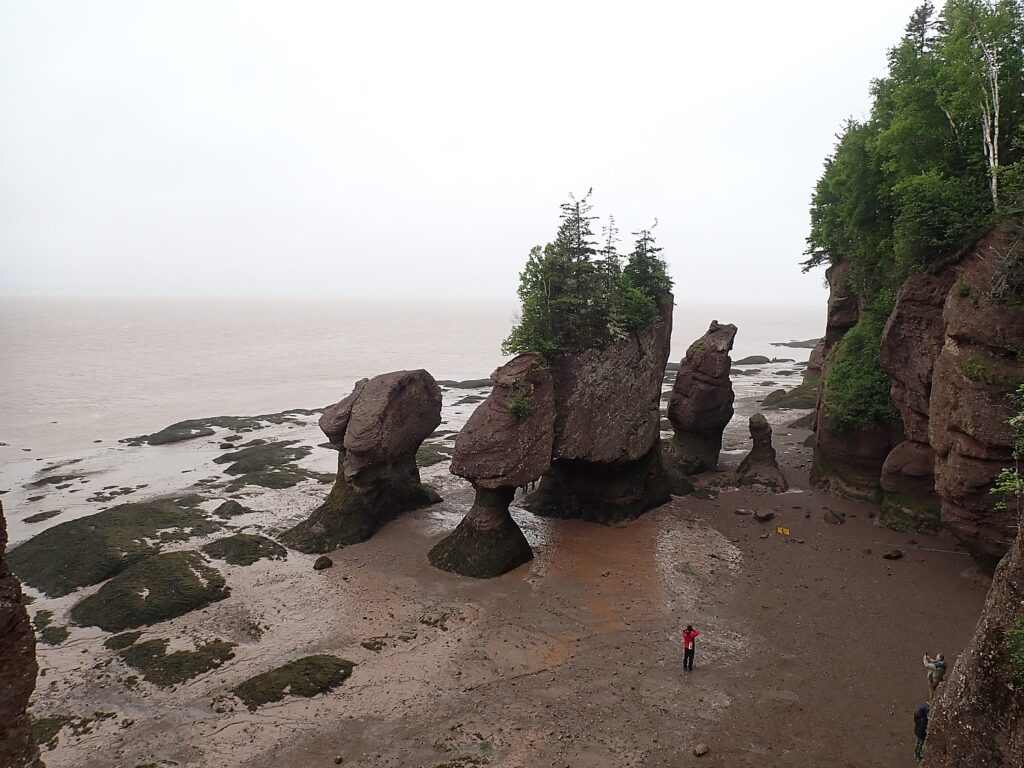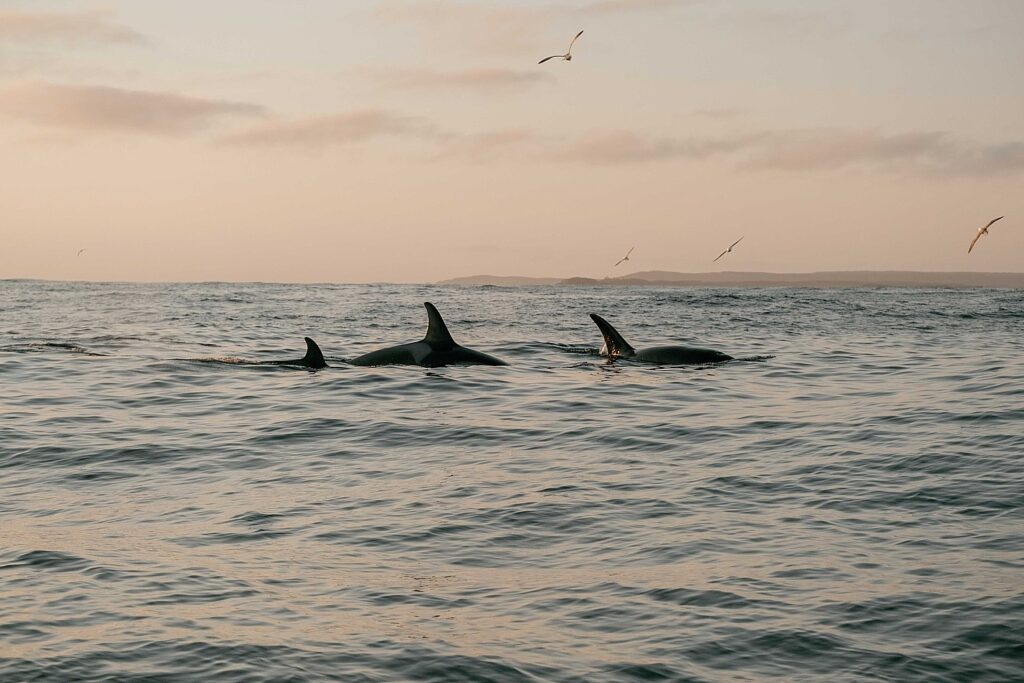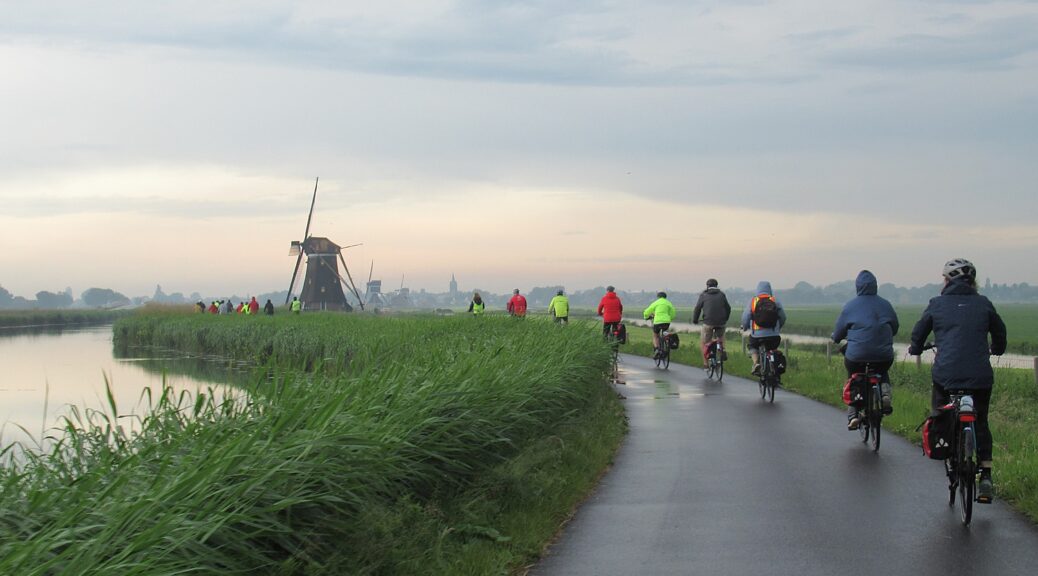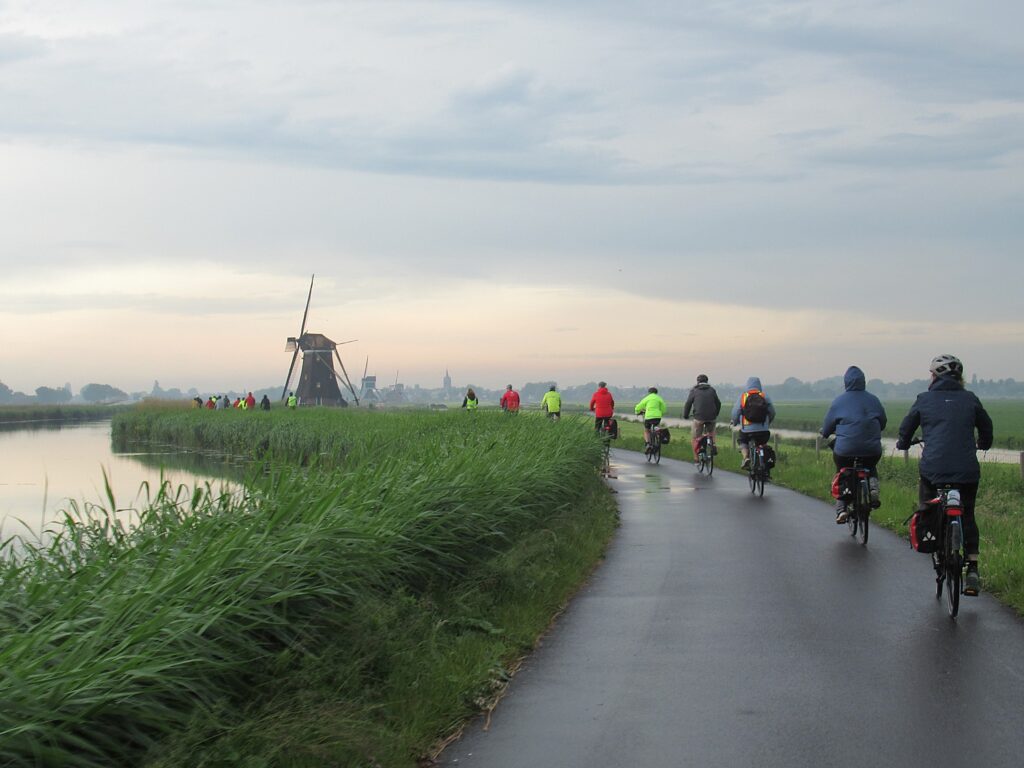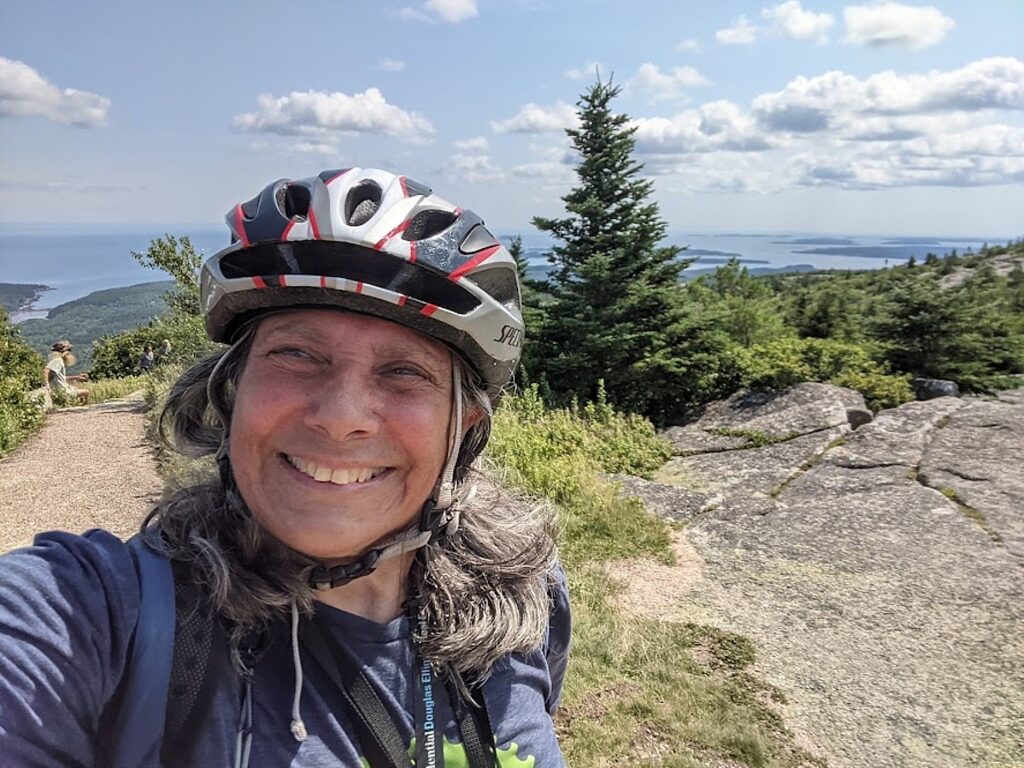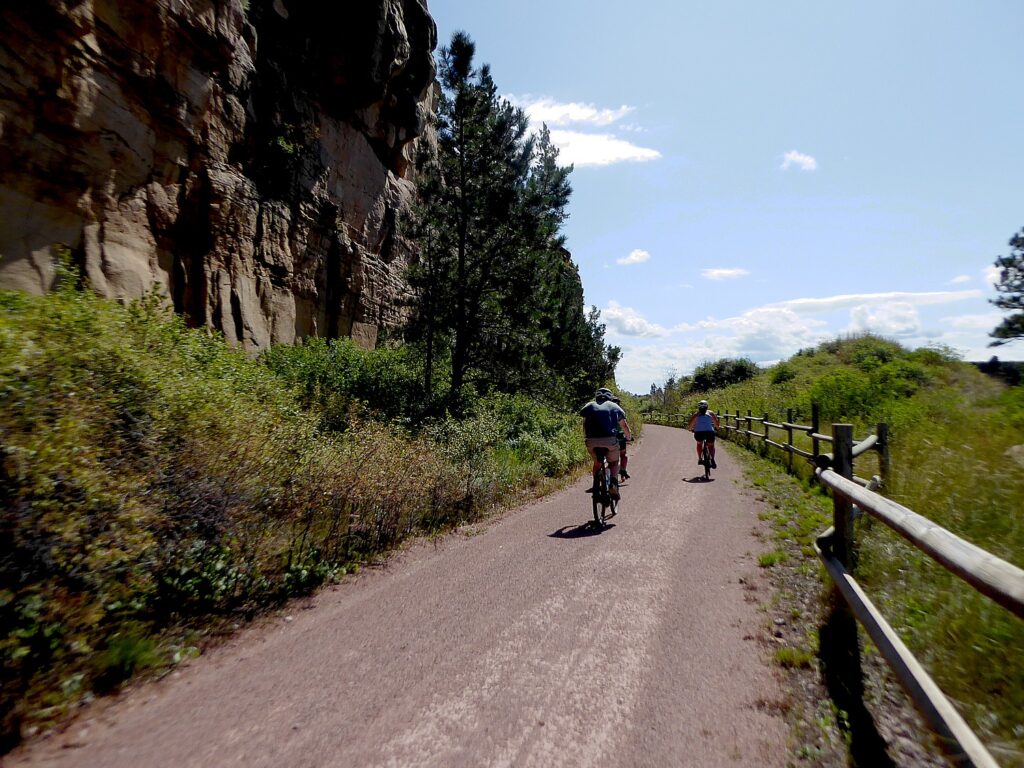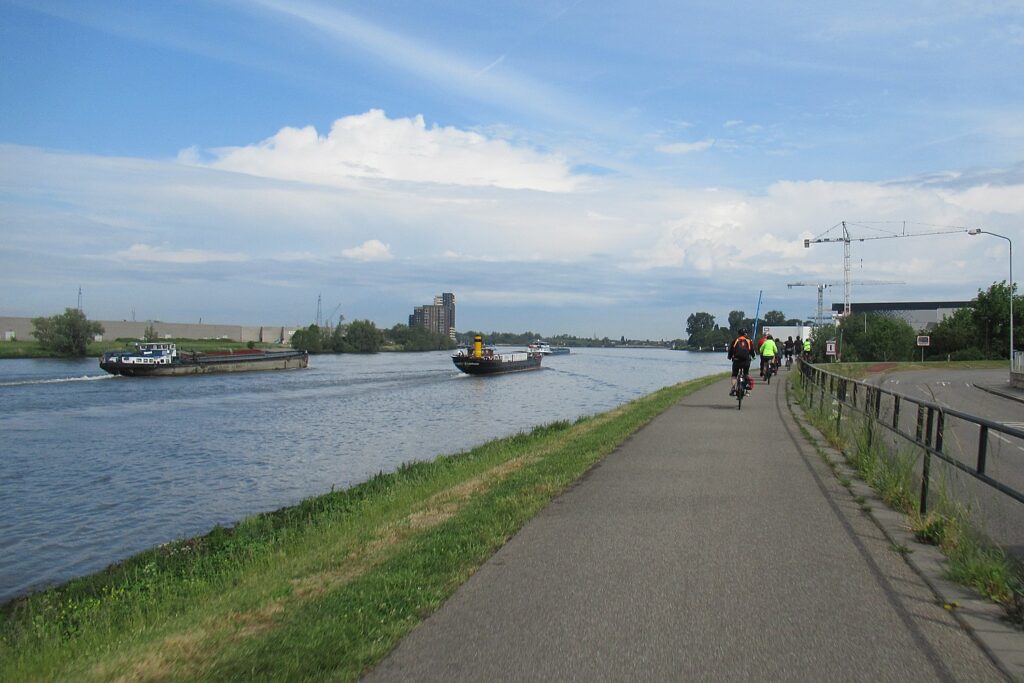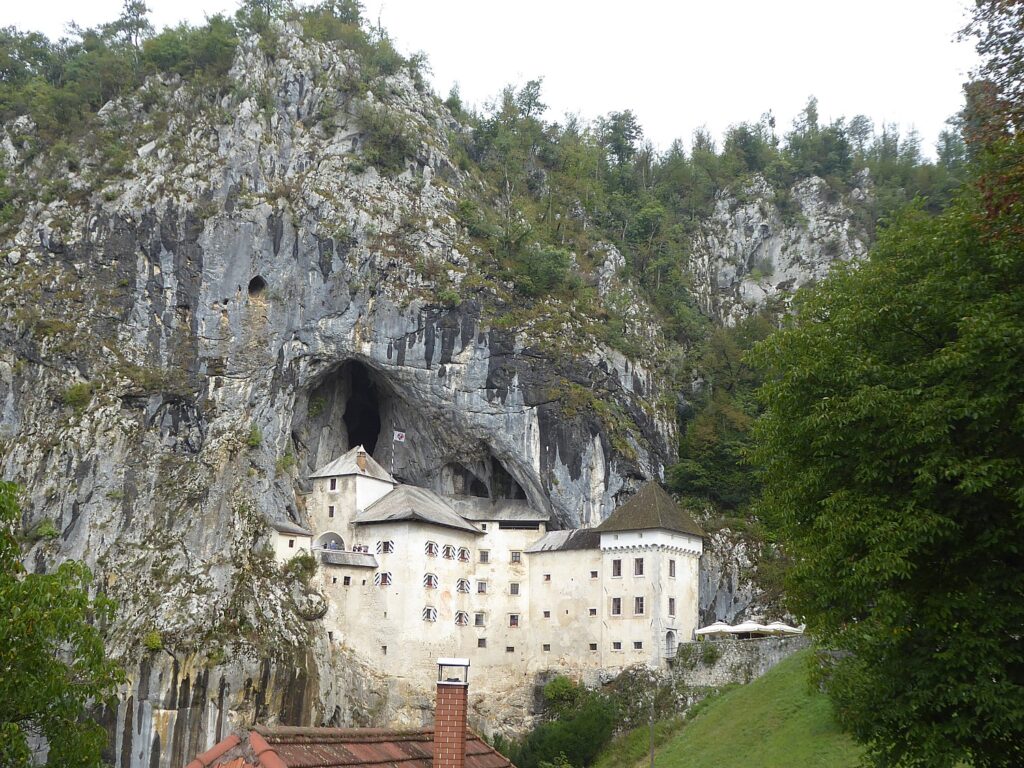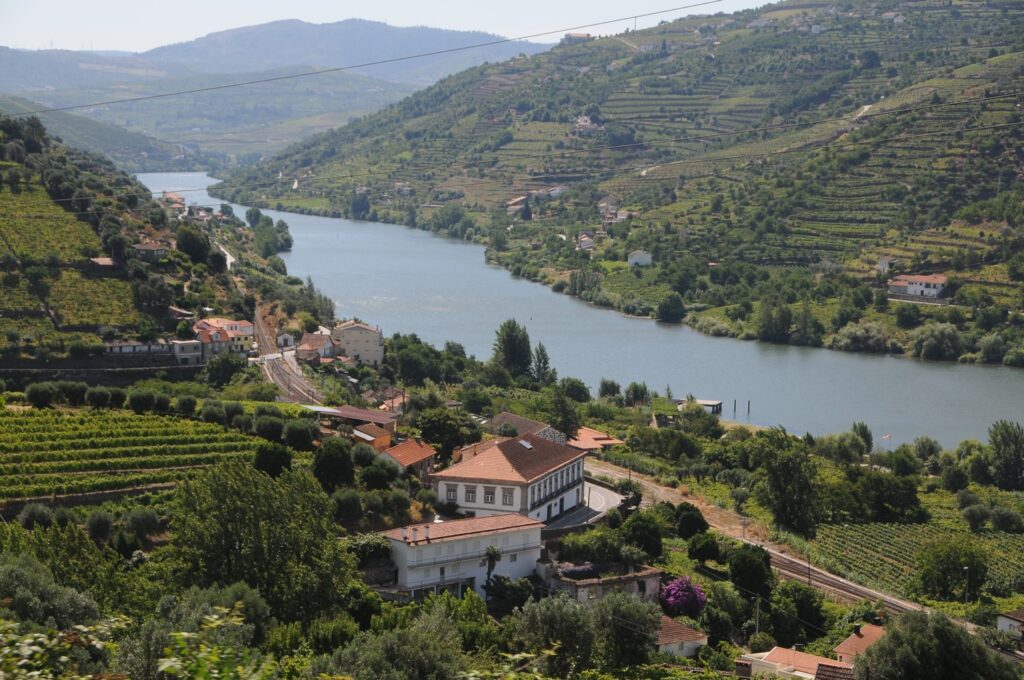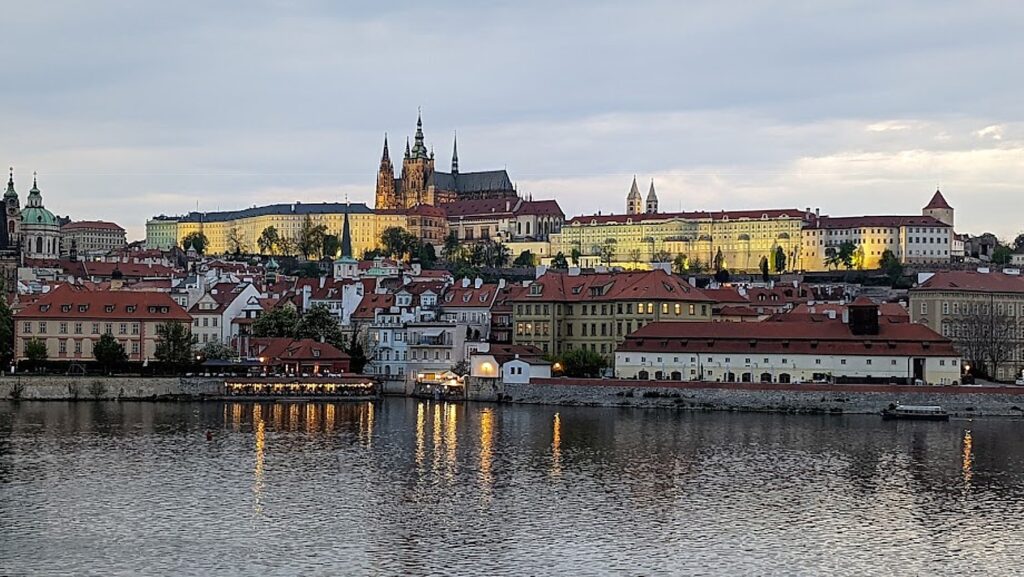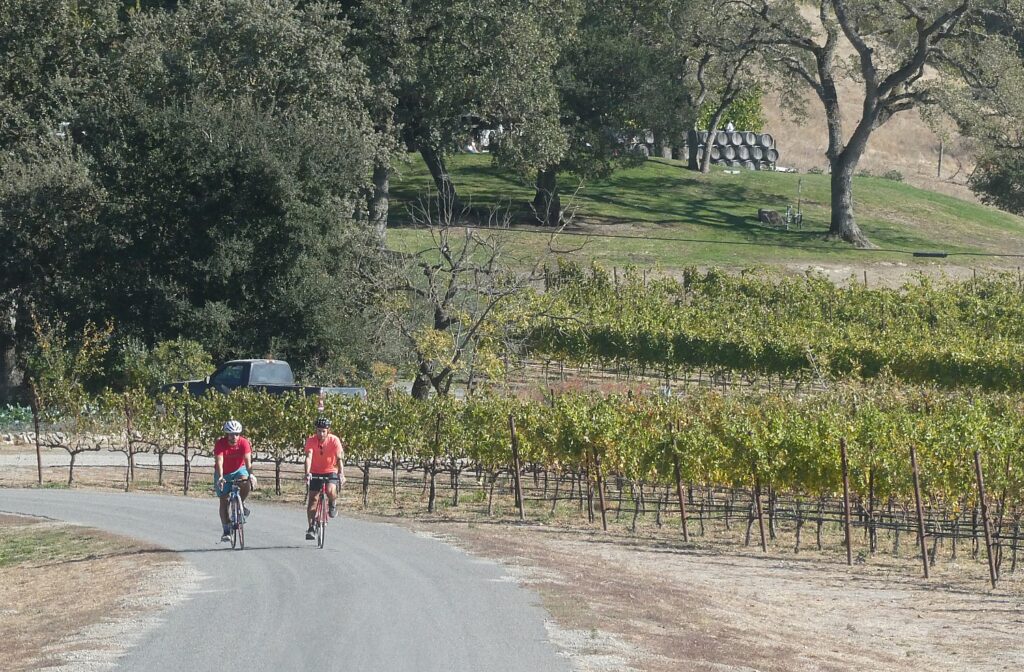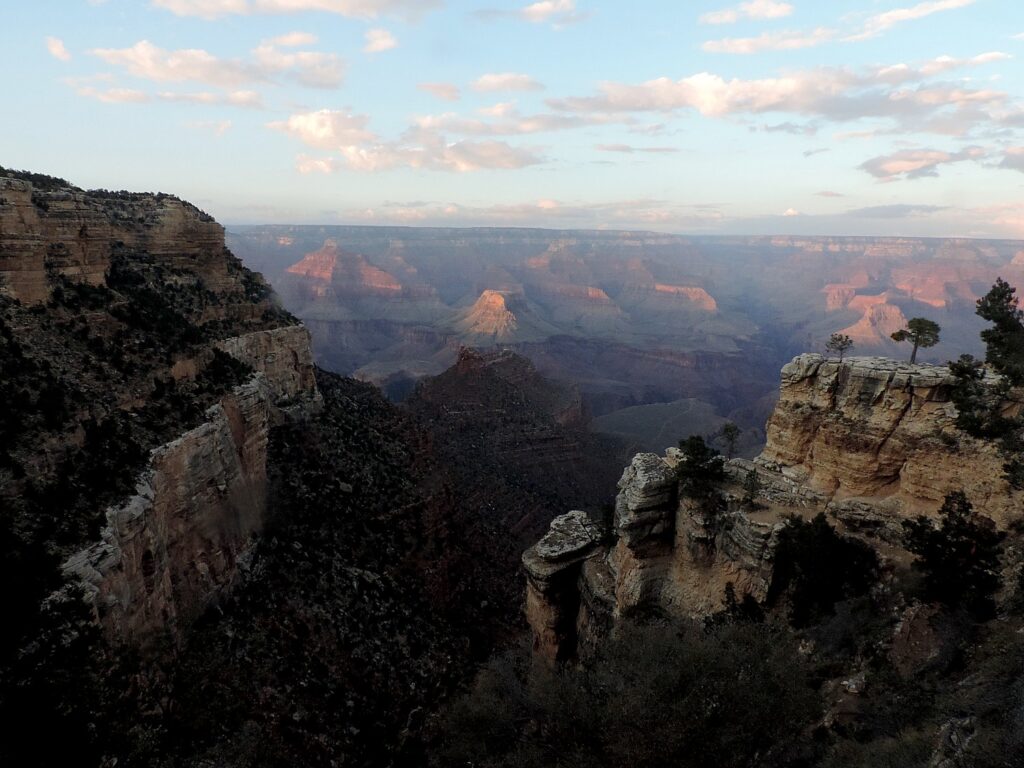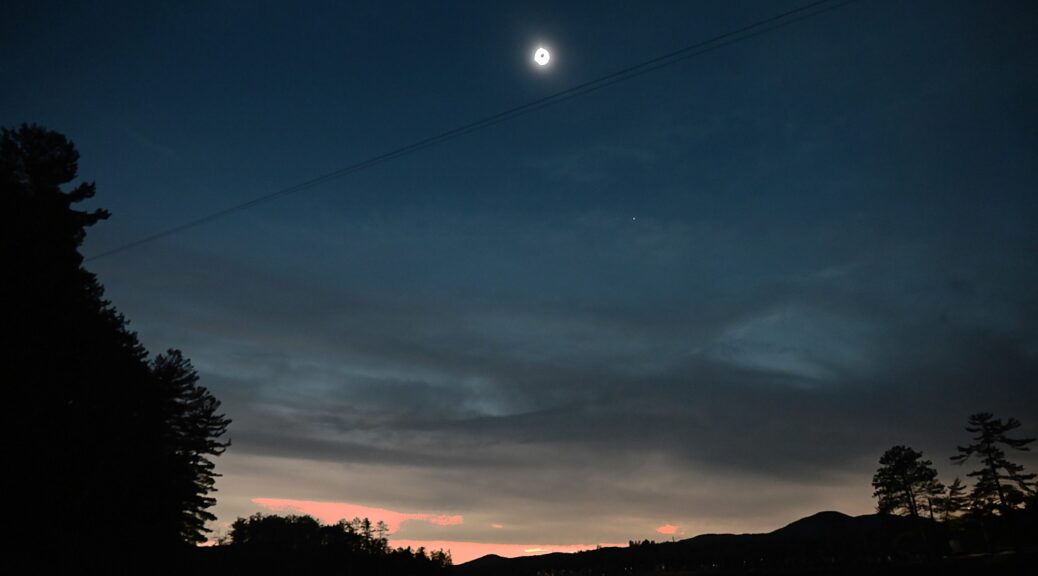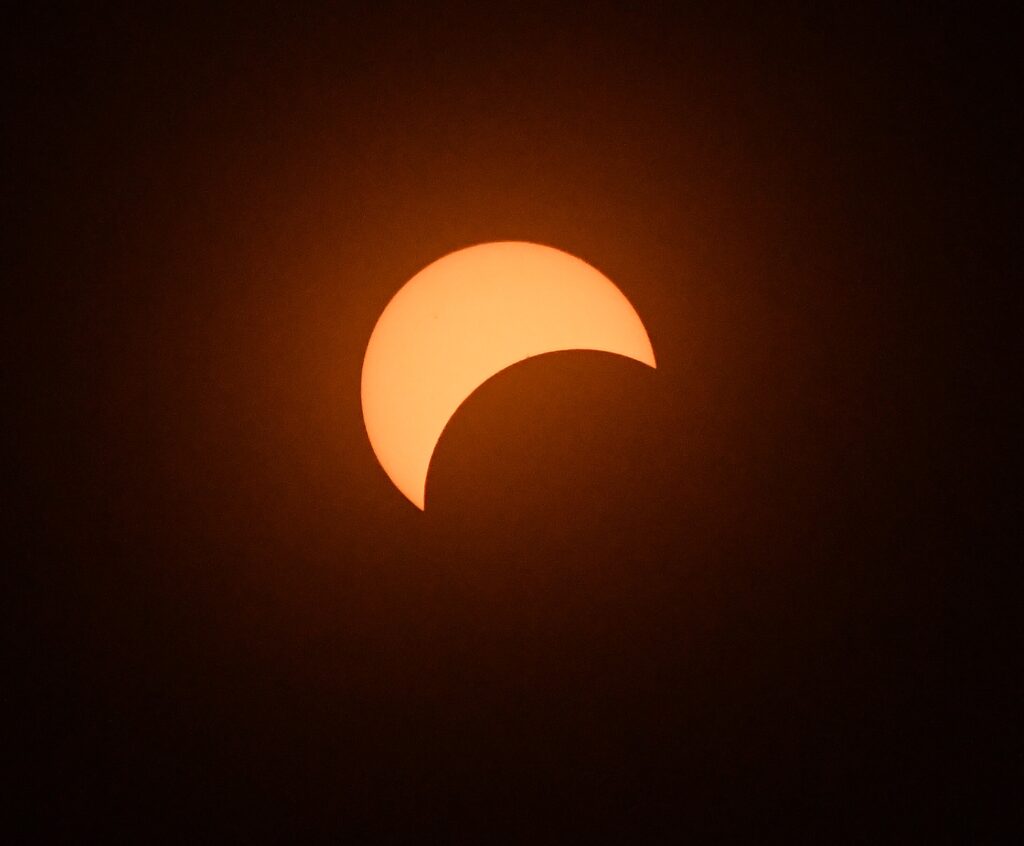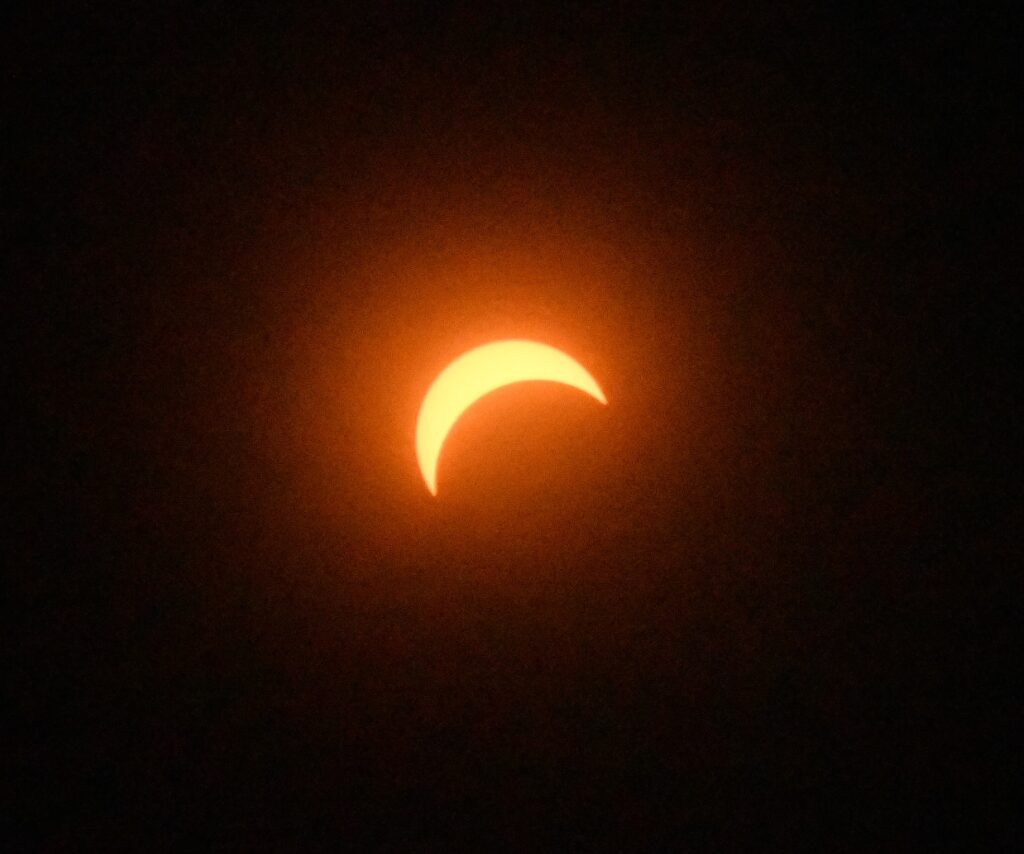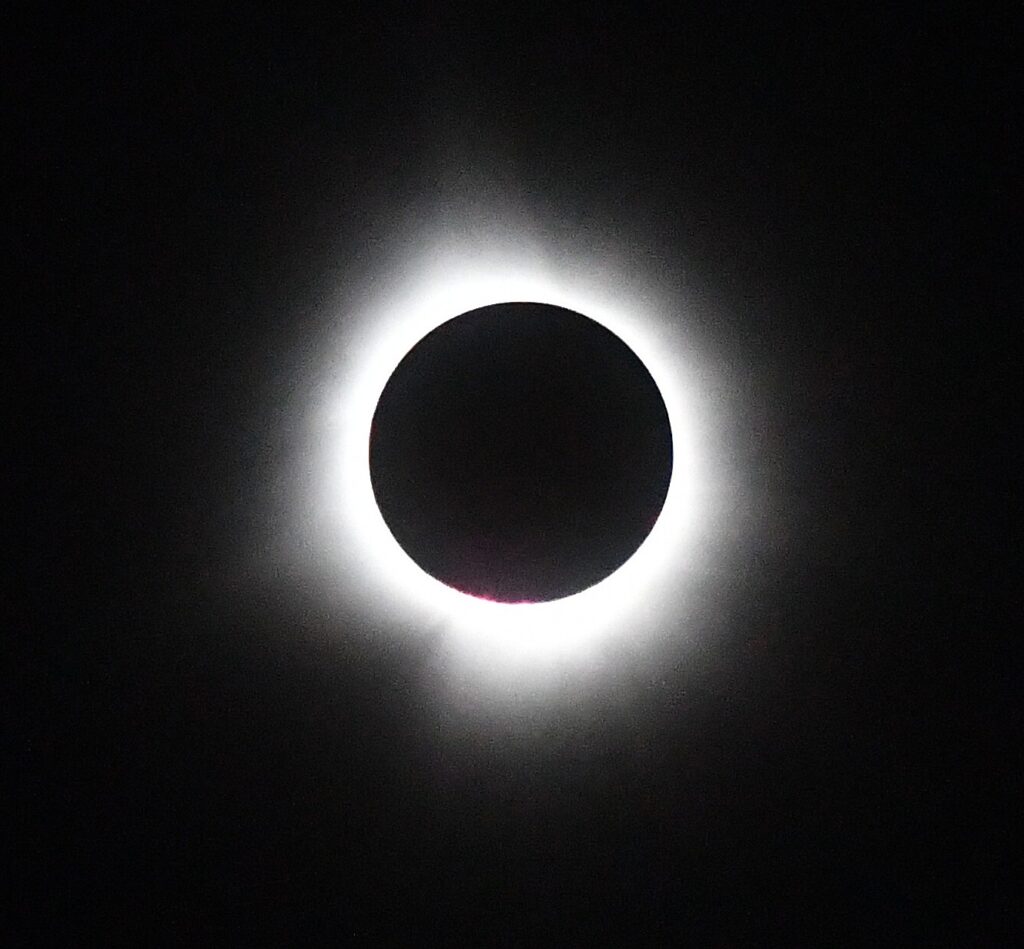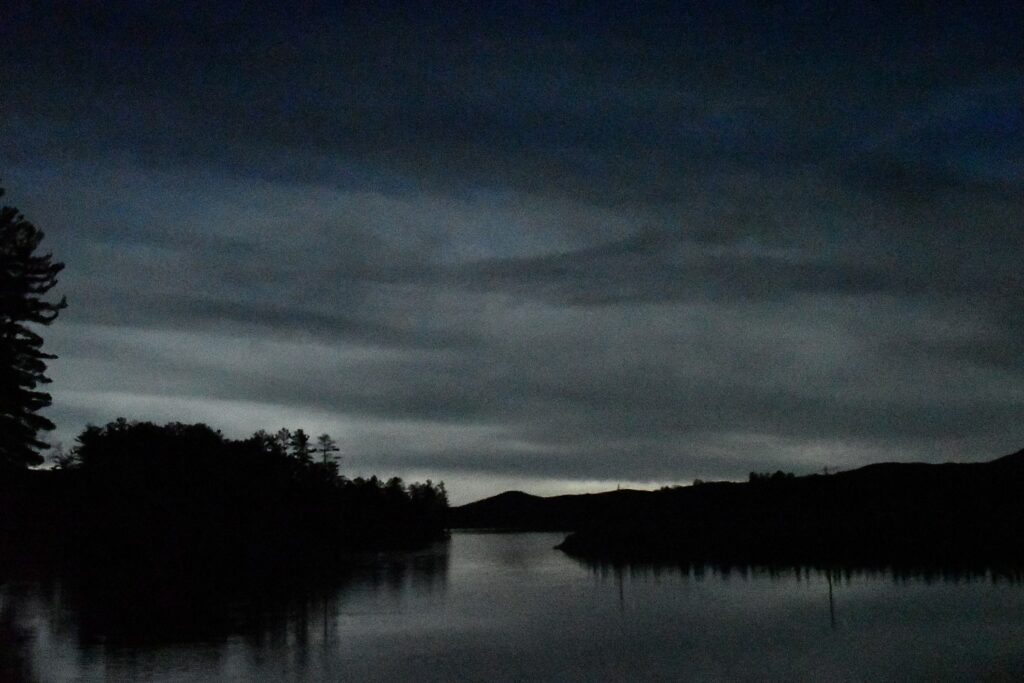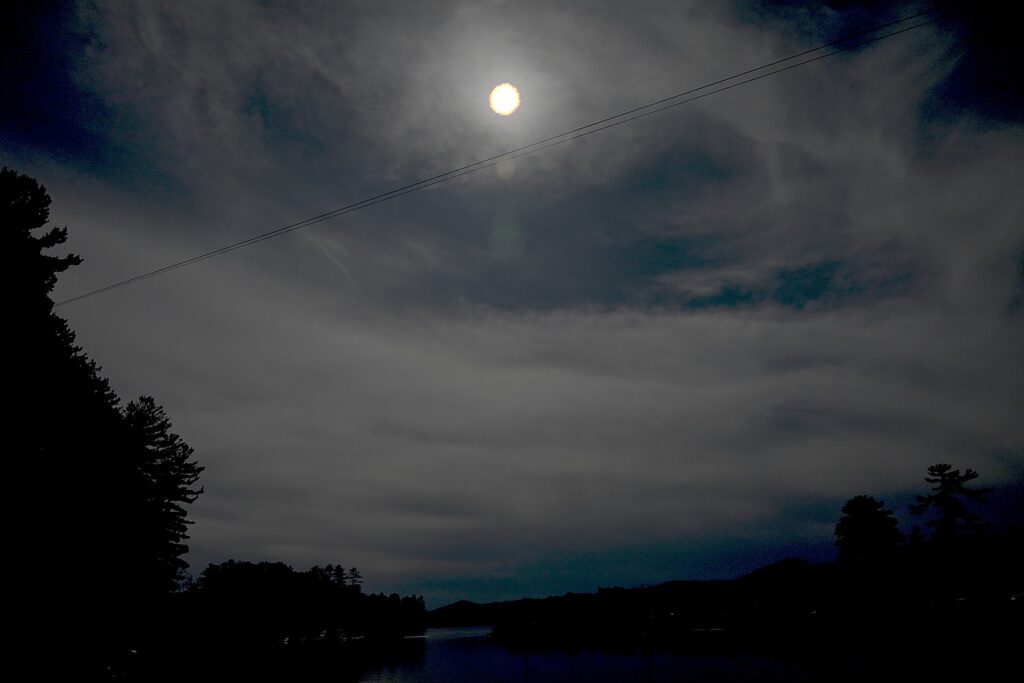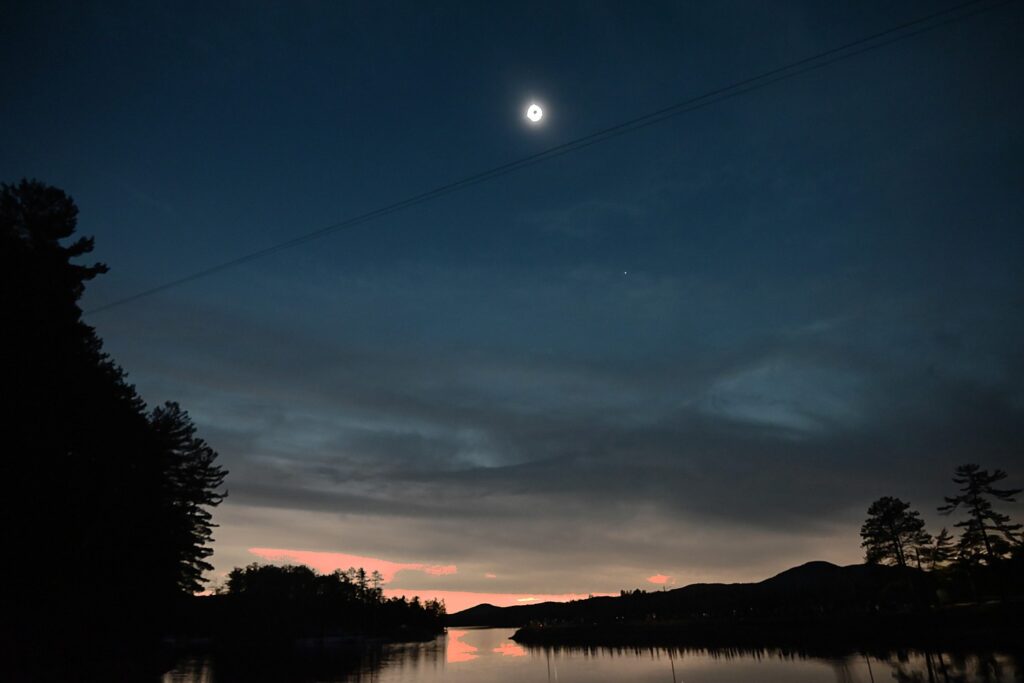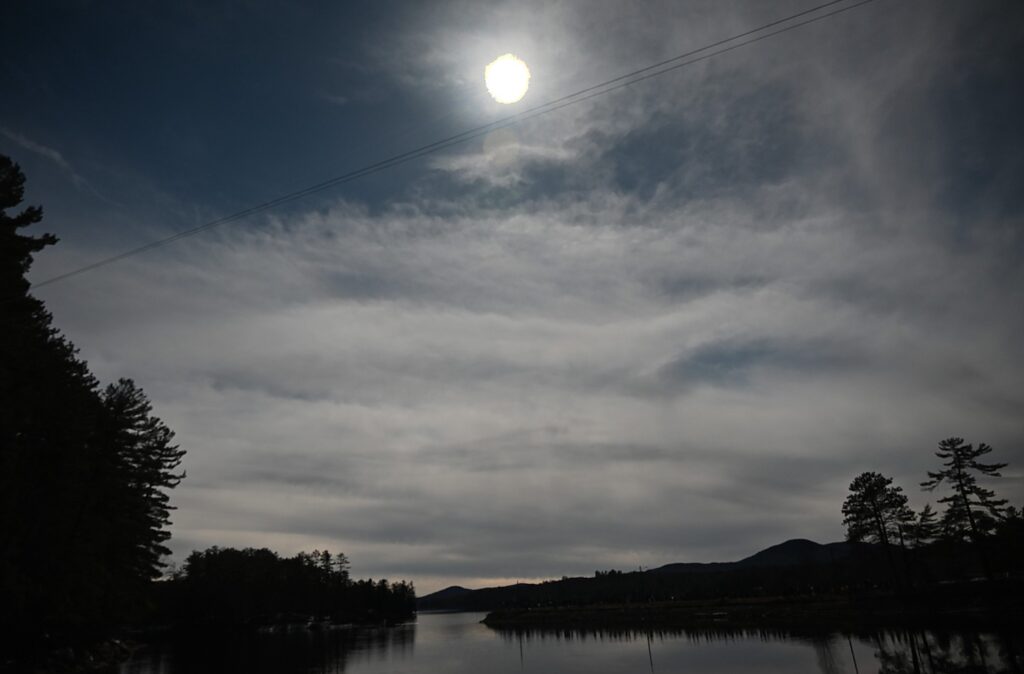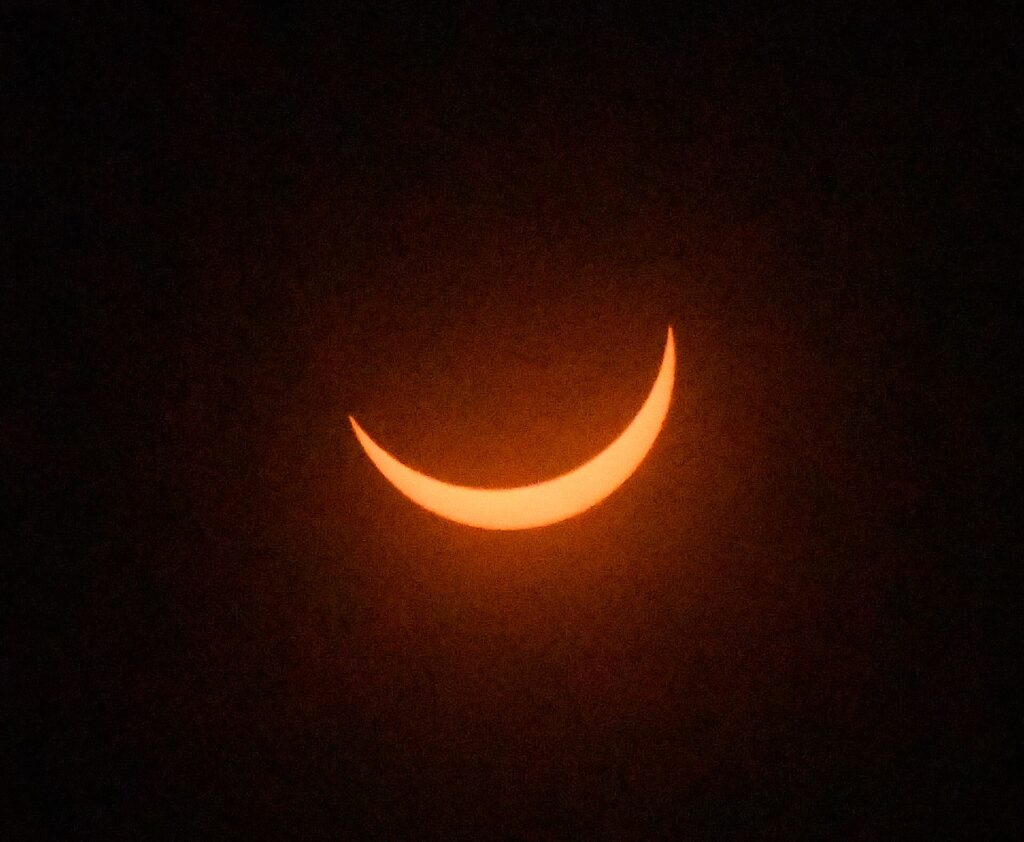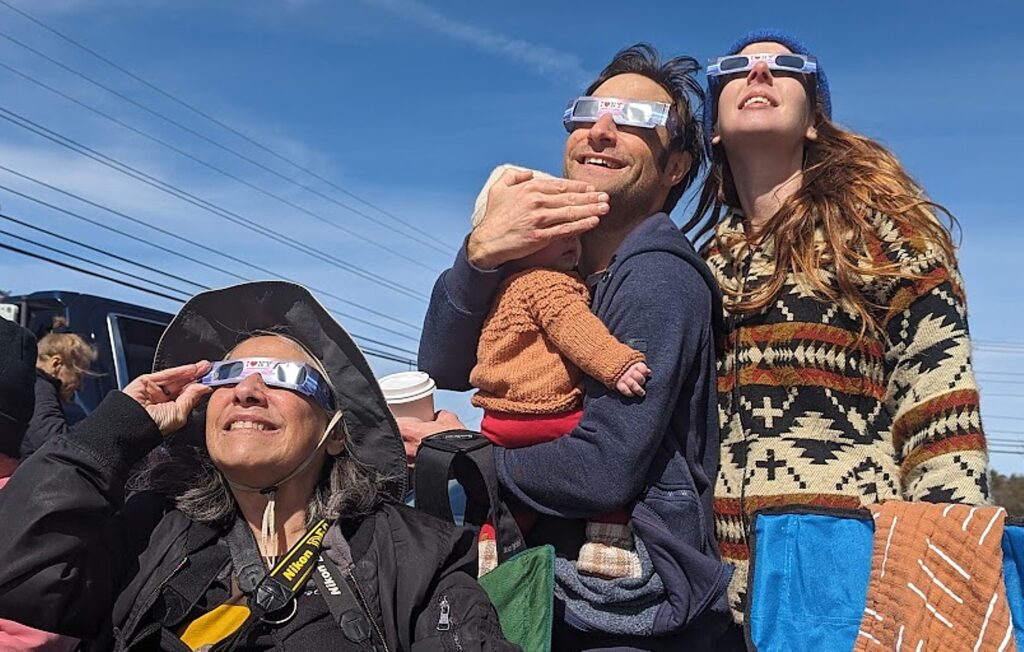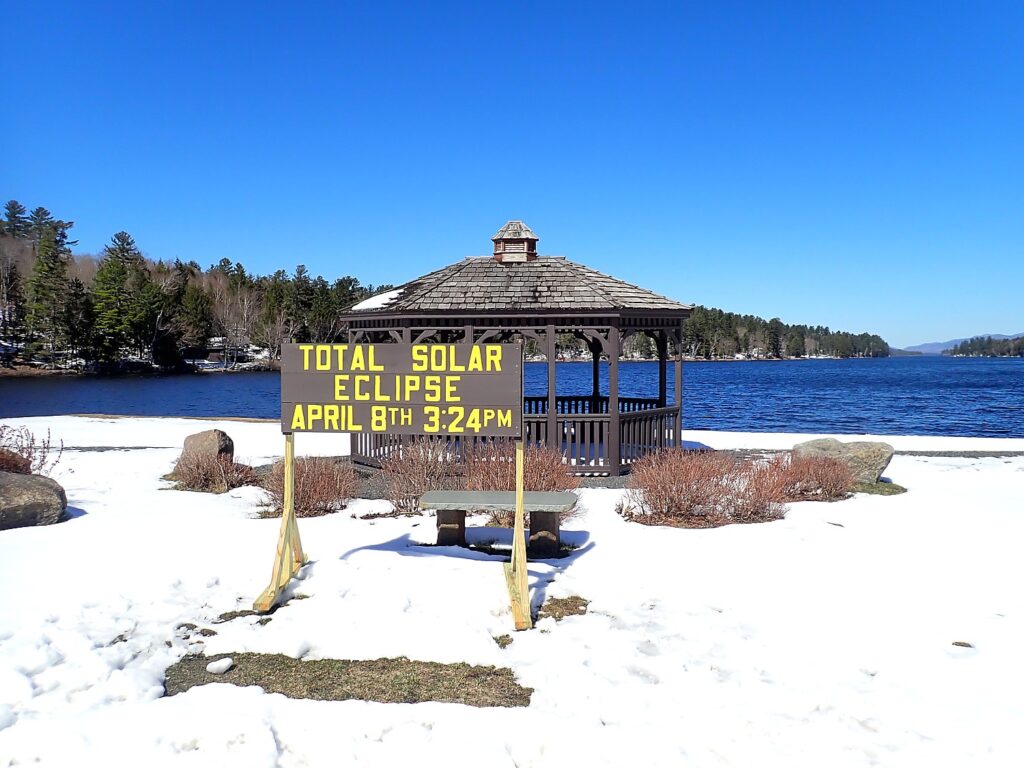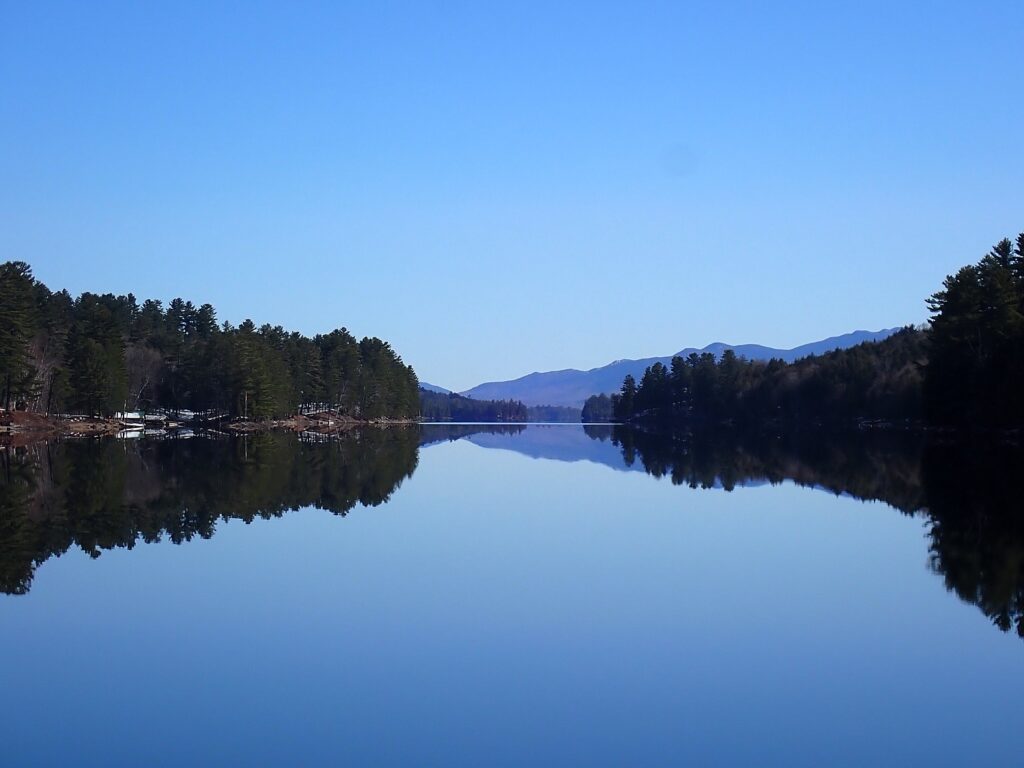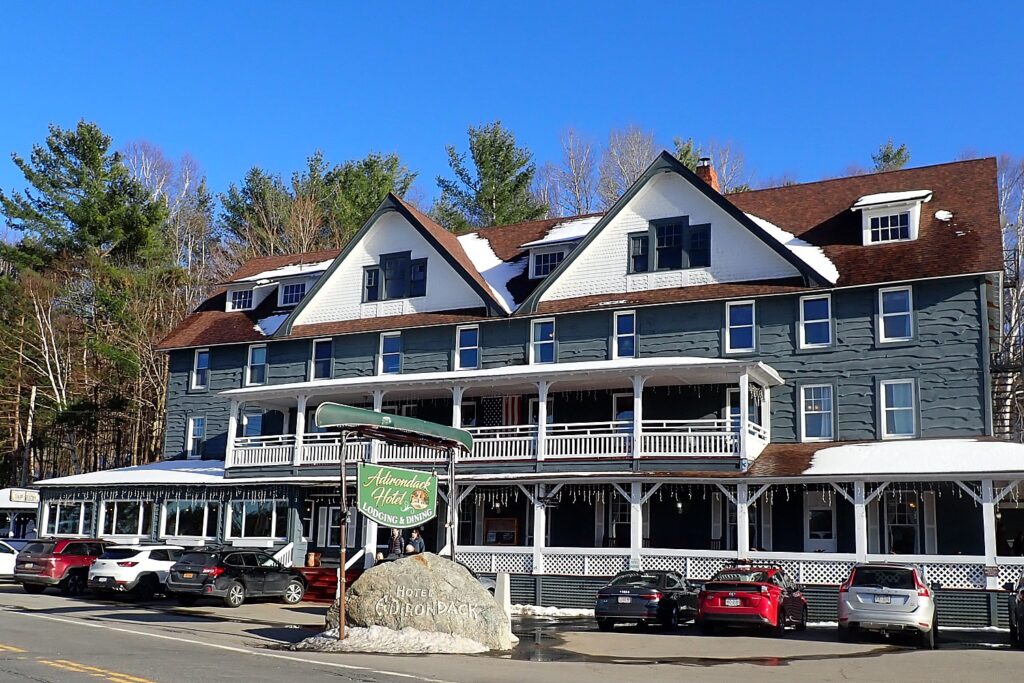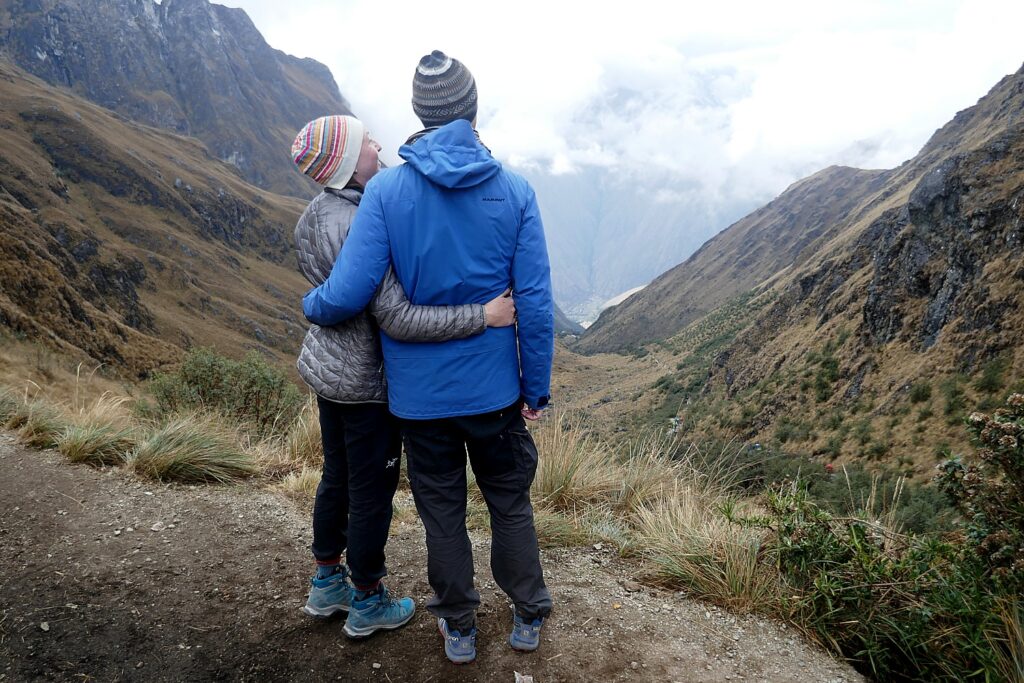
By Karen Rubin, Travel Features Syndicate, goingplacesfarandnear.com
Health and wellness, growing as part of everyday life, have become increasingly integrated into hospitality, travel and tourism behaviors. Wellness Tourism globally has grown to be worth $651 billion annually (out of a $5.6 trillion global wellness economy) and is forecasted to grow annually by an average of 16.6% through 2027.
We used to think of “wellness” mainly in terms of spa retreats, but health and wellness now is figures into everything from the motivation to travel and choices of destinations, accommodations, activities and experiences, even decisions about when to travel.
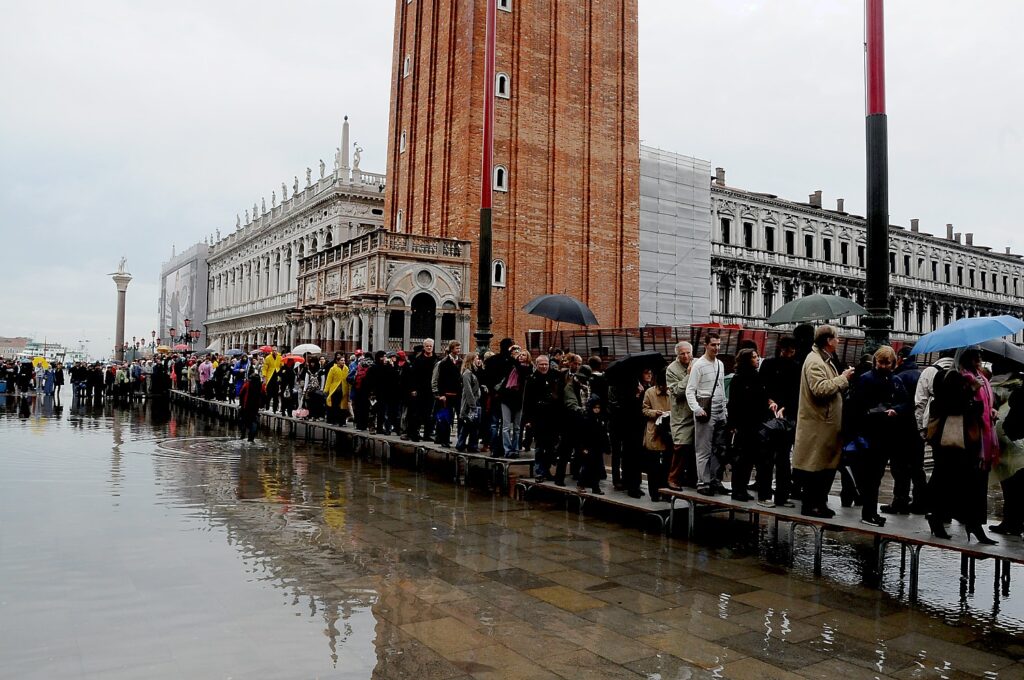
Take climate change, for instance. In light of record heat waves, wildfires, flooding, people are choosing their destinations and seasons to travel with more care. “Cool-cations” is one of the emerging new trends in travel – choosing places like Scotland and Quebec for summer holidays, trading cities for mountains, theme parks for dude ranches. There is also an awareness of the fragility of bucket-list destinations and sights like Venice (sinking), islands like the Galapagos and the Maldives (just a foot above sea level), the Great Barrier Reef (coral bleaching), the Dead Sea and the Great Salt Lake (evaporating), even the Statue of Liberty in New York harbor is on the endangered list.

Travelers are also seeking out opportunities to be active outdoors instead of passive sightseers – biking, kayaking, paddleboarding, pickleball, hiking – that are physical, engaging, but also incorporate inner peace. Pilgrimages which involve long walks to places that have spiritual meaning fit the bill of combining physical and emotional benefit, as do bike trips
The wellness motif also figures into a desire for responsible and sustainable travel, where the benefits are mutual for the traveler – providing mental, physical and emotional wellbeing – and the local regional and urban economies that sustain people in their communities and preserve heritage and conserve environment for future generations.
The Global Wellness Institute’s Tourism Initiative team reported on these emerging wellness travel trends.
Climate Adaptive Wellness
Travelers are adapting to climate change and so is the wellness industry along with city planners, Jane Kitchen, editor-at-large of Spa Business, reports.
The impacts are seen in architecture and design: instead of relying on air-conditioning which contributes to climate change, architects and designers are looking at new solutions as well as looking back at ancient ways to cool buildings. More rooftop and vertical gardens, more greenspace, new building materials, heat resilient design incorporated into buildings whether new tech or going back to 1000-year old building techniques – like were used in the Middle East before electricity and air conditioning.
Urban planners are becoming alarmed about the public health dangers of heat for residents as well as visitors who are beginning to shun popular cities like Paris and Athens (experiencing wildfires as we write this) in summer.

The city of Miami created a new position of Chief Heat Officer with Los Angeles, Melbourne, and Athens following suit. Cities are installing cooling stations (like Paris), cleaning up rivers so people can do wild swimming (like Paris which spent $1 billion to clean the Seine), planting more greenery, even using greenery on buildings (like Friedensreich Hundertwasser’s Green Citadel of Magdeburg, Germany, an apartment building and hotel that is literally a work of art and model for new urban design and liveability.
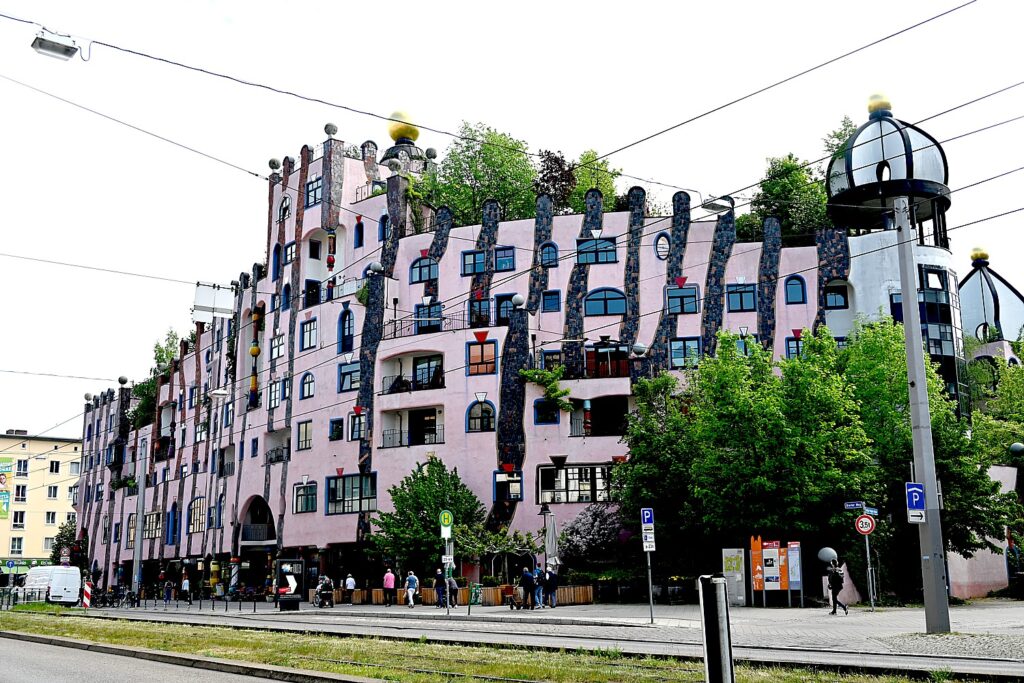
Smart tech will also be summoned to help solve the heat crisis – like “cooling clothes – initially for workers that need to work outside, but eventually, becoming mainstream for everyday and for travel. Among the new technologies: inks in fabrics that keep cooler in summer, warmer in winter; therma adaptive textiles; wearable patches that draw heat from body and clothing embedded with smart sensors if at risk of heat stress.
Spa and wellness travel is also adapting with new, fun programs such as nighttime wellness and spa treatments, night hikes and star gazing which have a wellness component but take place in evening when it is cooler; ice baths; and climate adaptive beauty and geo-skin care, based on where you are and the weather connections
Power of Pilgrimage

Journalist Eric Wilson found a “silver lining of the pandemic: people discovered the benefits of walking and walking enthusiasts discovered the benefits of exploring the ancient pilgrimage trails around the world. A record number of trekkers sought out hikes infused with cultural heritage across Asia, Europe, and the Americas (my four-day Inca Trail Trek fits neatly into that trend). A record 500,000 completed the Santiago Pilgrimage Trail in Spain – most who chose the experience not so much in pursuit of faith but for physical and spiritual wellness.
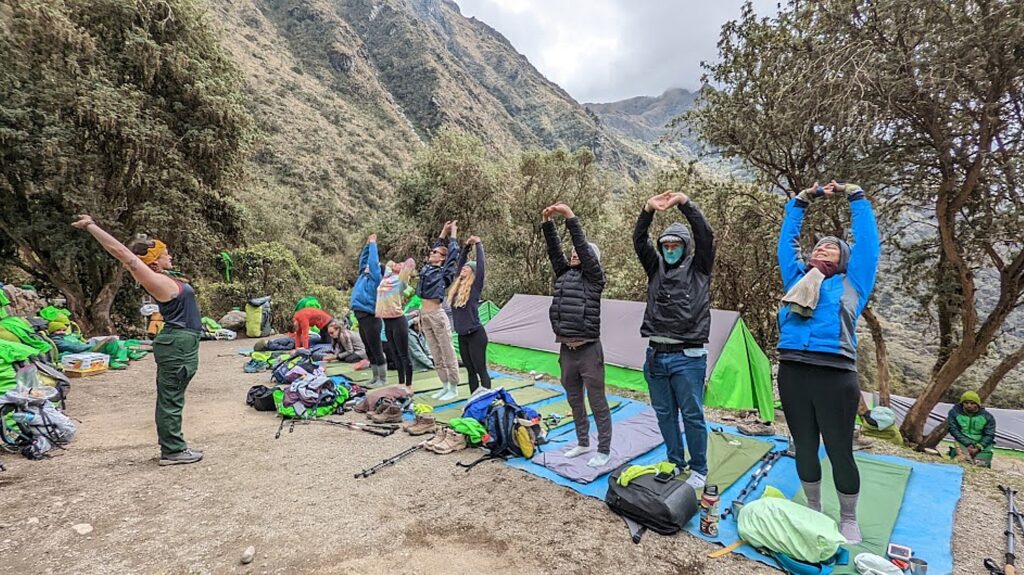
The trend has impacted a rejuvenation of trails globally to accommodate scores of new, modern pilgrims in “buzzy new destinations” like Sri Lanka, Bhutan, India, Italy and Japan. Governments, interested in promoting holistic tourism, have invested in extensive restorations of these trails – Bhutan opened a 250-mile Trans Bhutan Trail. Walk Japan reported such a surge in demand, there were not enough roadside inns or monks quarters to accommodate the travelers. Wukalina Walk, a multi-award winning Indigenous/Palawa-owned tourism experience, is led by Aboriginal guides who provide a rare window into Tasmania/lutruwita’s aboriginal culture (discoveraboriginalexperiences.com).
Savvy resorts are responding to the rising interest by incorporating a profound version of slow travel movement, linking to ancient pilgrimage trails and offering wellness programs including meditation.
“Pilgrimage is metaphor for the path to enlightenment, the slowest most meditative form of travel, where you experience unexpected encounters with strangers, gain a deeper perspective of place, where question our place in the world.” (I must confess these thoughts came to me on my Inca Trail trek.)

Surging popularity, availability of bike tours: For much the same reason as pilgrimage and walking trips, biking tours are another “slow form” of self-propelled travel experiencing explosive growth in interest and availability. Bike tours similarly evoke physical, emotional, spiritual and social benefits, as well as a direct connection to engage directly with local people and the environment, albeit at a slightly faster pace. And e-bikes now extend a cyclists’ longevity in the saddle,and take away anxiety over being able to handle the hills or the miles. Among the operators offering guided and self-guided itineraries on rail trails around the country and the world (where you are most likely to achieve that level of serenity and inner dialogue because you are not worrying about car traffic): Discovery Bicycle Tours (discoverybicycletours.com); Wilderness Voyageurs (Wilderness-Voyageurs.com); Backroads (backroads.com); VBT Bicycling Vacations (vbt.com) and Boat Bike Tours (boatbiketours.com). Also see Rails to Trails Conservancy (railstotrails.org) and the Adventure Cycling Association (adventurecycling.org).
Wellness holidays with kids are about enrichment
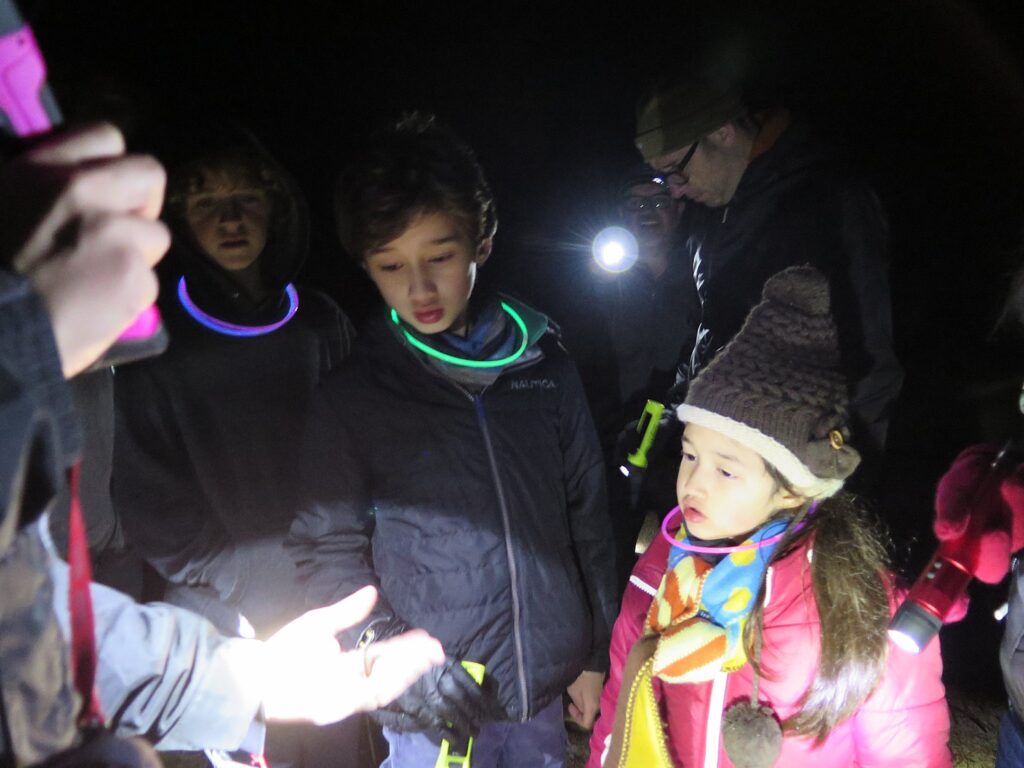
Families increasingly value travel experiences that support their child’s wellbeing by expanding their education, personal development and worldview. These trips go beyond the traditional family vacation aimed at entertainment or vegging out on a beach and focus instead on immersive experiences that combine fun with learning. Examples include creative and hands-on workshops that focus on local traditions and foods, learning about local biodiversity and marine life conservation as well as personal growth elements that expose children to unexpected situations, teaching them to adapt to new environments and overcome challenges. Gleneagles Hotel in Scotland offers outdoor nature led activities for children while newcomer, Jayasom’s Family Wellness offers family counseling, enrichment activities, virtual reality and outdoor wellbeing excursions including a large hydrotherapy space that families can enter together. Austria’s Reiters Finest Family hosts sustainable family wellness holidays in Bad Tatzmannsdorf, a resort featuring 125 hectares of outdoor space, 400 animals for farm adventures as well as thermal waters, and a health and longevity center that families can enjoy together.
Sports is playing a bigger role in hospitality

Sports related travel accounted for 66 million room stays and generated $49 billion in 2021, reported Patricia Ladis of WiseBody Physical Therapy. Enthusiasts are traveling to where they can train or improve their skills, engage in the sport (golf, tennis have long been popular but now mountain biking, cycling, rock climbing, pickleball are among the sports that are motivating travel) as well as to participate or spectate in competitions and tournaments as grand as the Olympics but as basic as a child’s hockey tourney.
People are not only traveling to engage or train in a sport, but for rehabilitation treatments and therapies. SIRO Hotels is one of first luxury hotels to be designed around health, wellness, and recovery. Its new SIRO One Za’abeel Hotel in Dubai delivers a complete experience under one roof, with rooms designed to combat jet lag, 2,000 sq m of fitness and recovery facilities with cutting-edge treatments, personalized nutritional guidance, diverse training options. Dedicated health resorts like Chenot Weggis Palace in Switzerland offer wellness travelers the opportunity to spend a week recharging with the top technologies on hand to future proof your health and wellbeing.
In Search of Calm
Mental wellness as a travel trend has been gaining significant traction over the past few years, reflecting a broader societal shift towards valuing mental health and self-care. Wellness retreats integrate yoga, breath work, meditation. What is new are the more intensive therapy retreats. For example, equine therapy (with horses) is offered at Gwinganna Lifestyle Retreat in Australia and NIHI Sumba in Indonesia, Re-wilding retreats that immerse into natural settings to support mental wellbeing are popular across the globe: properties like The Dreaming, in the heart of Wales and AroHa in New Zealand.
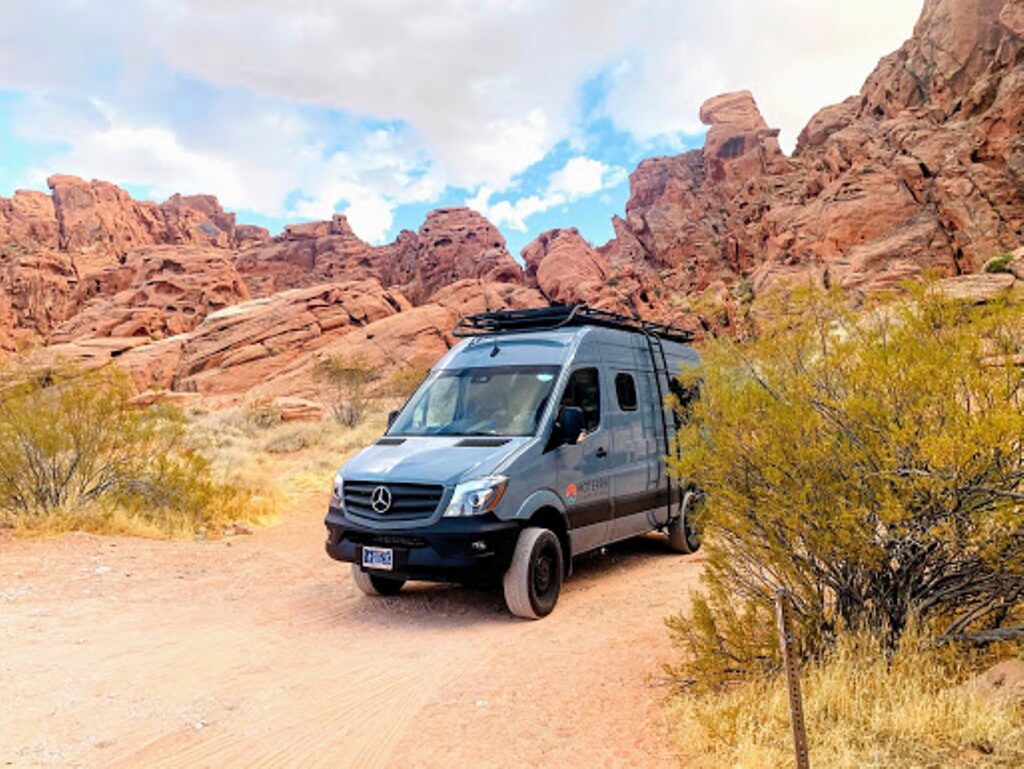
This interest in seeking out the wild – getting off the beaten track – to find calm and mental wellbeing is facilitated by the rising availability of luxury campervans, equipped with water, solar-powered batteries, that enable wild camping with maximum calm and minimum stress. Among the companies: Moterra Campervans (gomoterra.com), Blacksford RV (blacksford.com), and Roadsurfer (roadsurfer.com)
Diagnostic Boom as Wellness Travelers Look to Prevention, Longevity
Living longer is one goal of health-and-wellness travelers, but so is living well. There is recognition that quality of life is as important as quantity. Wellness travelers are now seeking out tailored and proactive health approaches, prompting many health and wellness operators to enhance their offerings with comprehensive diagnostic assessments alongside traditional wellness activities. At Canyon Ranch in Tucson, Arizona, you can undergo thorough health evaluations encompassing genetic testing, preventive diagnostics, body composition analysis, and metabolic assessments. The new Longevity Spa at Hotel, Portrait Milano, provides cutting-edge diagnostics like DNA testing and Longevity Molecular Profile, complemented by Integrative Wellness solutions and nutrition plans. KĒPOS by Goco at Daios Cove in Crete, Greece, features diagnostic services such as Metabolic Biometrics and Epigenetics testing alongside wellness programs and spa offerings.
“These offerings empower individuals to gain profound insights into their health status and make informed lifestyle choices while indulging in the rejuvenating benefits of travel. As travelers increasingly prioritize preventive healthcare and holistic well-being, the diagnostic booms in wellness travel are set to continue to reshape the tourism industry by seamlessly blending medical expertise with luxury hospitality,” GWI’s Wellness Tourism Initiative Trends for 2024 notes.
Art and Wellness: A Perfect Pairing
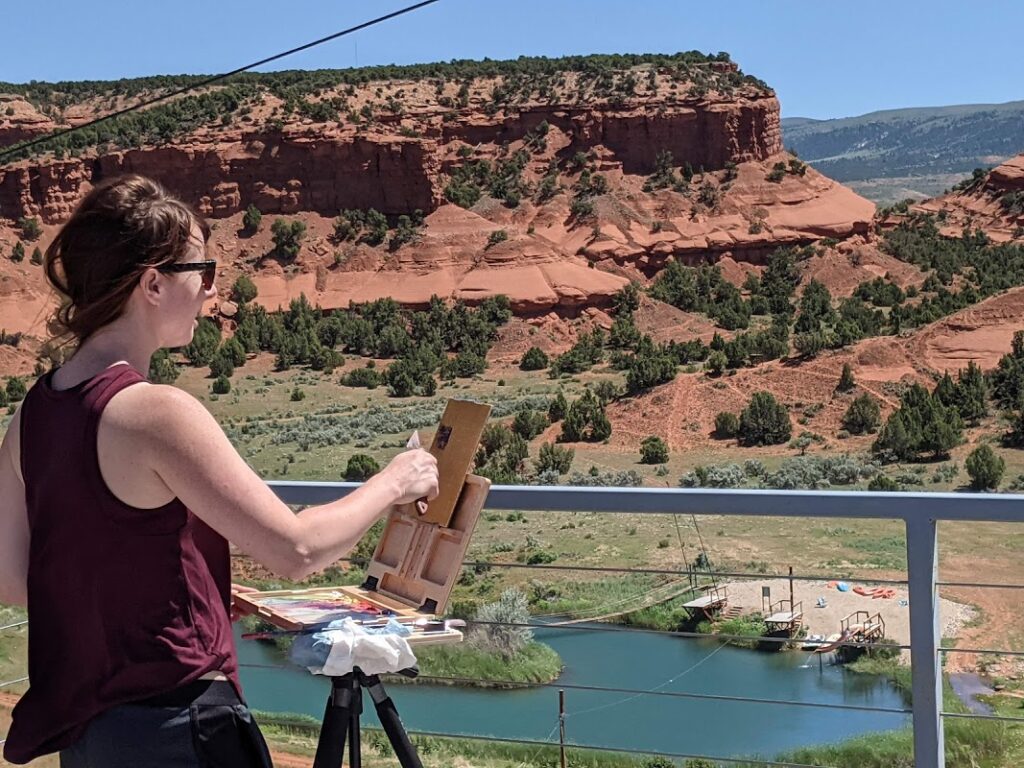
An emerging trend integrating art and wellness signifies a harmonious fusion of creative expression and holistic well-being, and is resulting in immersive art-centric activities, therapies and experiences that nourish both the body and the soul. Wellness hospitality operators like Como Shambhala Estate in Bali and Miraval in Arizona along with many small artisans and practitioners globally are hosting wellness retreats that blend yoga and meditation with artistic workshops encouraging guests to explore their inner creativity as a pathway to self-discovery and relaxation, inspiration and rejuvenation.
Seeking Out Cultural Traditions and Healing
Indigenous healing has gained prominence as part of the broader trend towards holistic wellness and the search for authentic, transformative experiences. These experiences draw on the wisdom and practices of indigenous cultures around the world, offering healing techniques that have been passed down through generations. The interest in and drive behind these retreats are linked to an acknowledgement of the benefits of indigenous healing practices, a holistic approach and reconnection with the land.
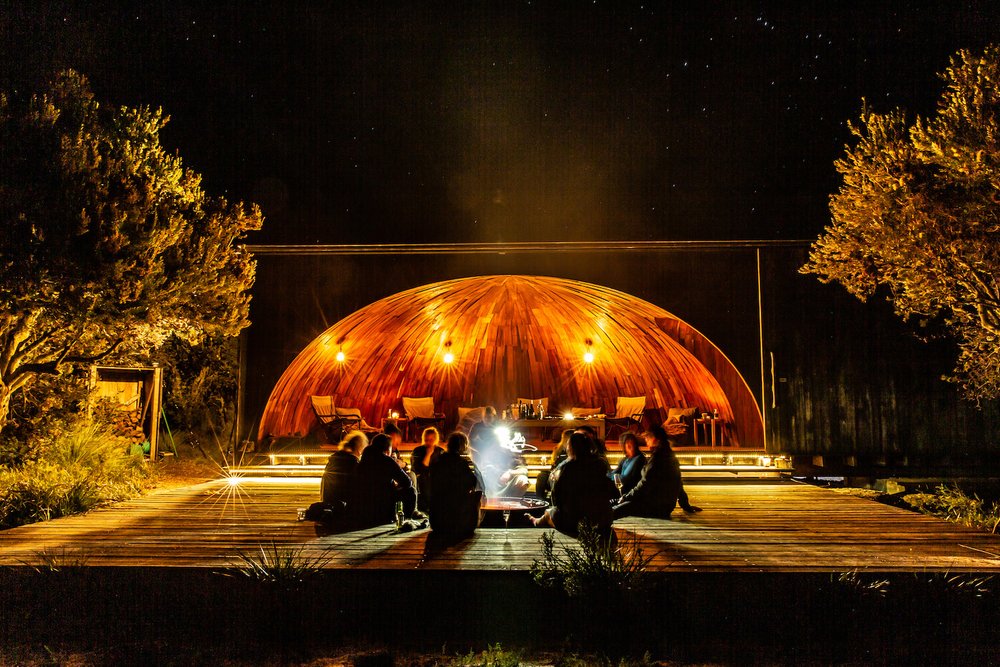
At Wai Ariki Hot Springs, in Rotorua New Zealand you can discover the ancient healing methods of these indigenous cultures, from the deeply cultural touch of mirri mirri or romi romi massage to the revitalizing power of blessed stones and herbal remedies – each experience incorporates local healers and wellness practitioners, herbal medicine practice and ceremonies that honor the community and the land. Asian traditional therapies and medicine are growing in popularity for the wellness traveler around the globe. Traditional Thai, Chinese & Ayurvedic Medicinal offerings encompass rich diagnostic protocols, herbal formulas, and treatment techniques as part of the guest experience.
Quest for a Good Night’s Sleep
Sleep tourism is emerging as a trend catering to the growing recognition of the importance of quality sleep for overall health and well-being; travelers are seeking out diagnosis, prescriptions and coaching to improve their sleep. RAKxa Integrative wellness retreat in Thailand, offers a Thai Deep Sleep & Skin Radiant Therapy, which focuses on enhancing sleep quality, integrating traditional Thai Medicine and CBD oils. At the Longevity Hub By Clinique La Prairie in Bangkok visitors are offered Hyperbaric Oxygen Therapy.
More information at globalwellnessinstitute.org.
_______________________
© 2024 Travel Features Syndicate, a division of Workstyles, Inc. All rights reserved. Visit goingplacesfarandnear.com and travelwritersmagazine.com/TravelFeaturesSyndicate/. Blogging at goingplacesnearandfar.wordpress.com and moralcompasstravel.info. Visit instagram.com/going_places_far_and_near and instagram.com/bigbackpacktraveler/ Send comments or questions to FamTravLtr@aol.com. Tweet @TravelFeatures. ‘Like’ us at facebook.com/NewsPhotoFeatures
